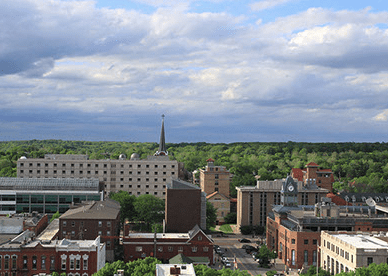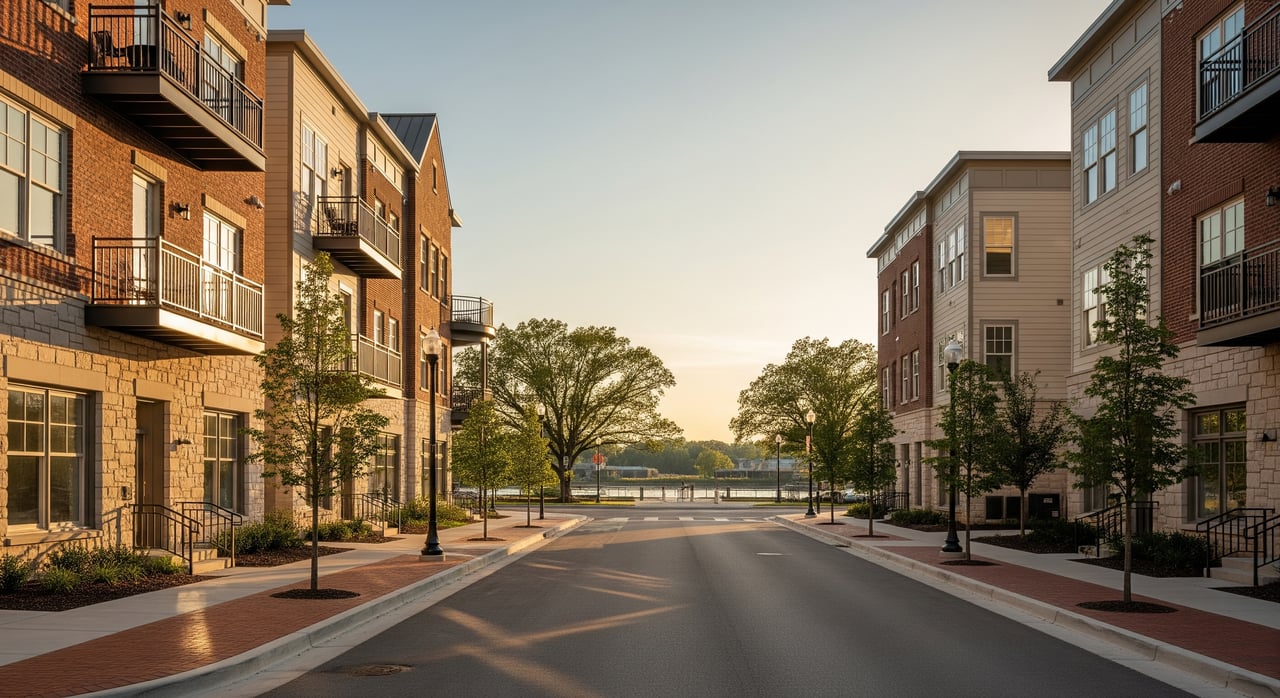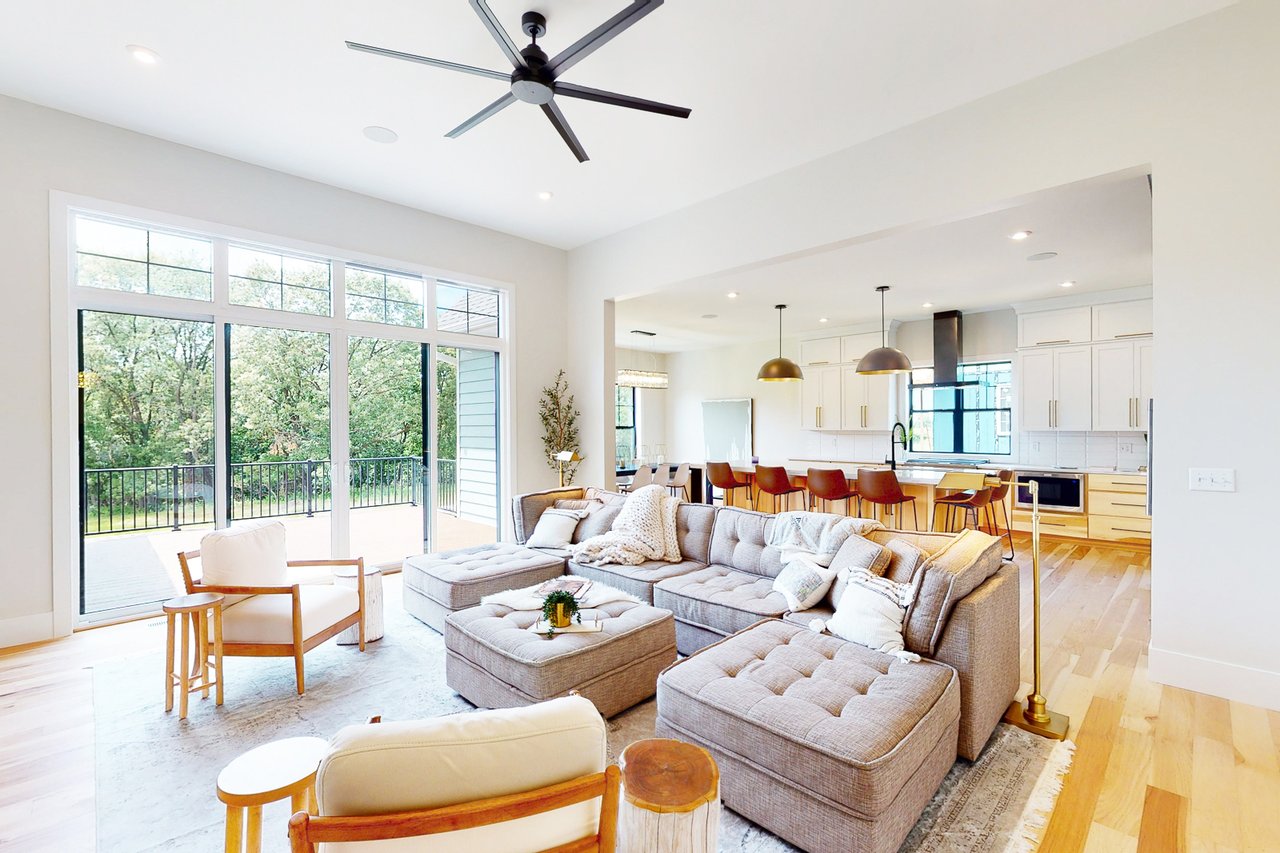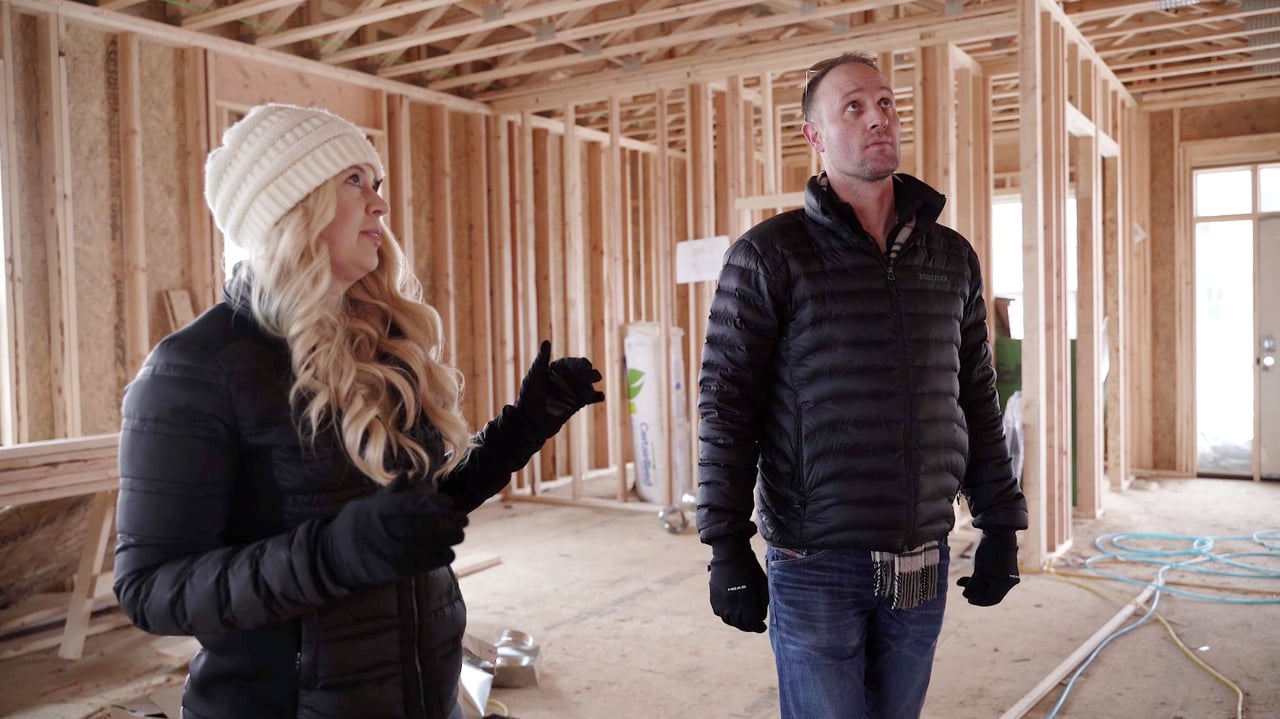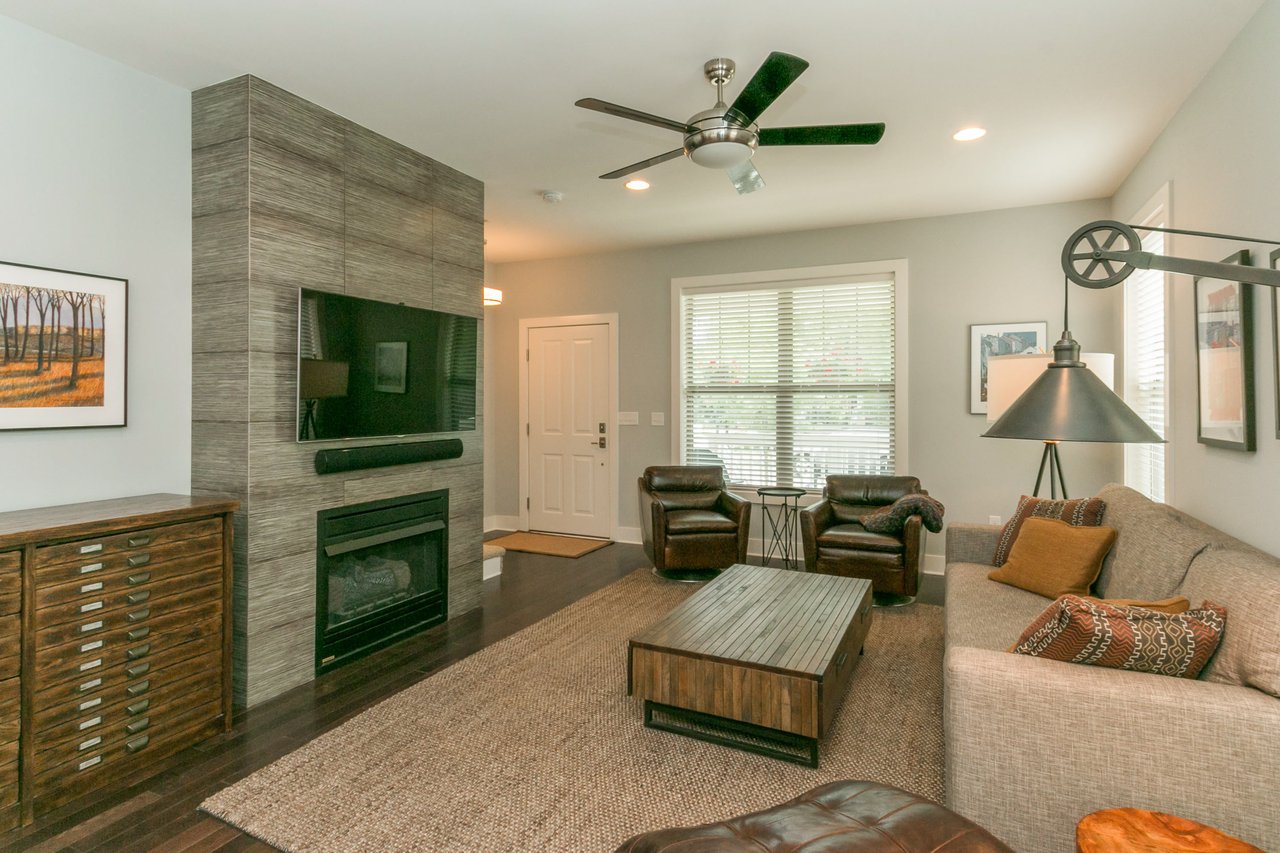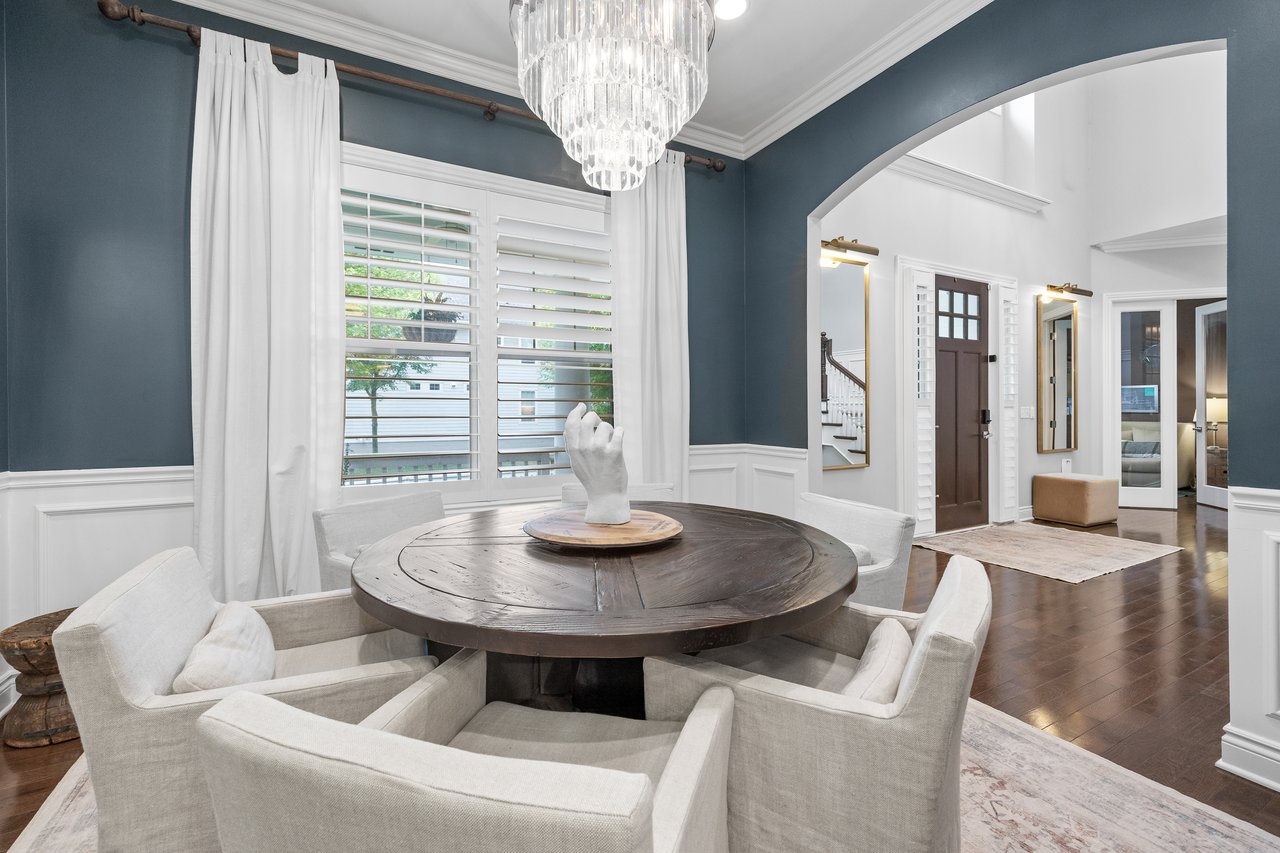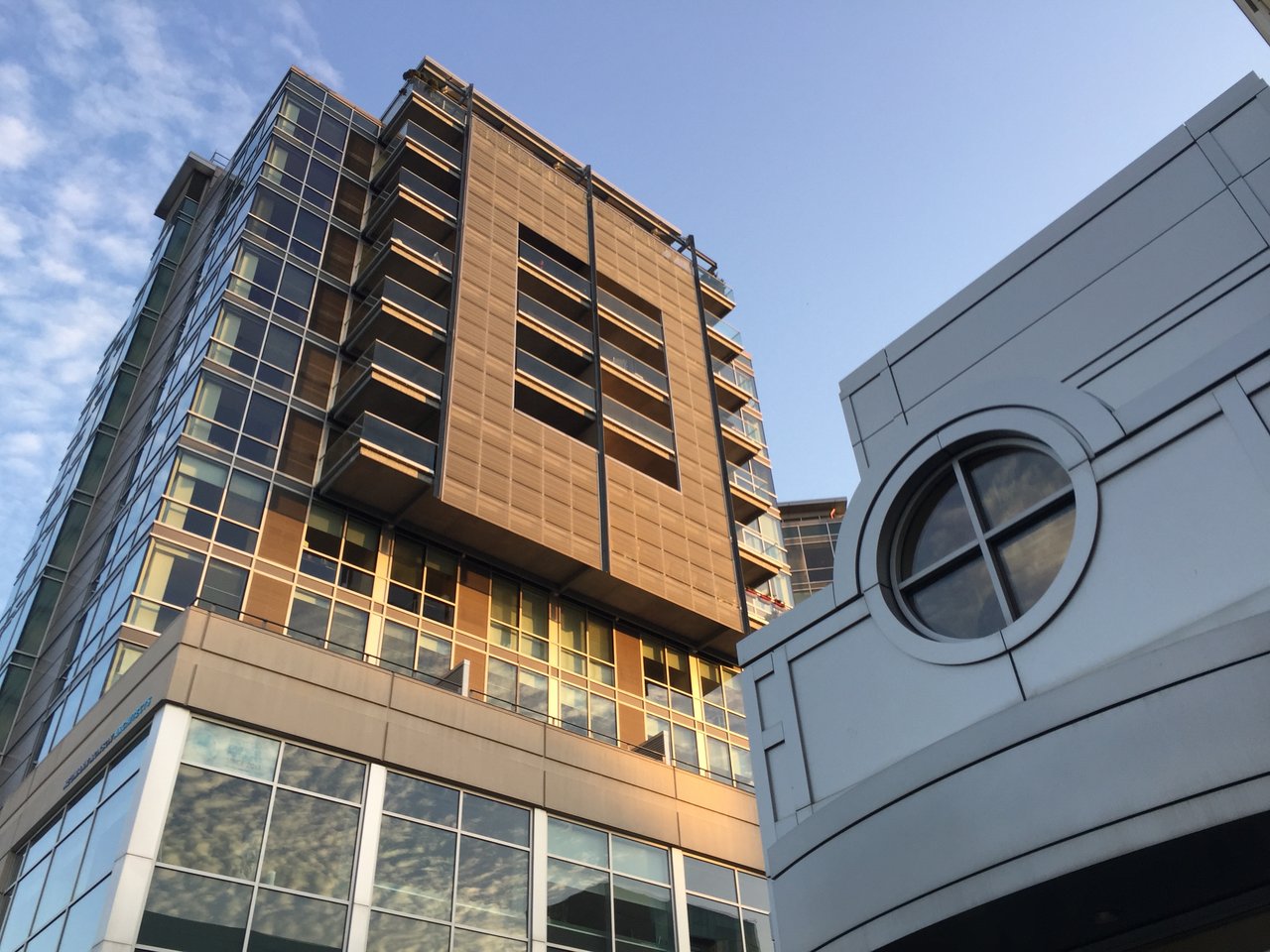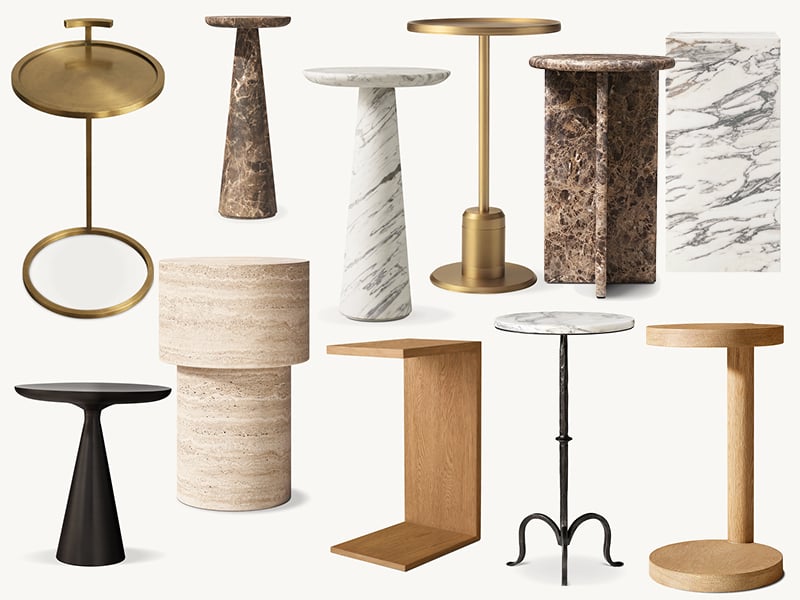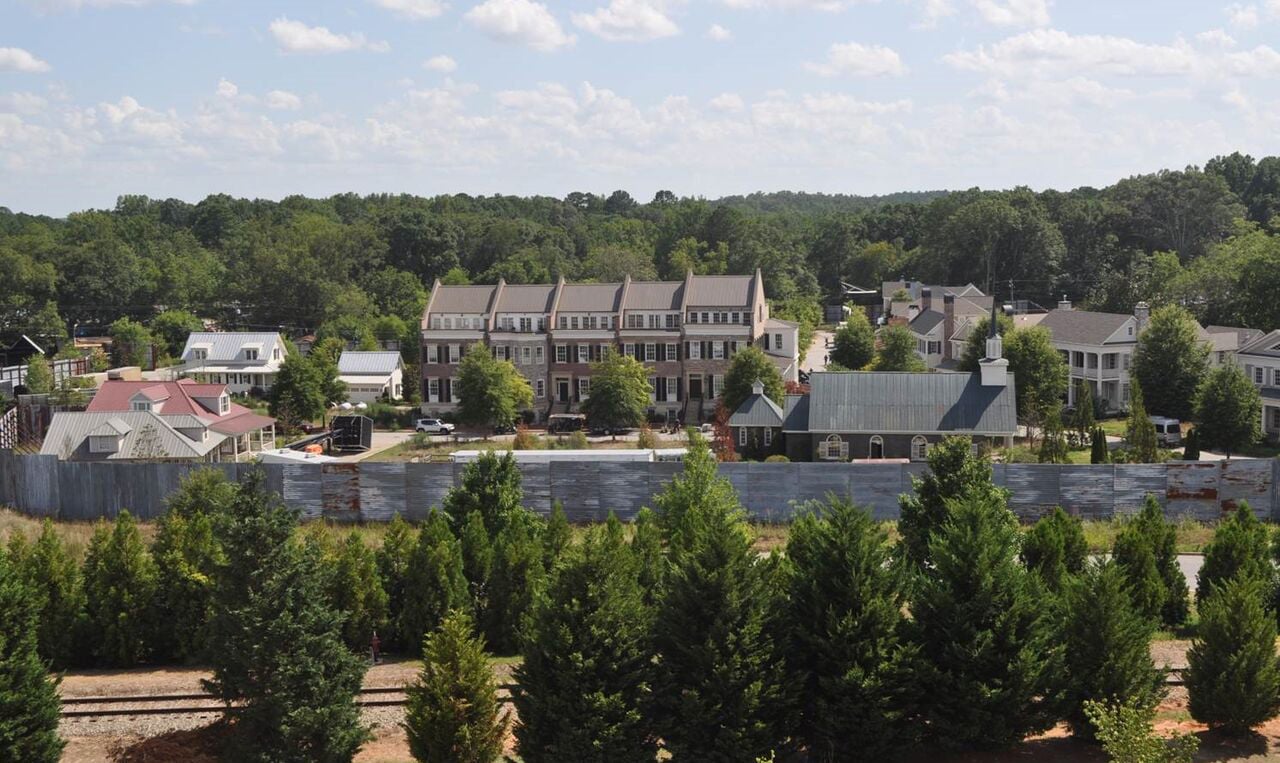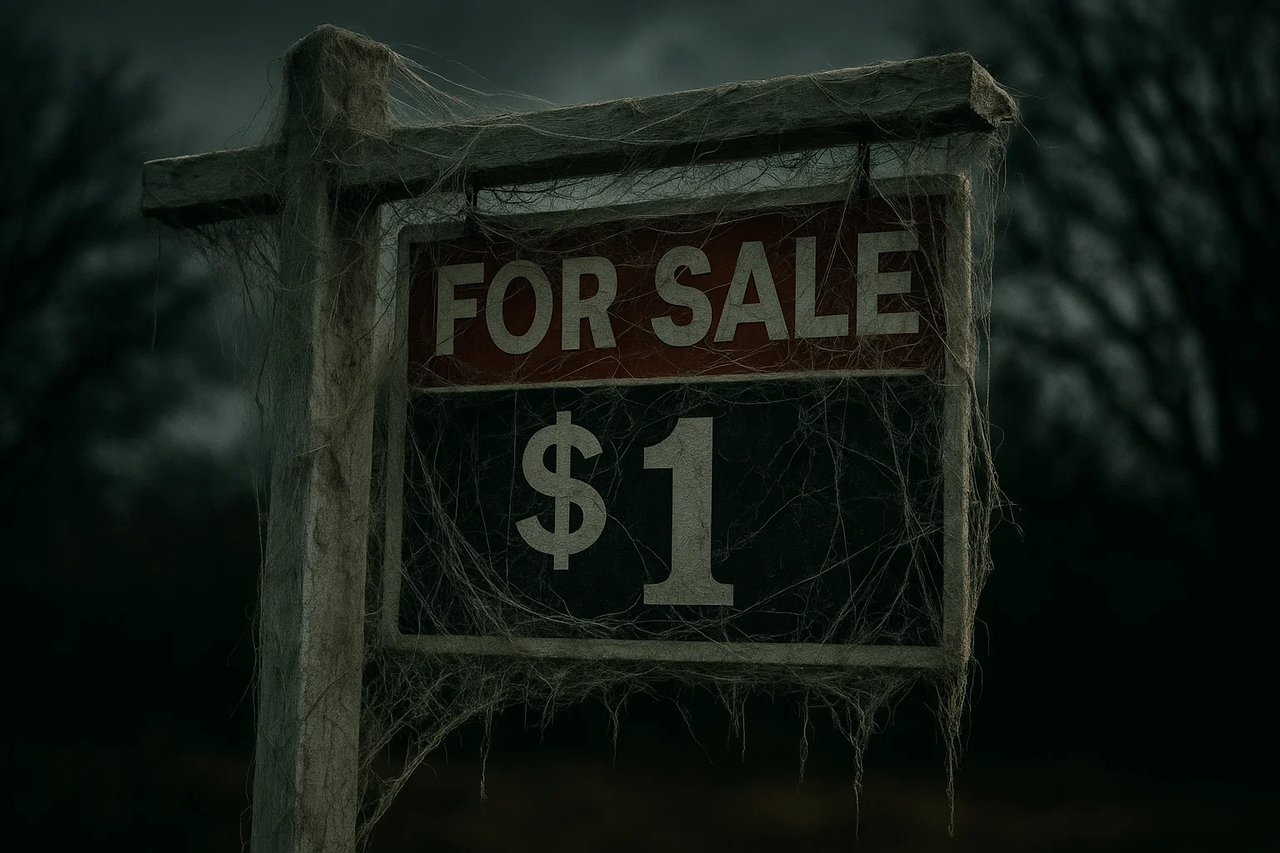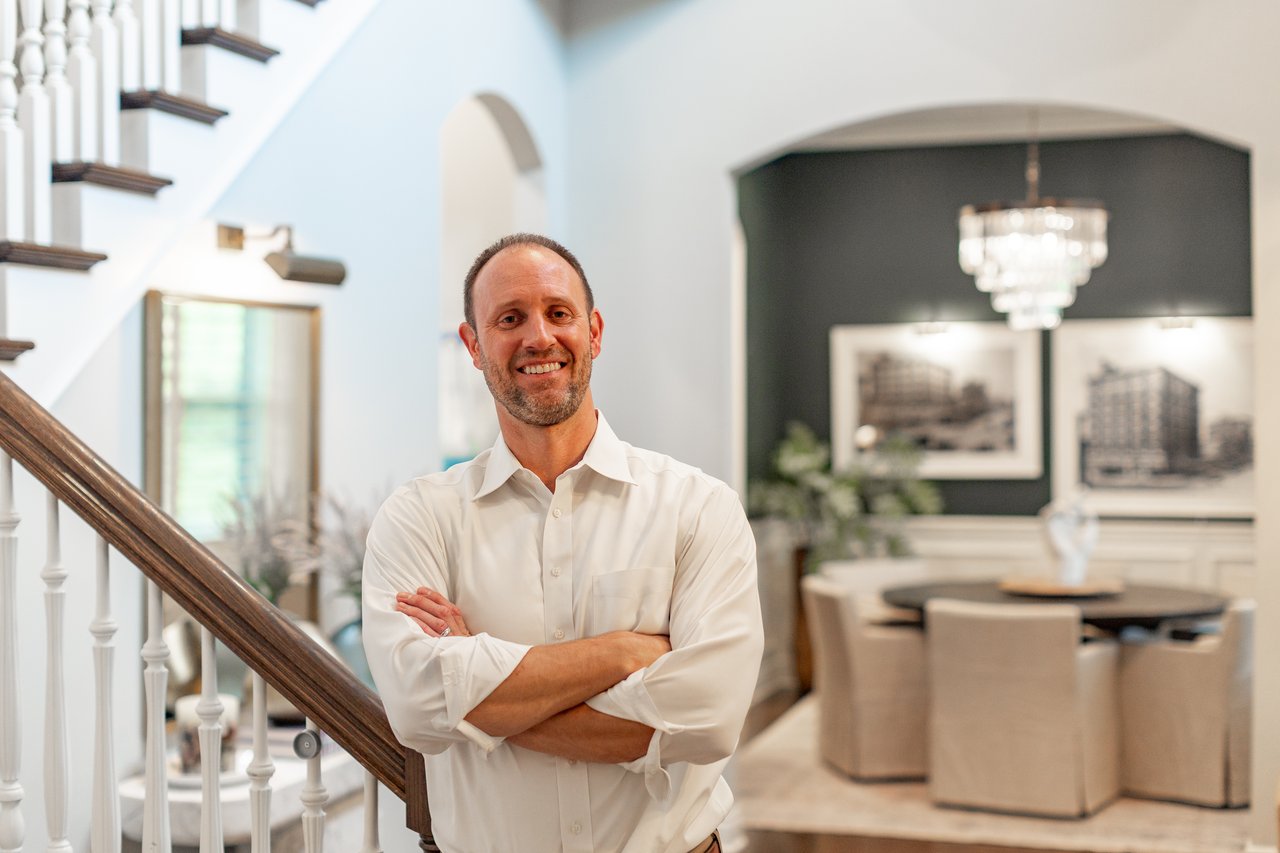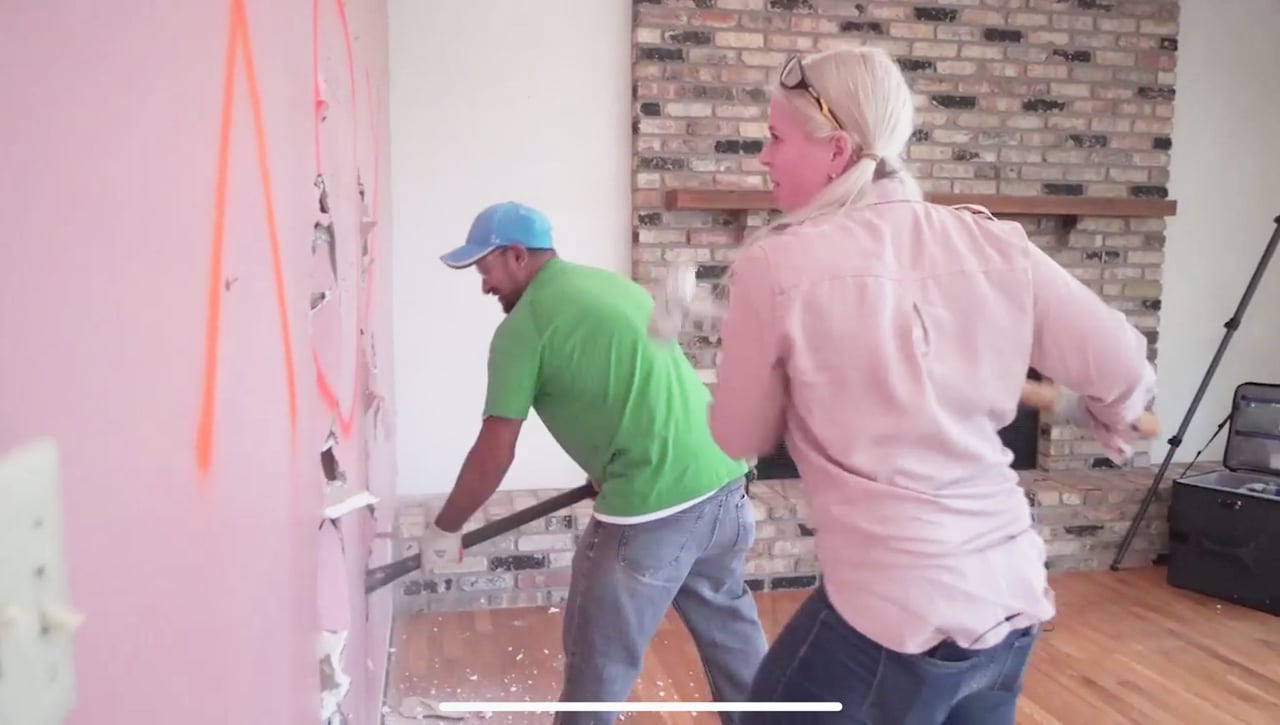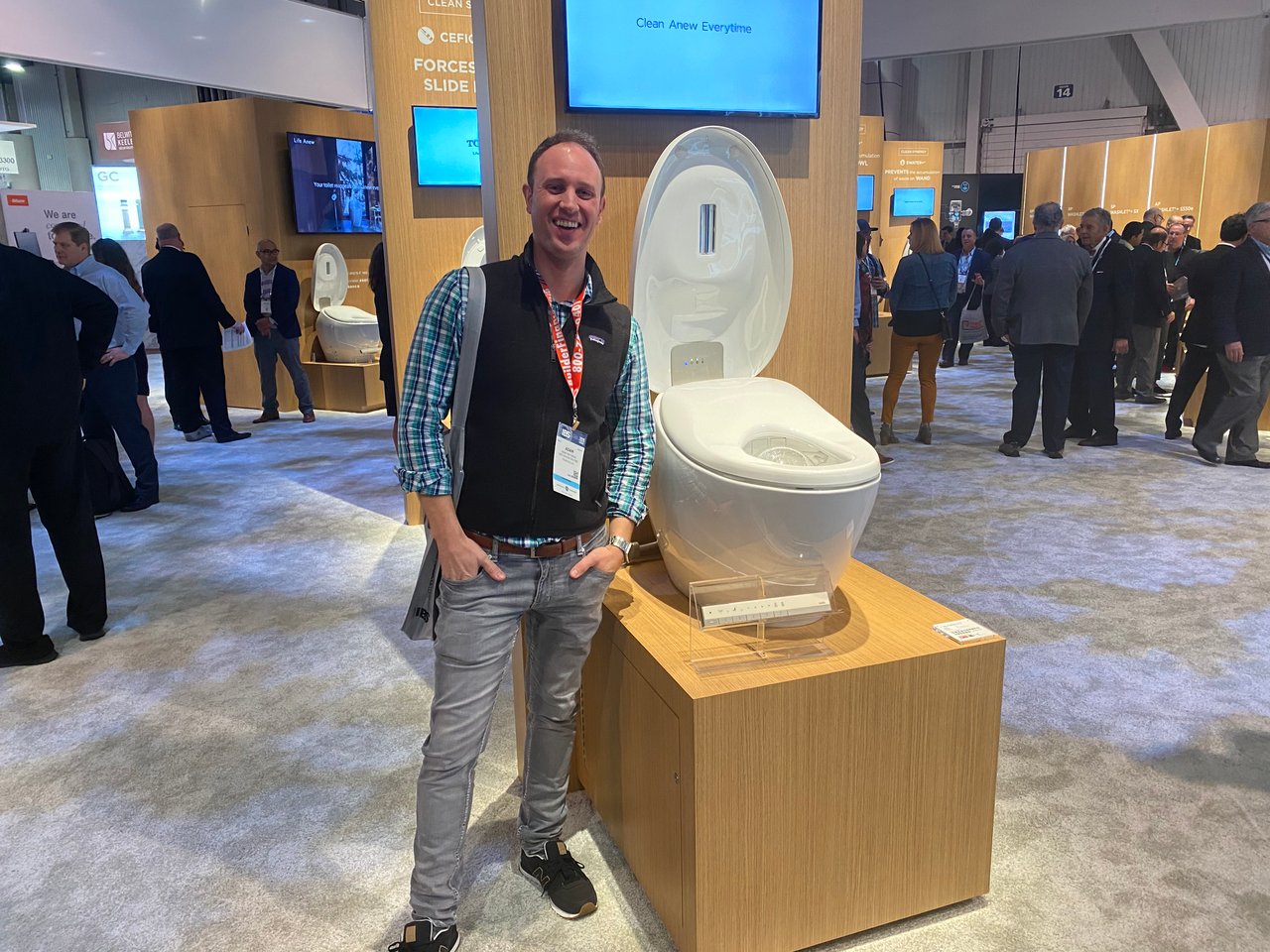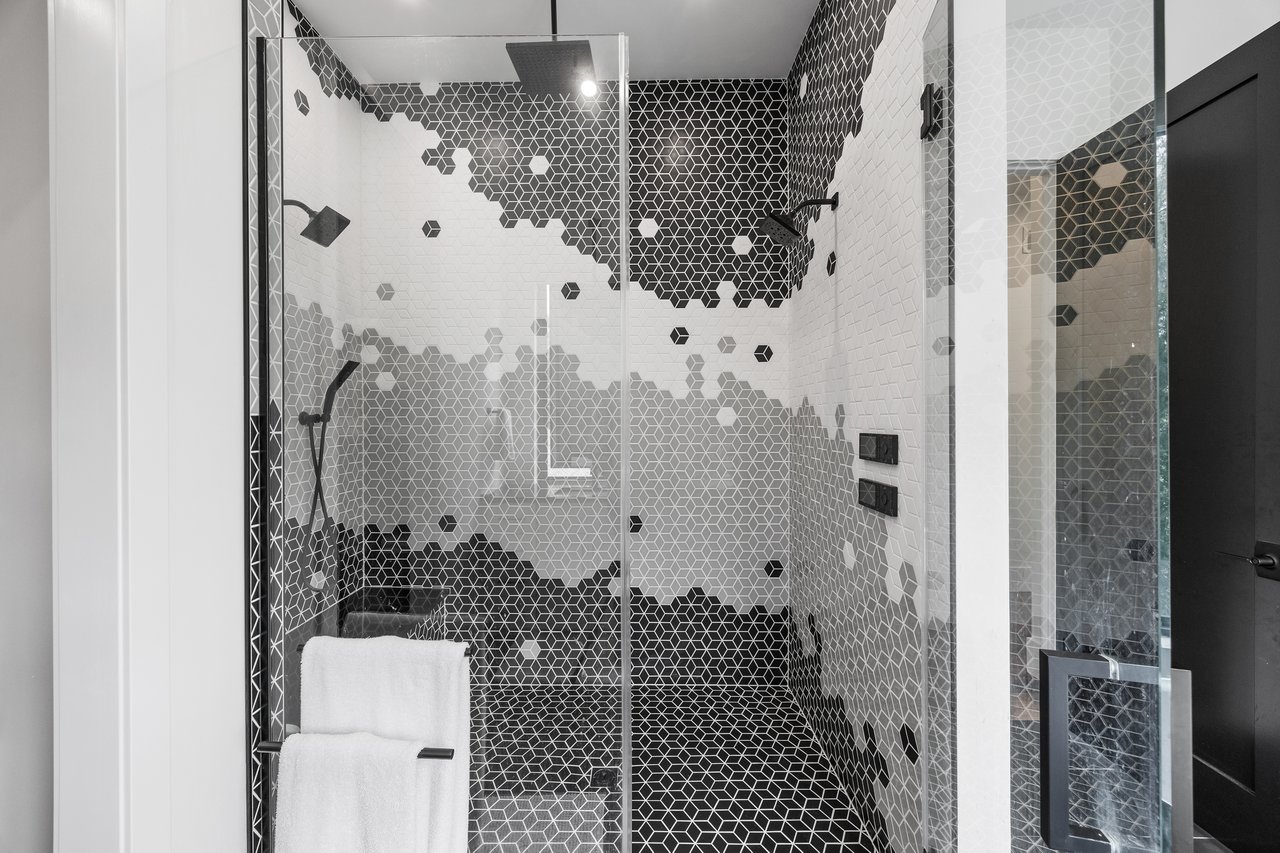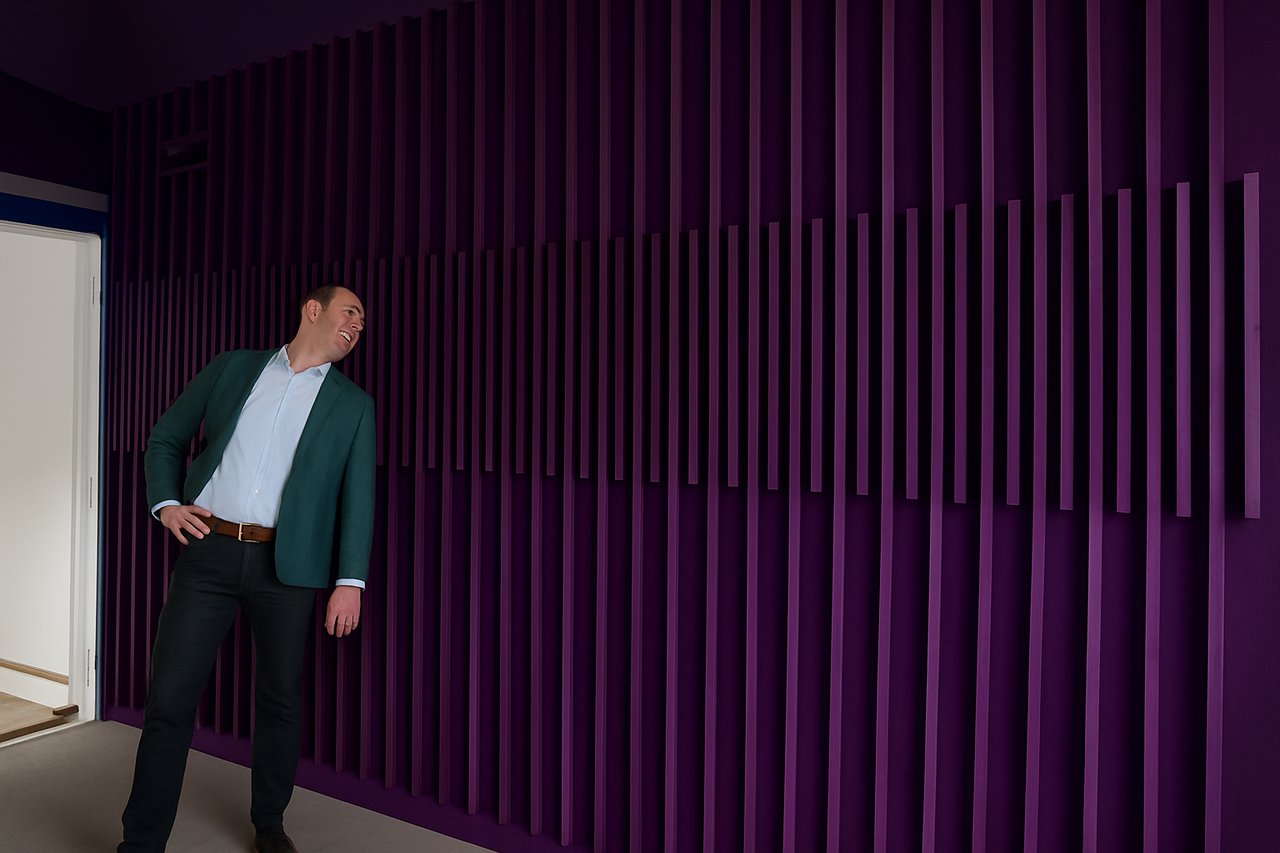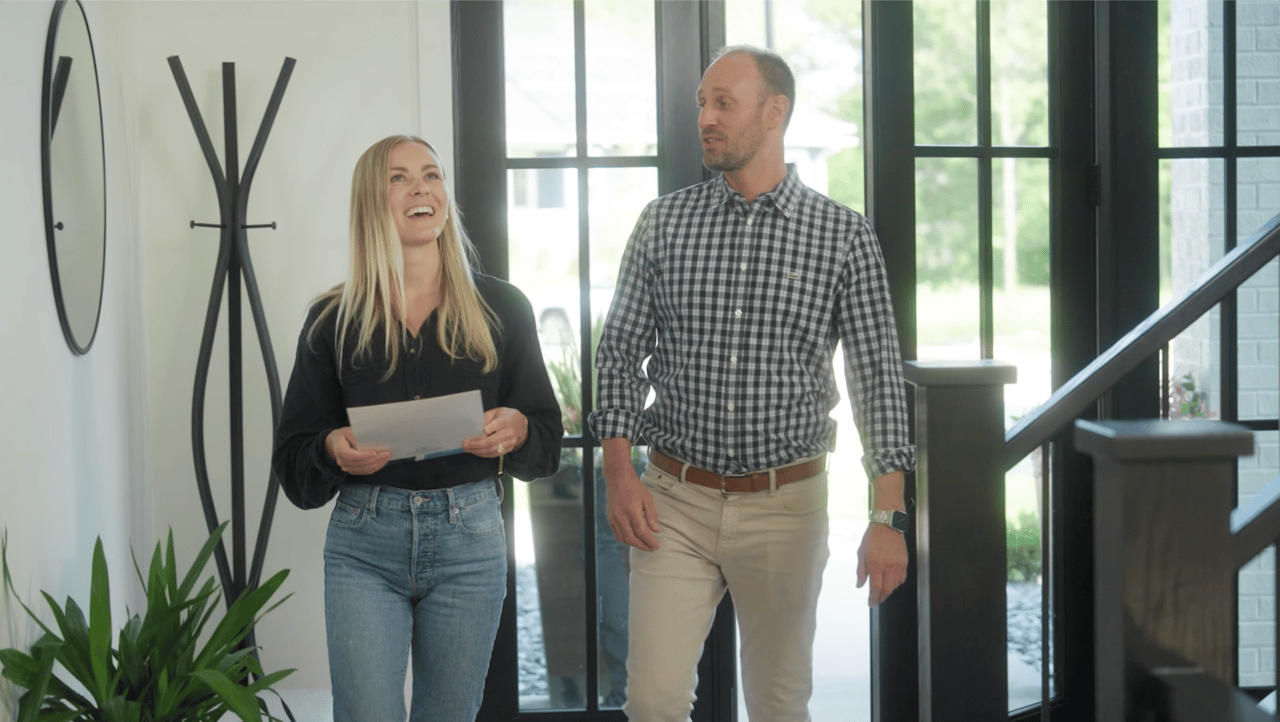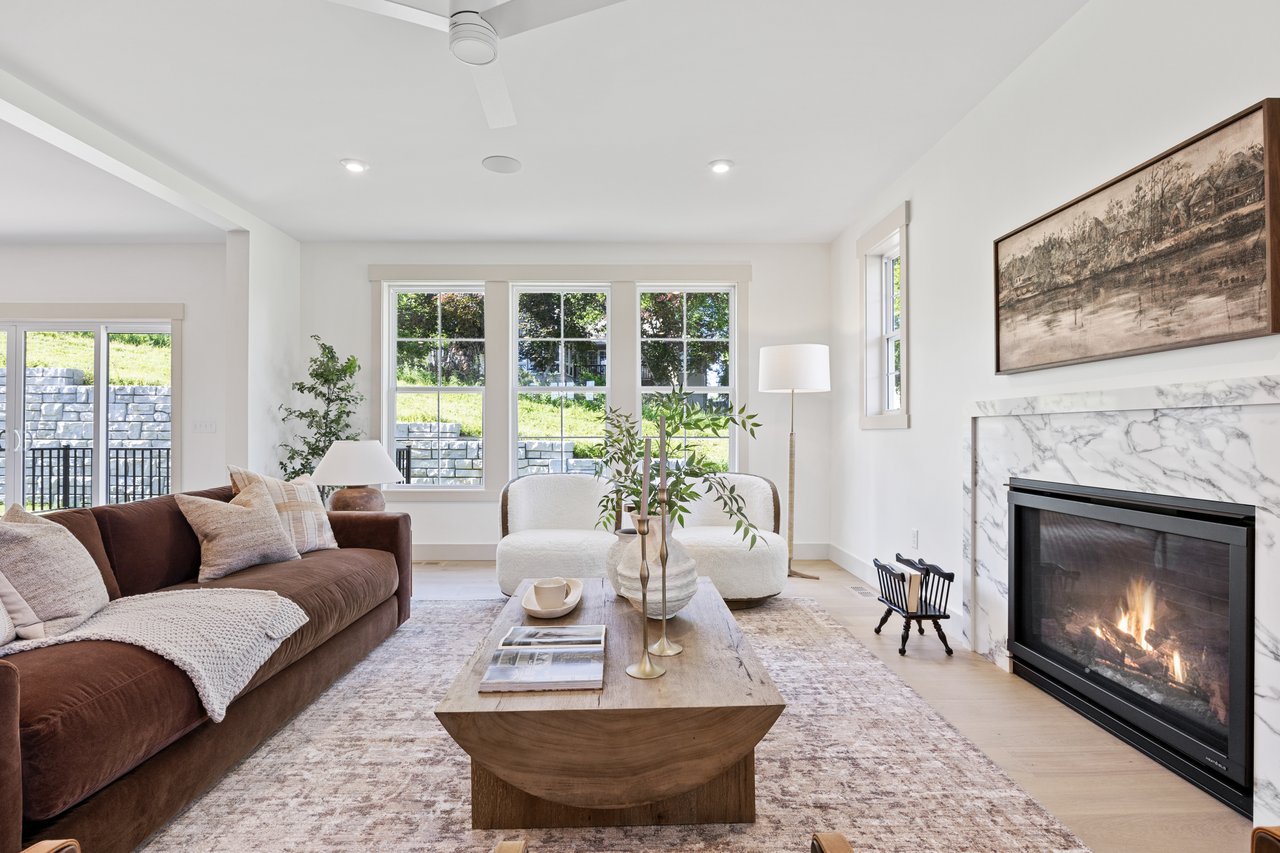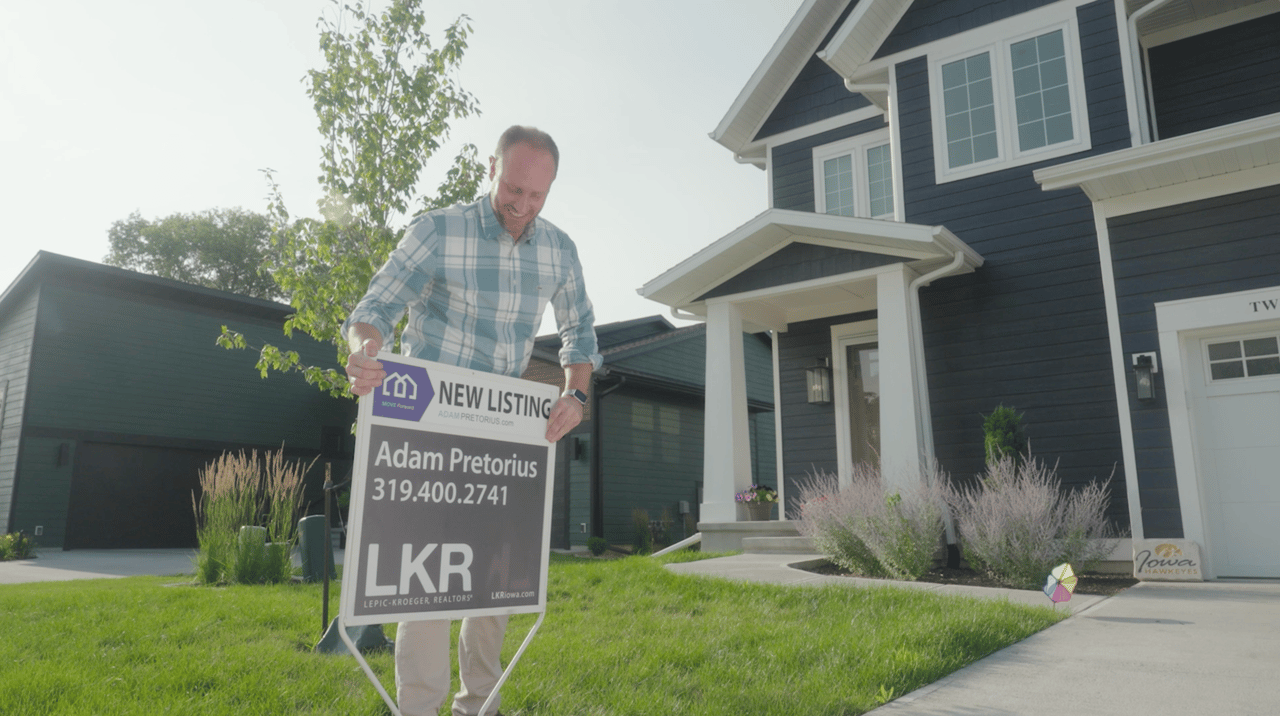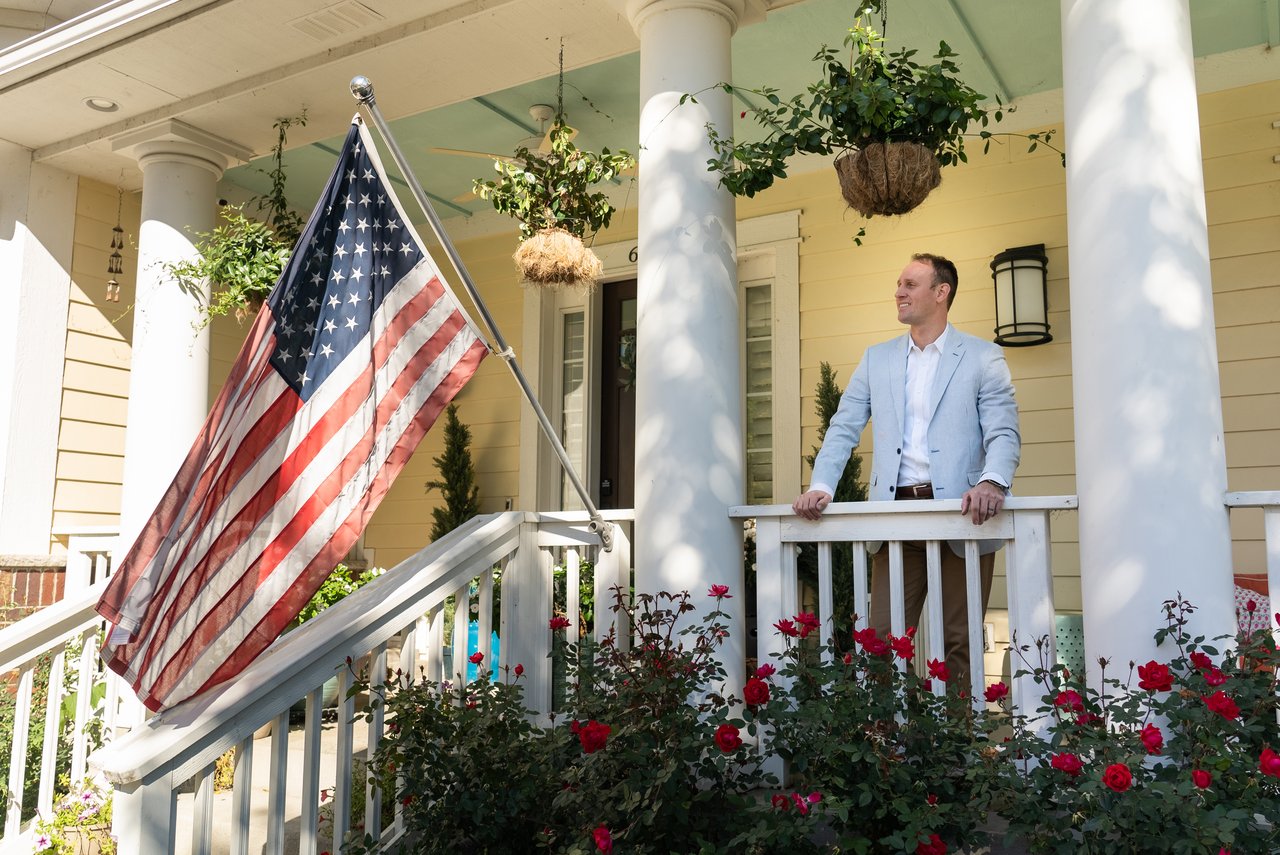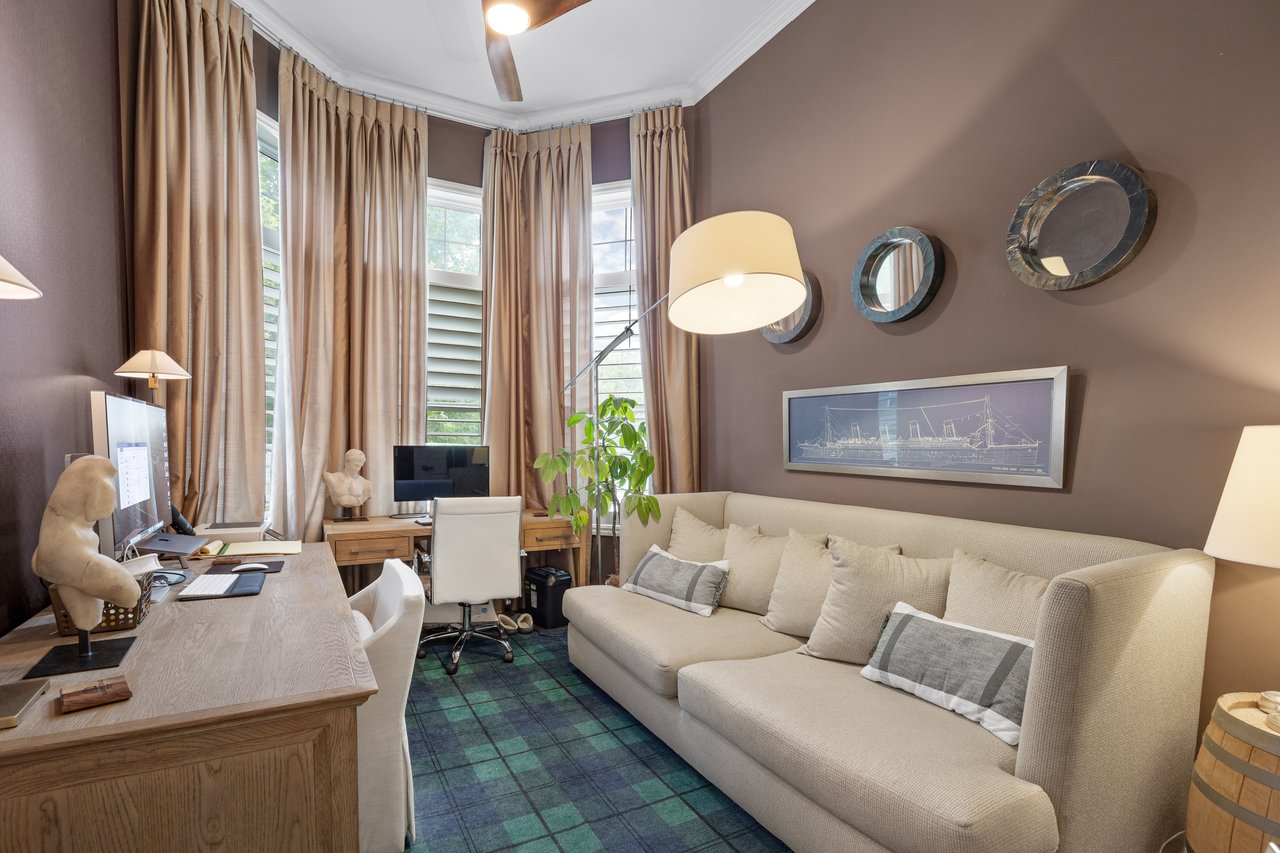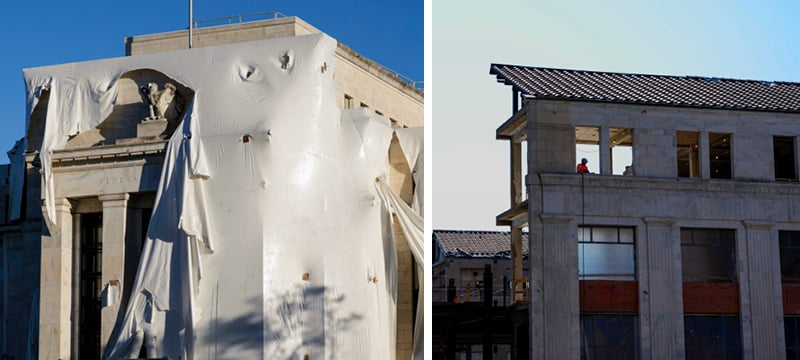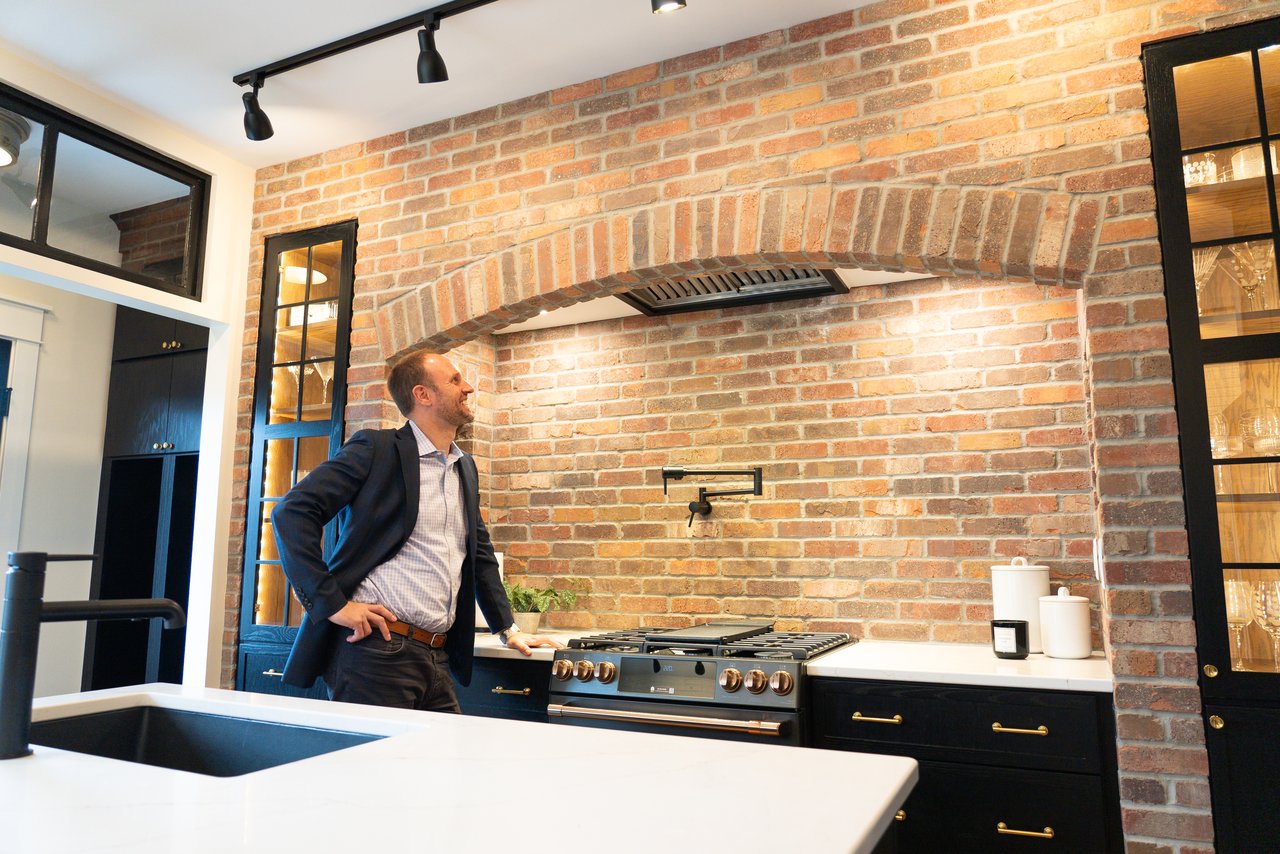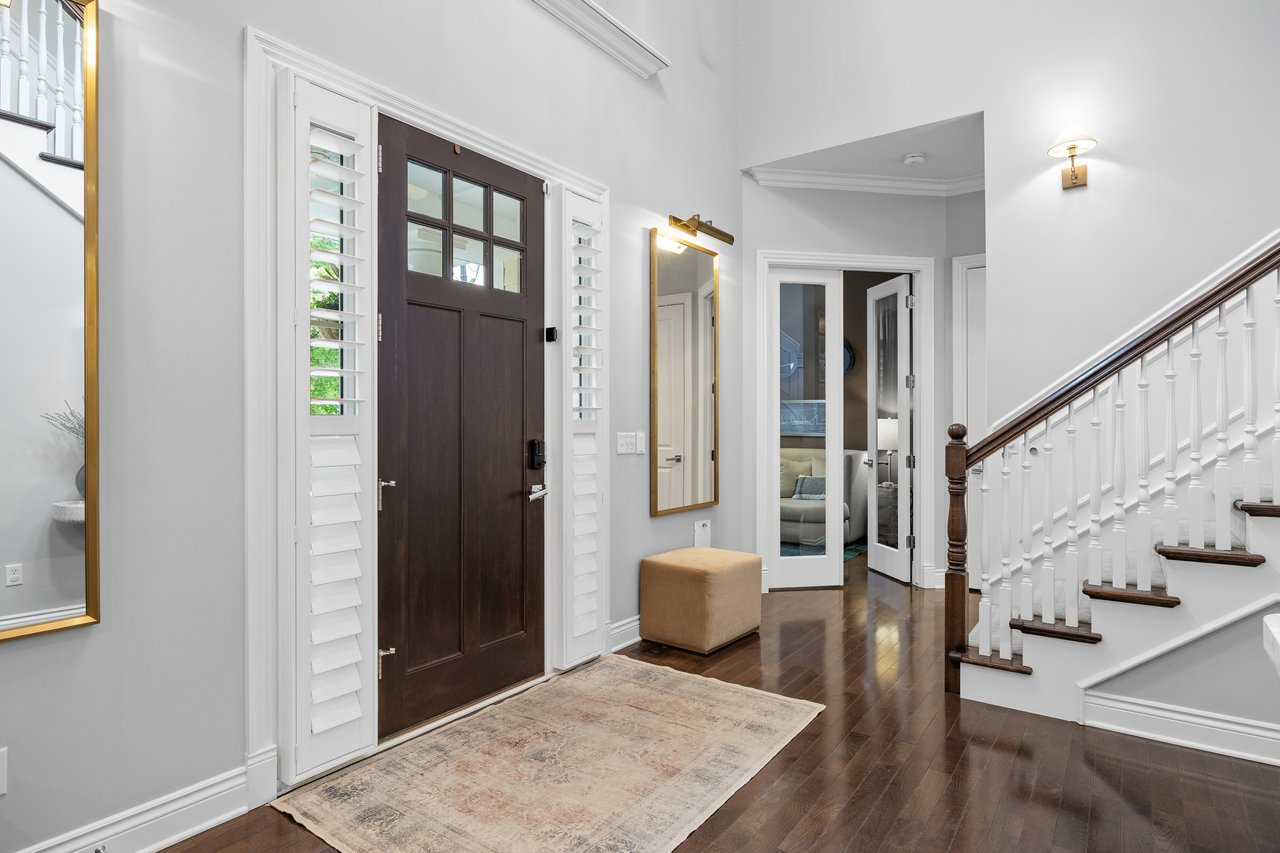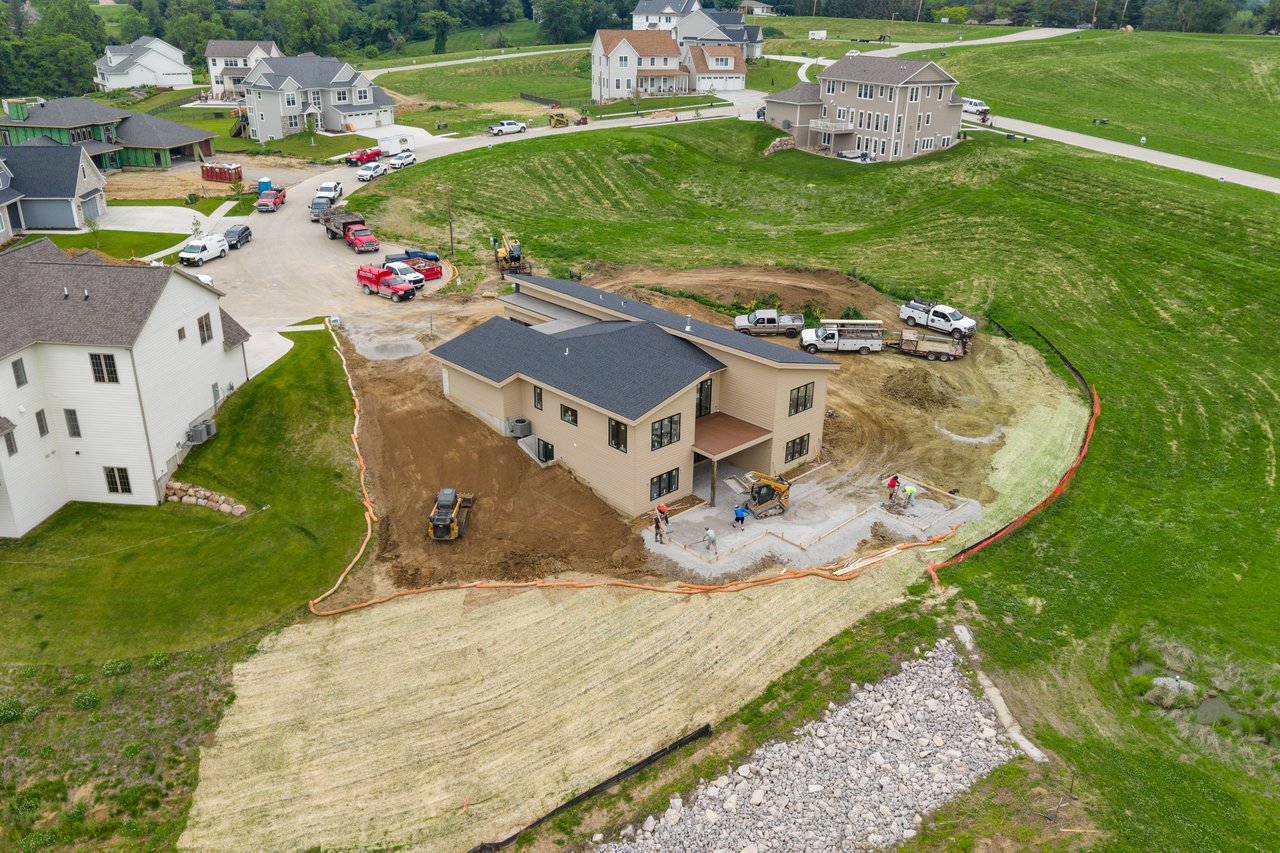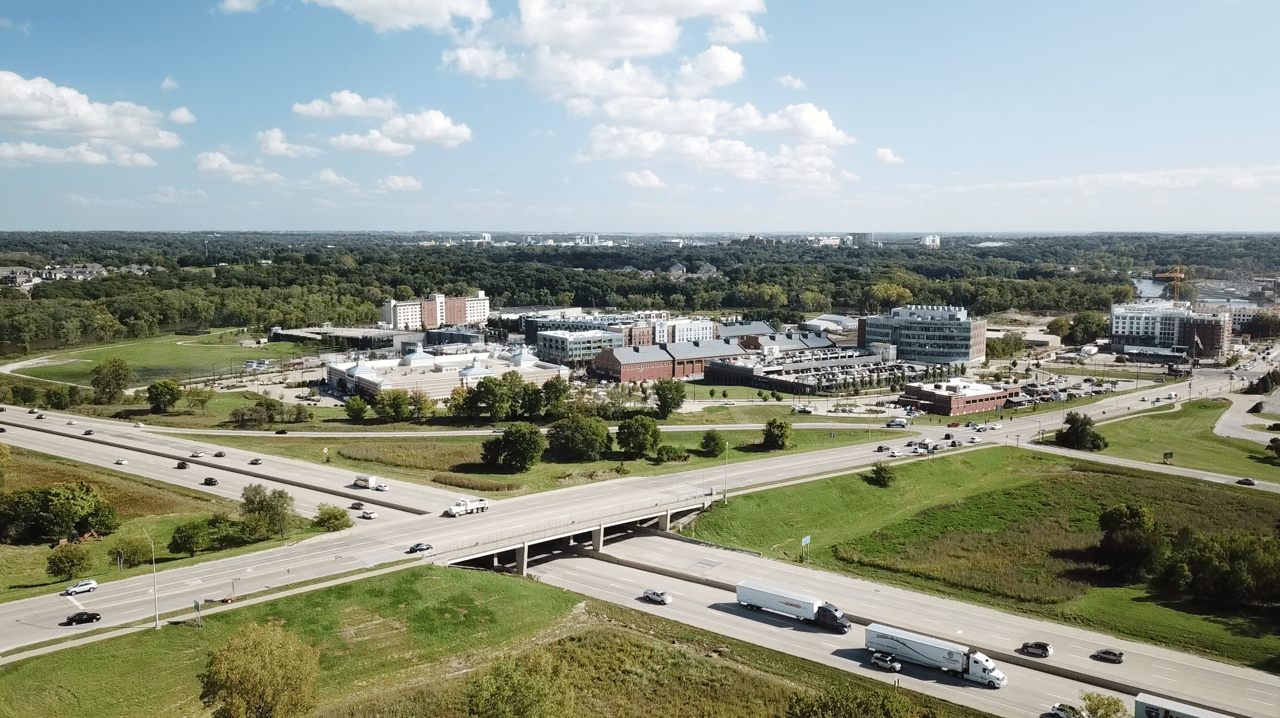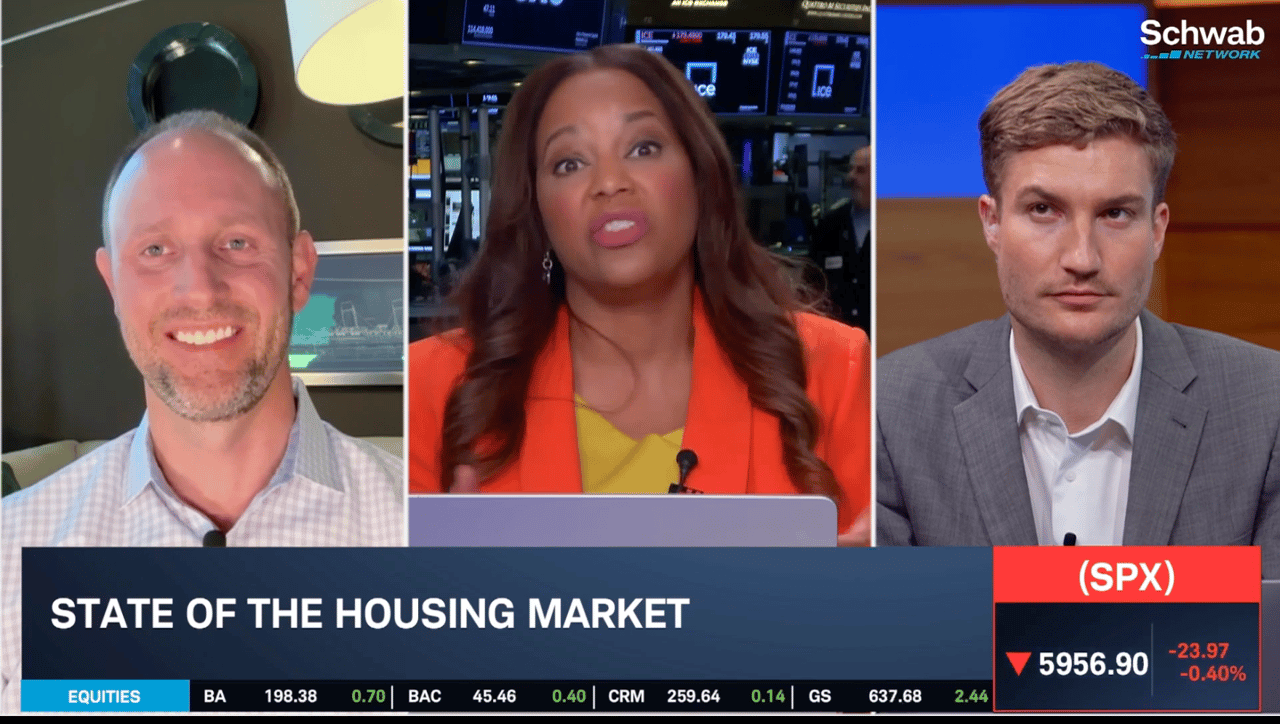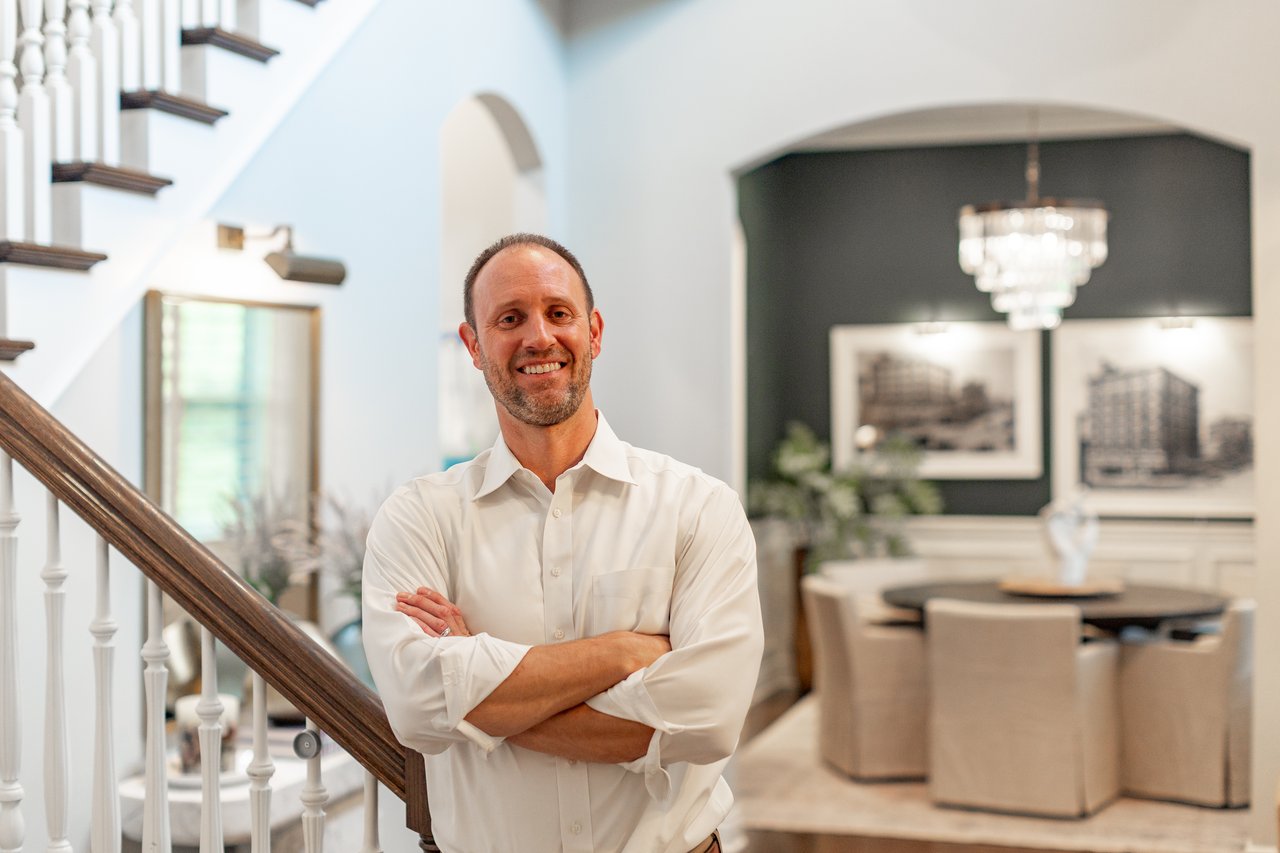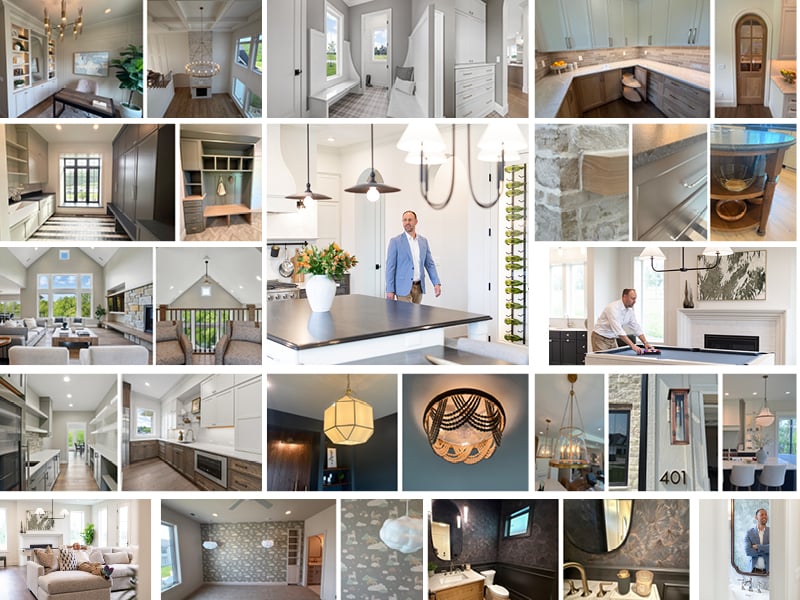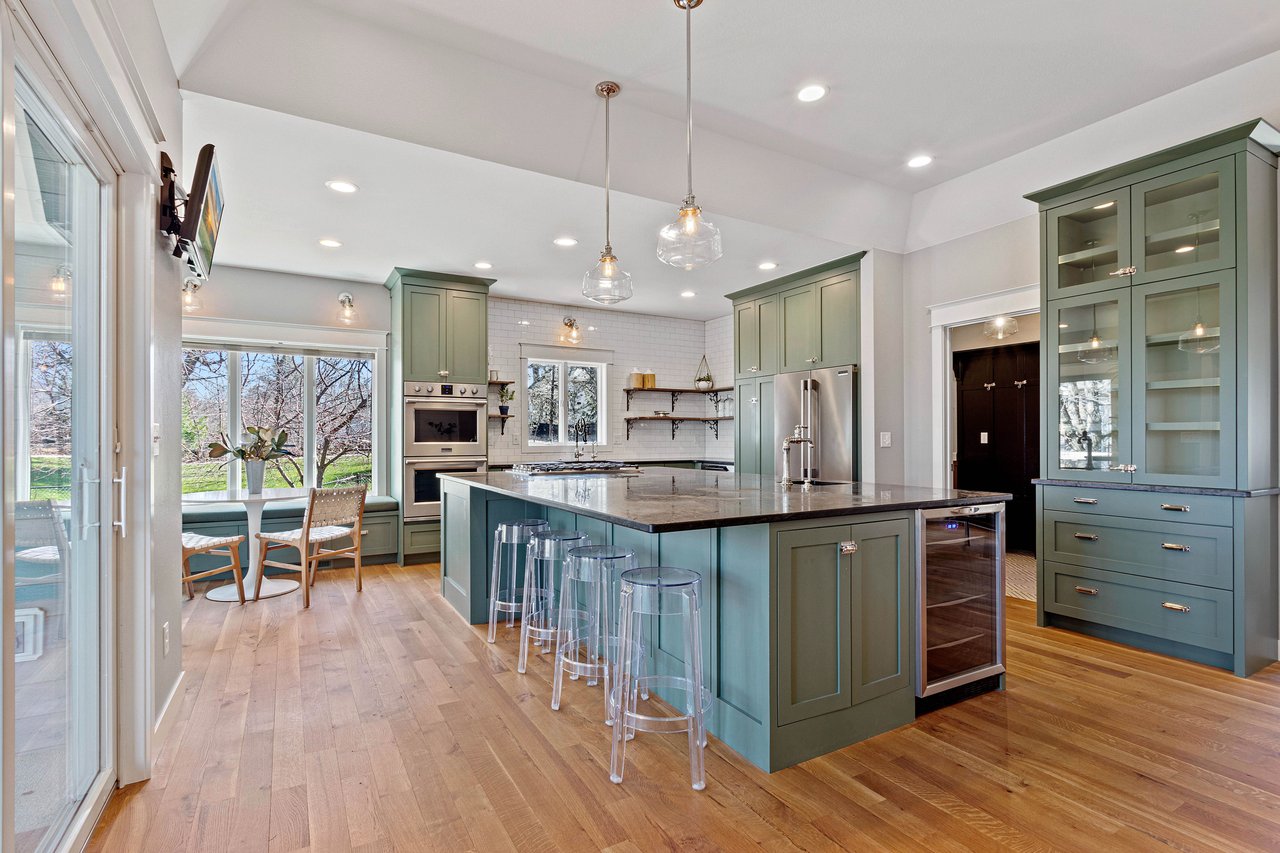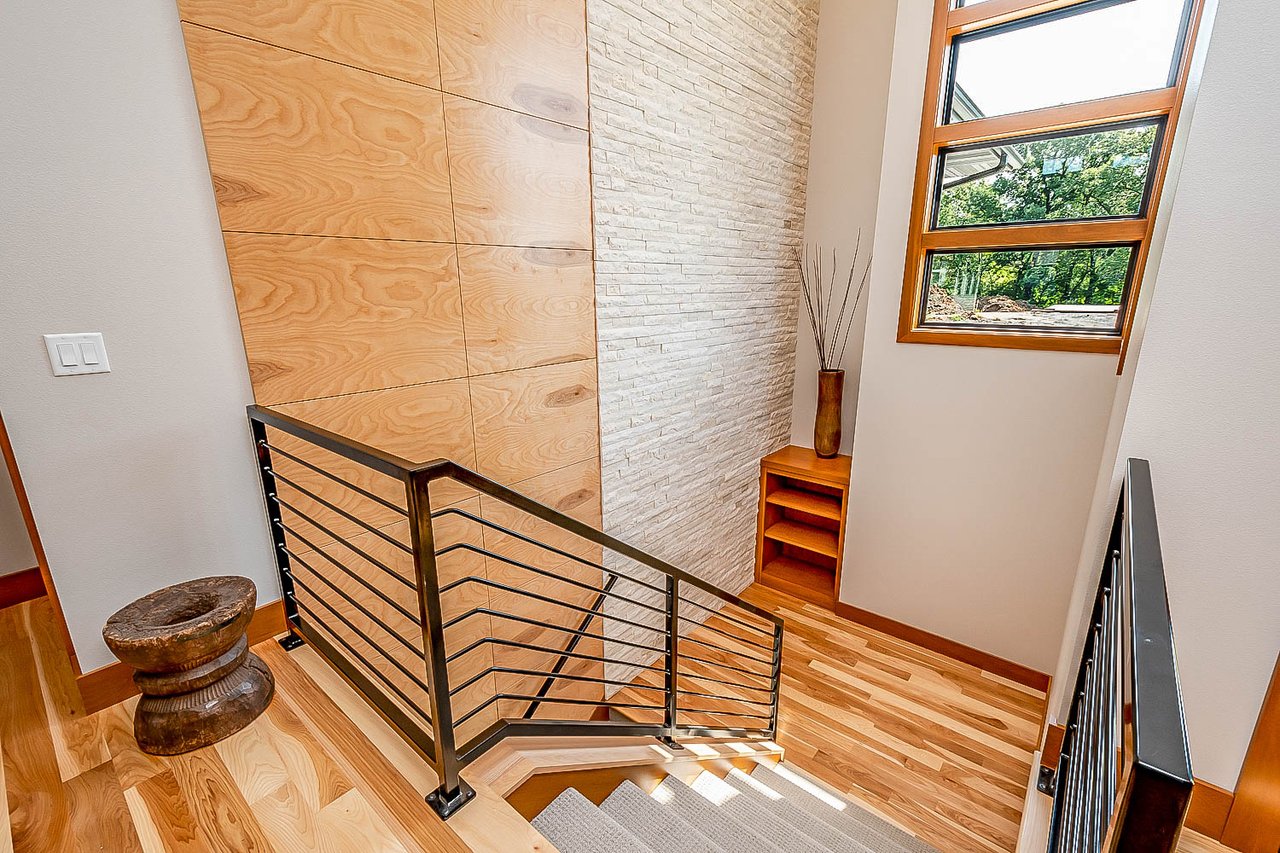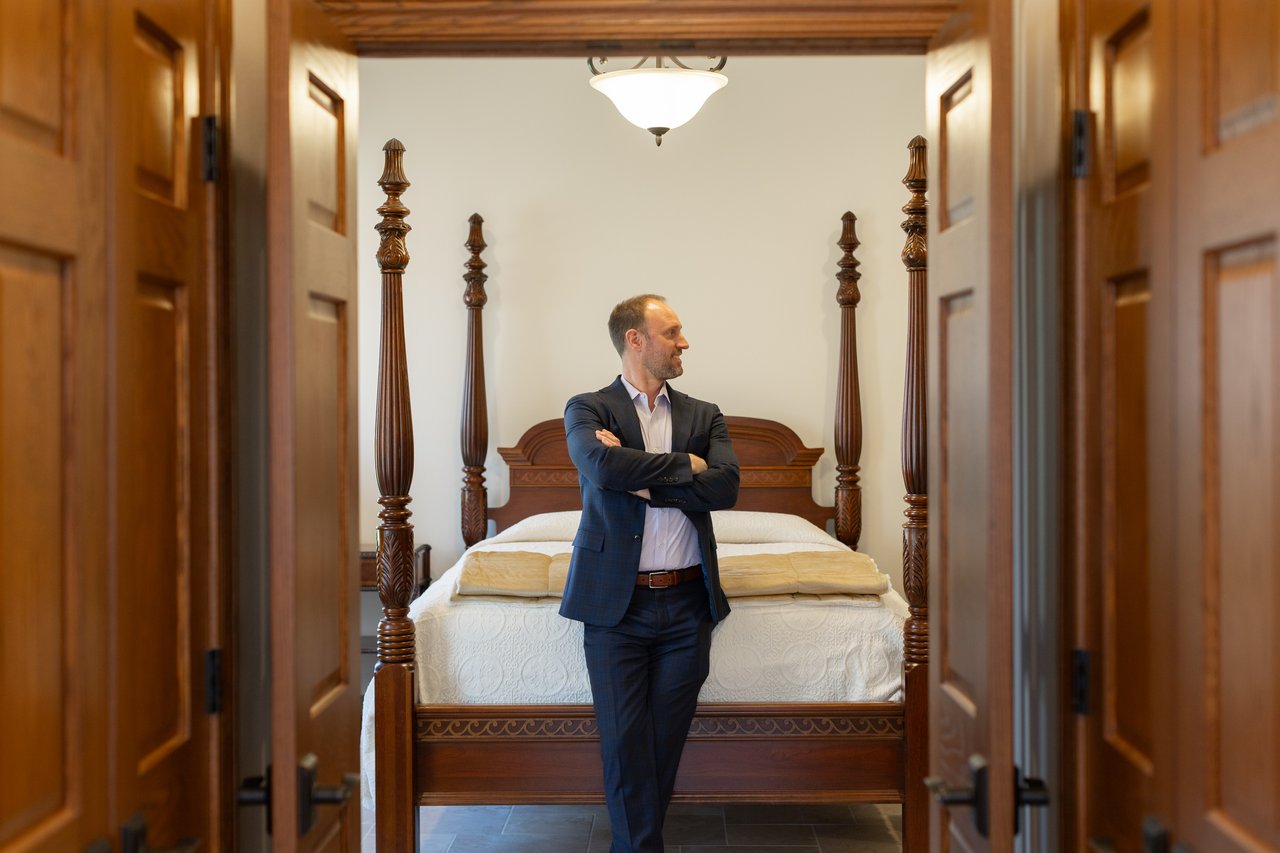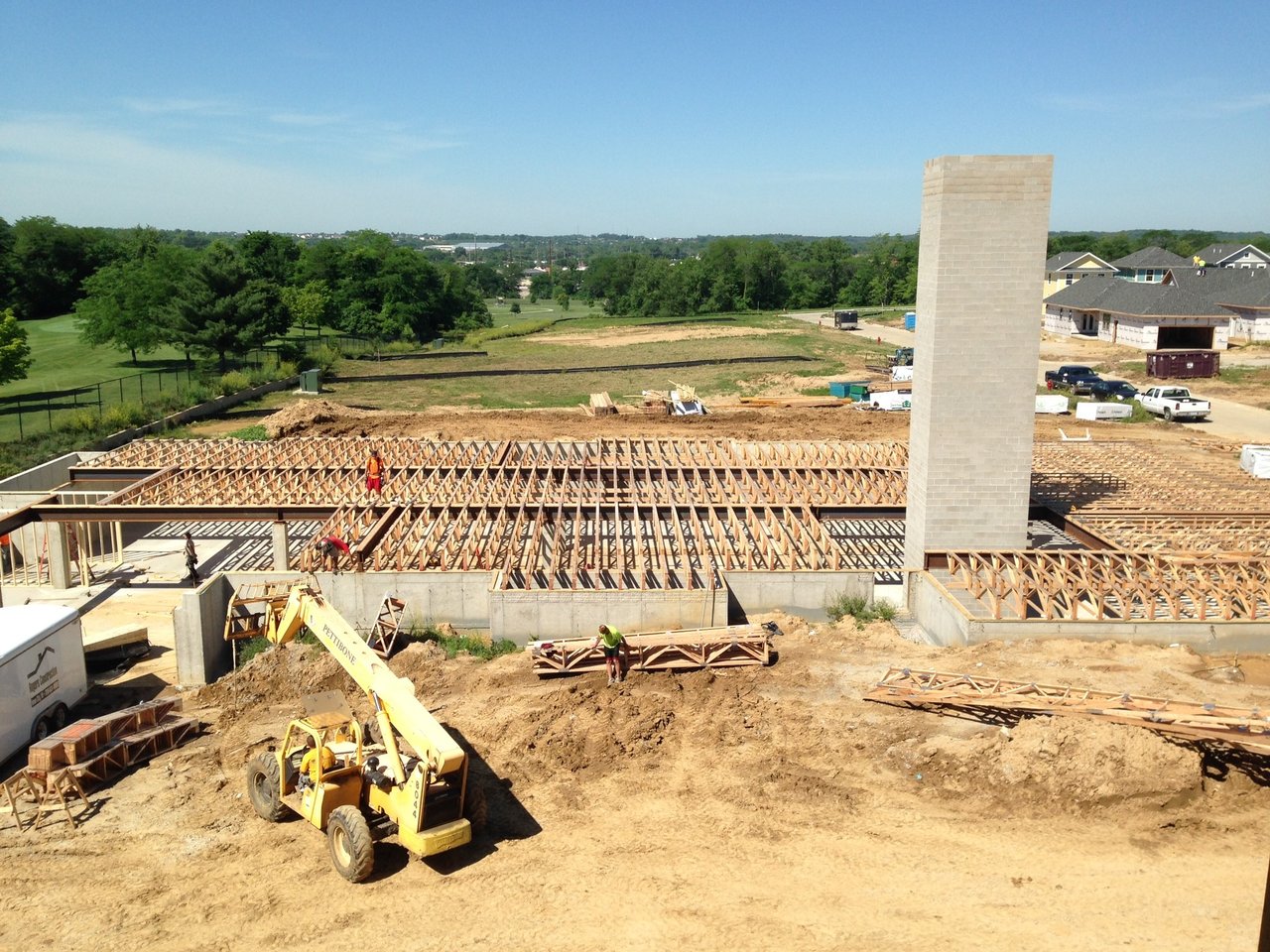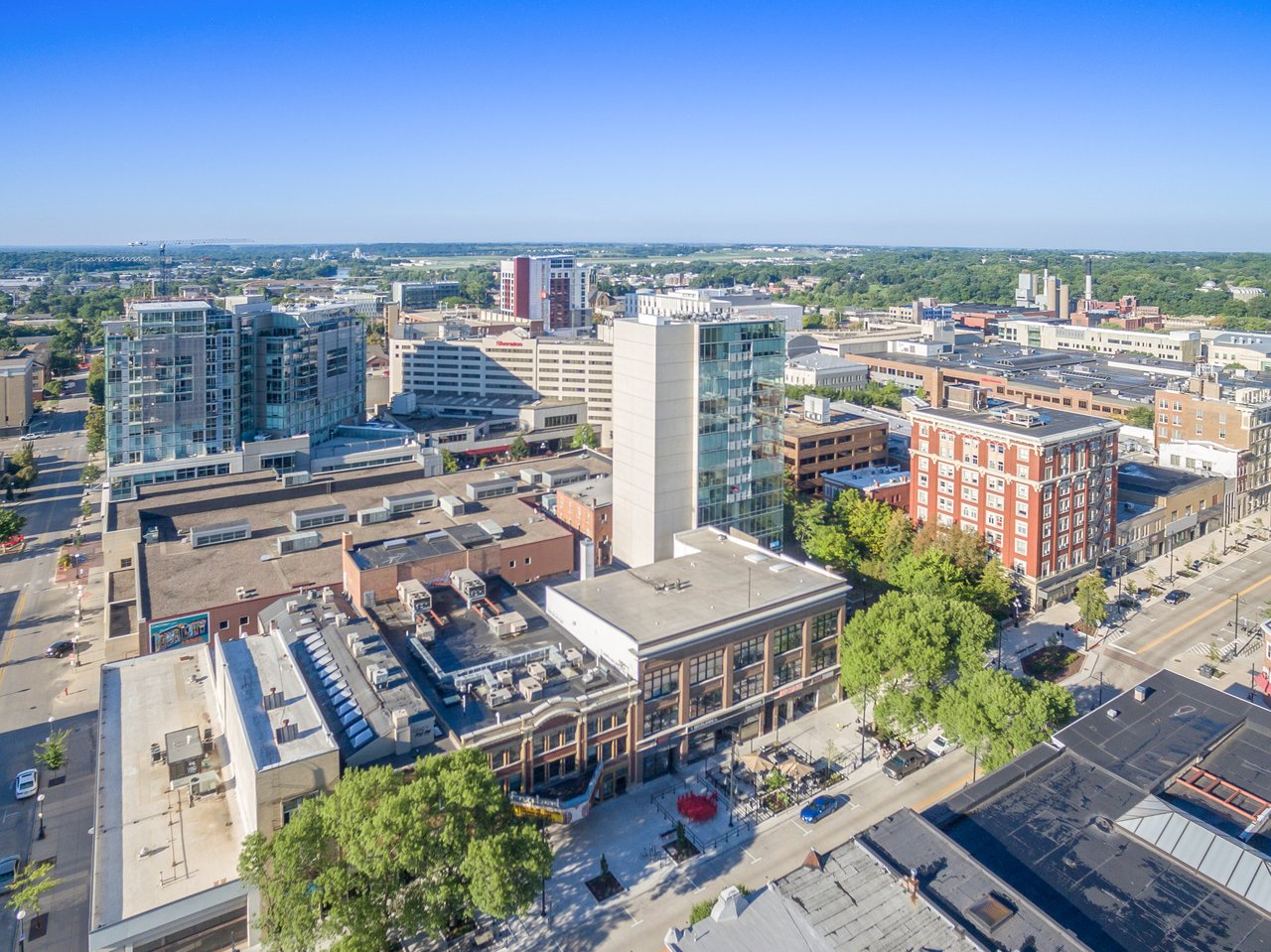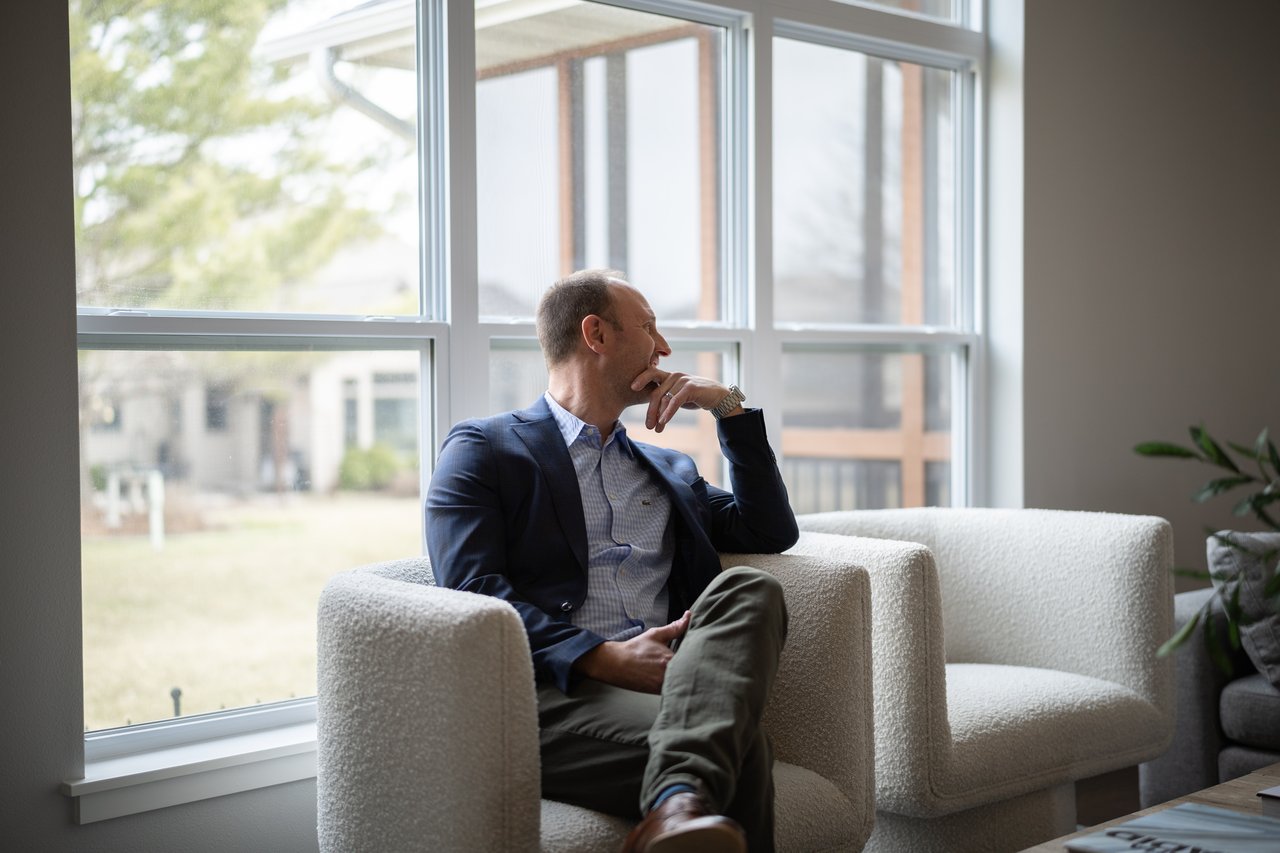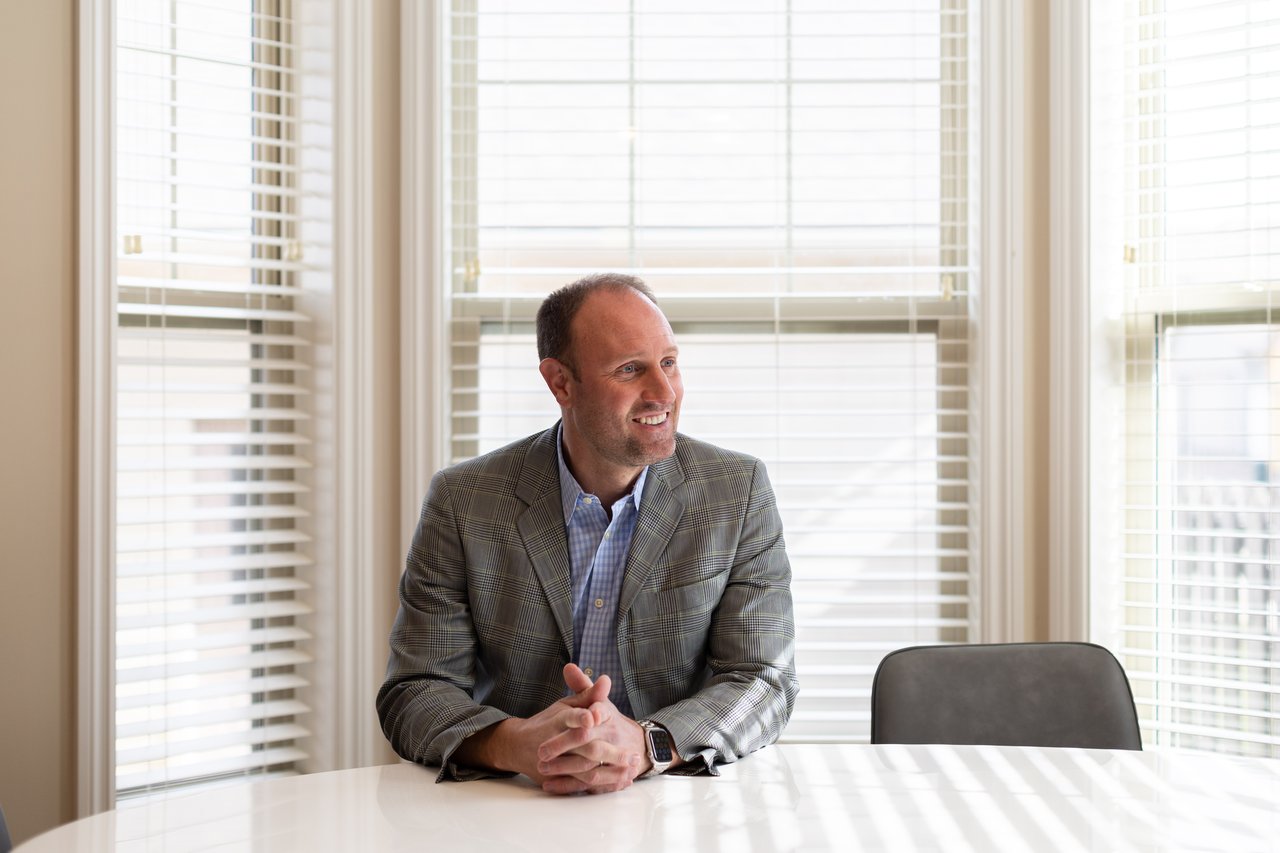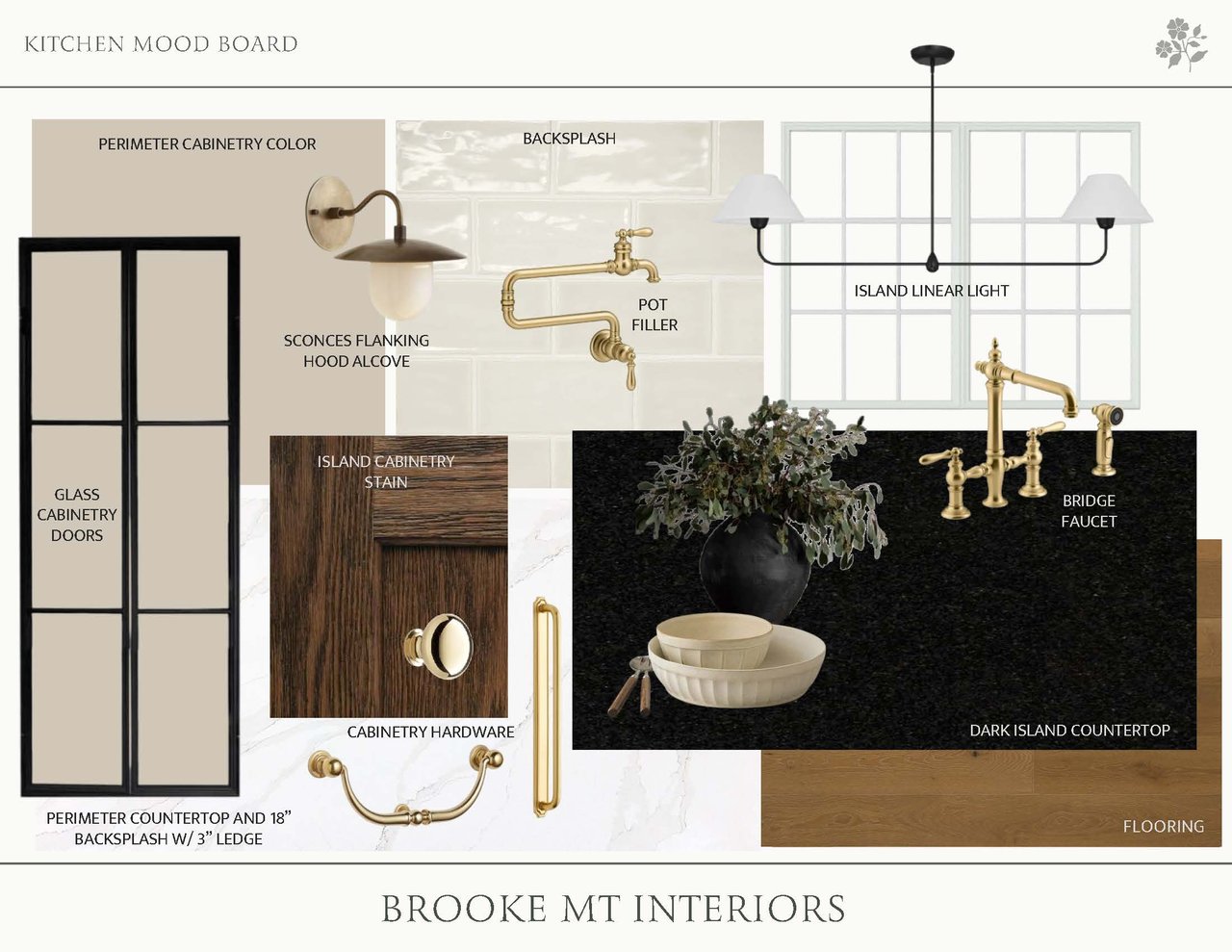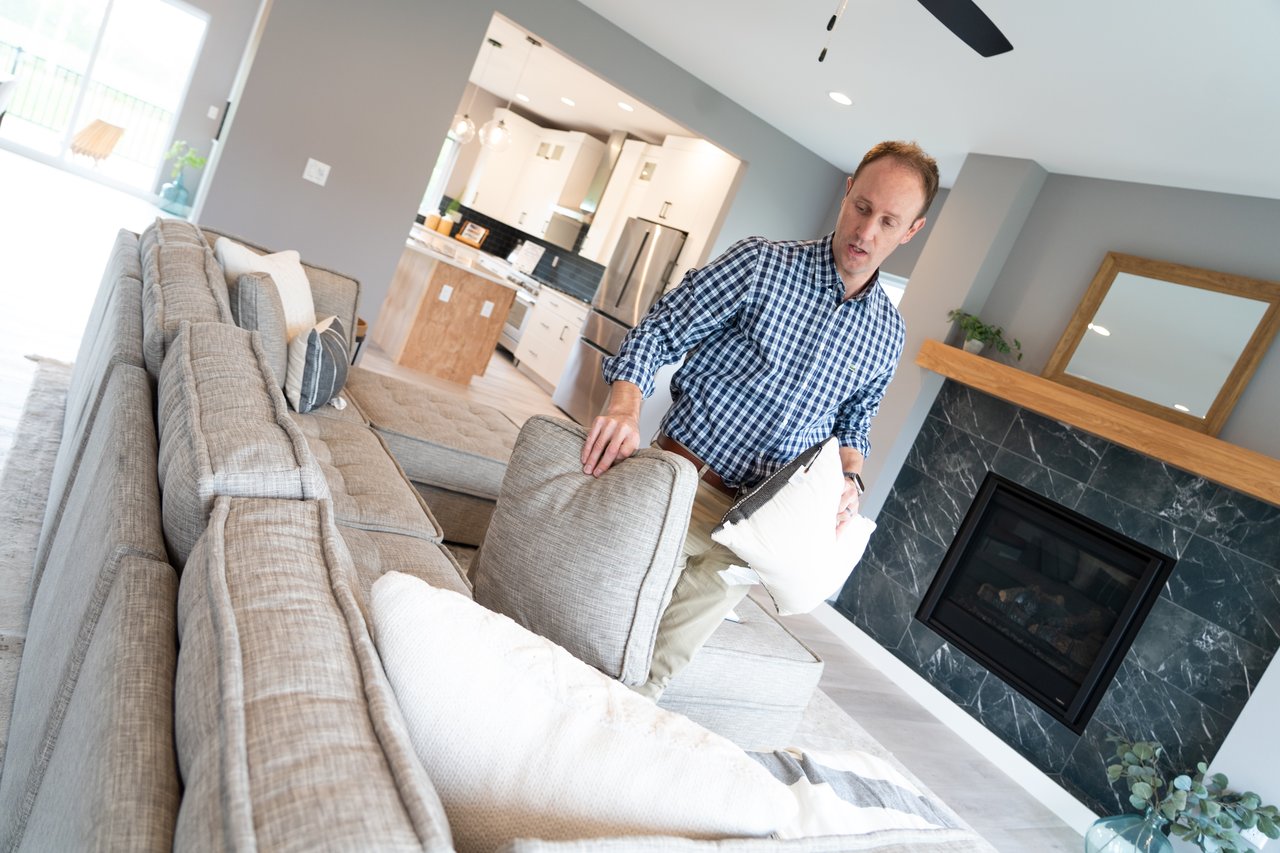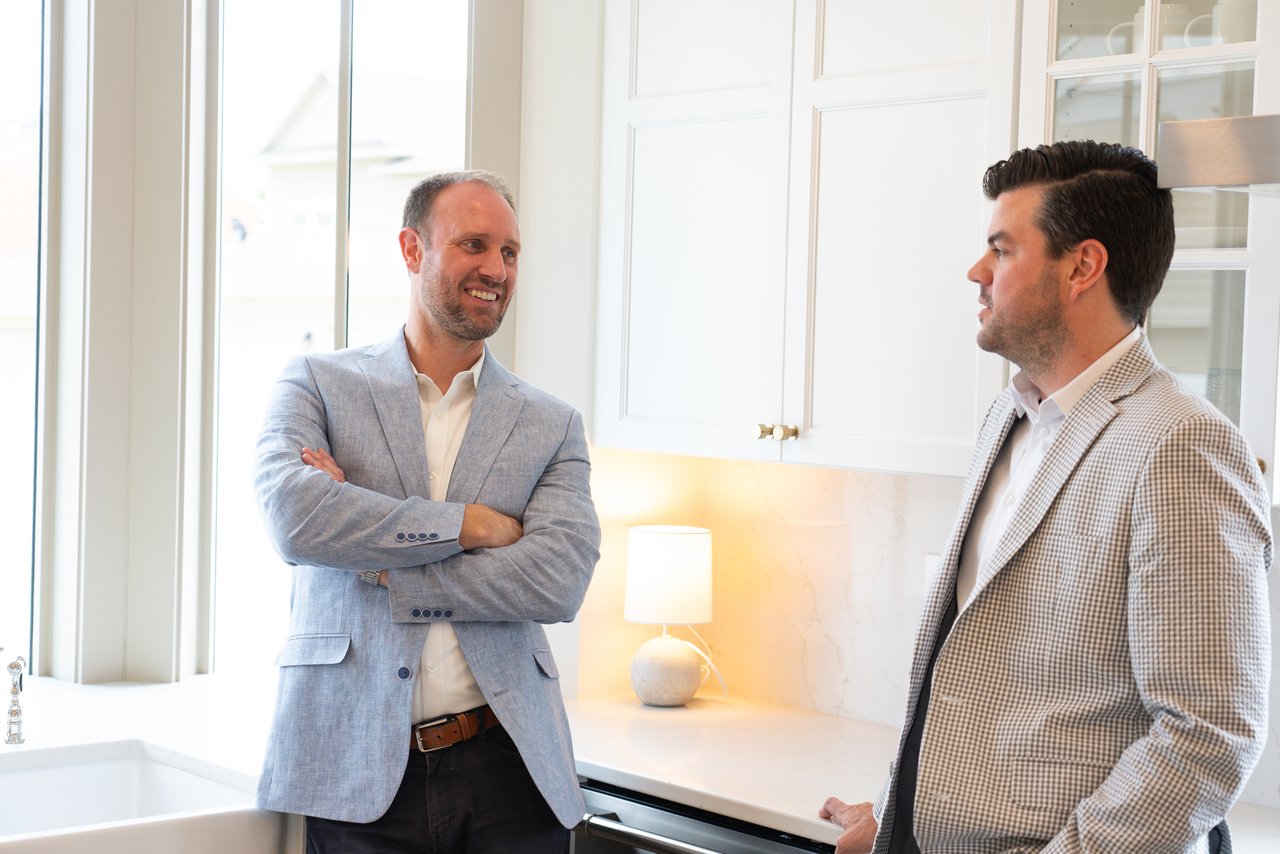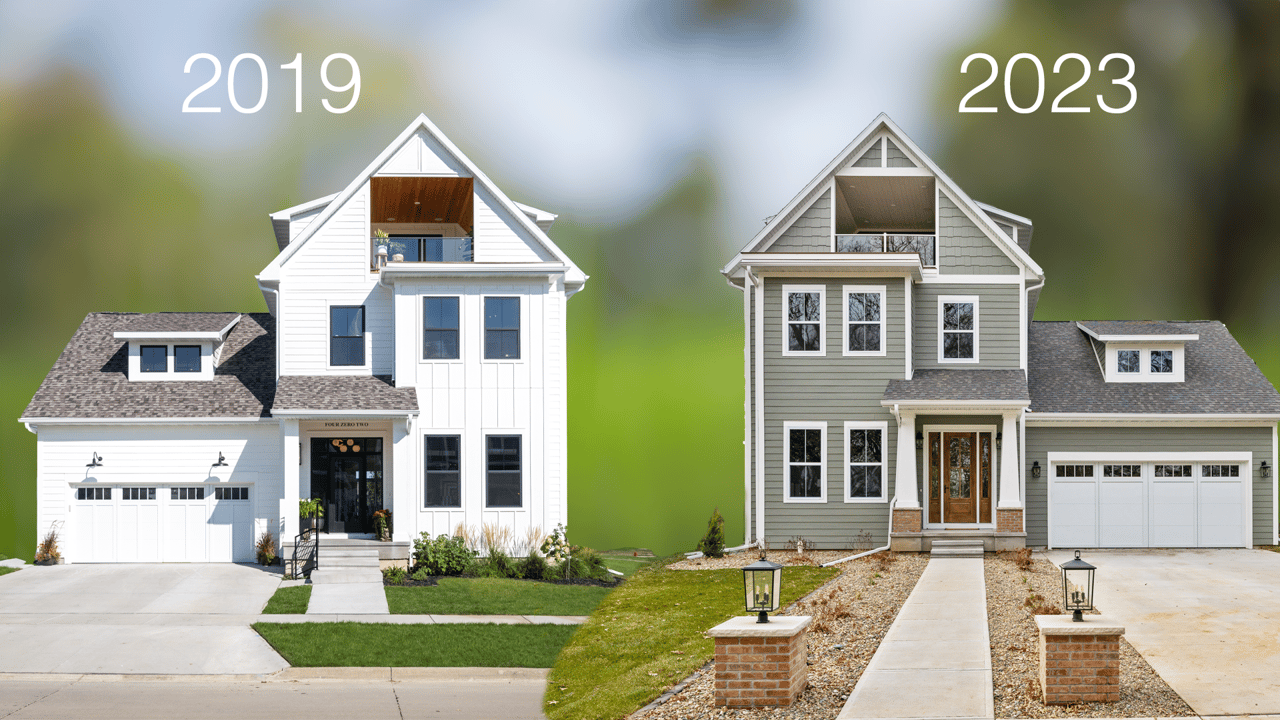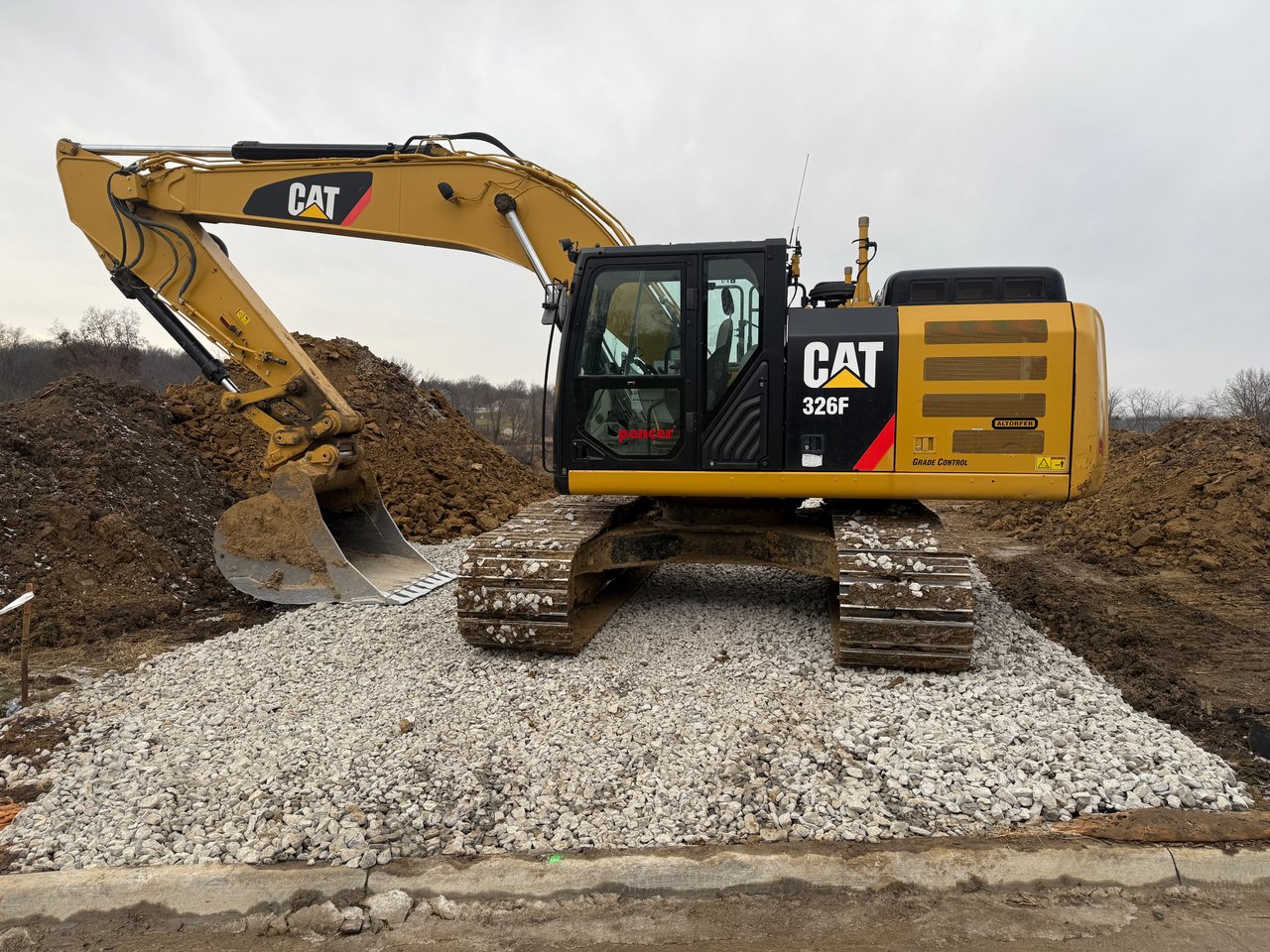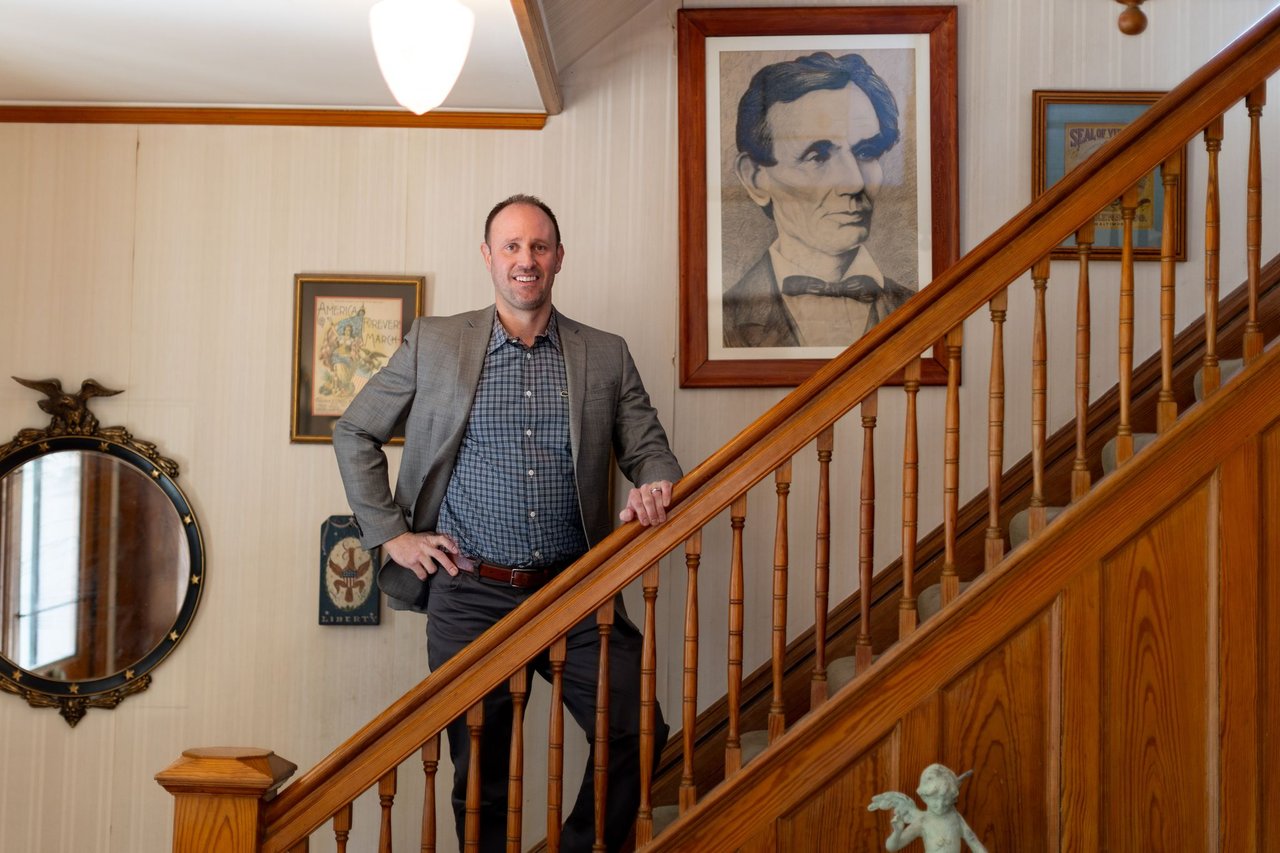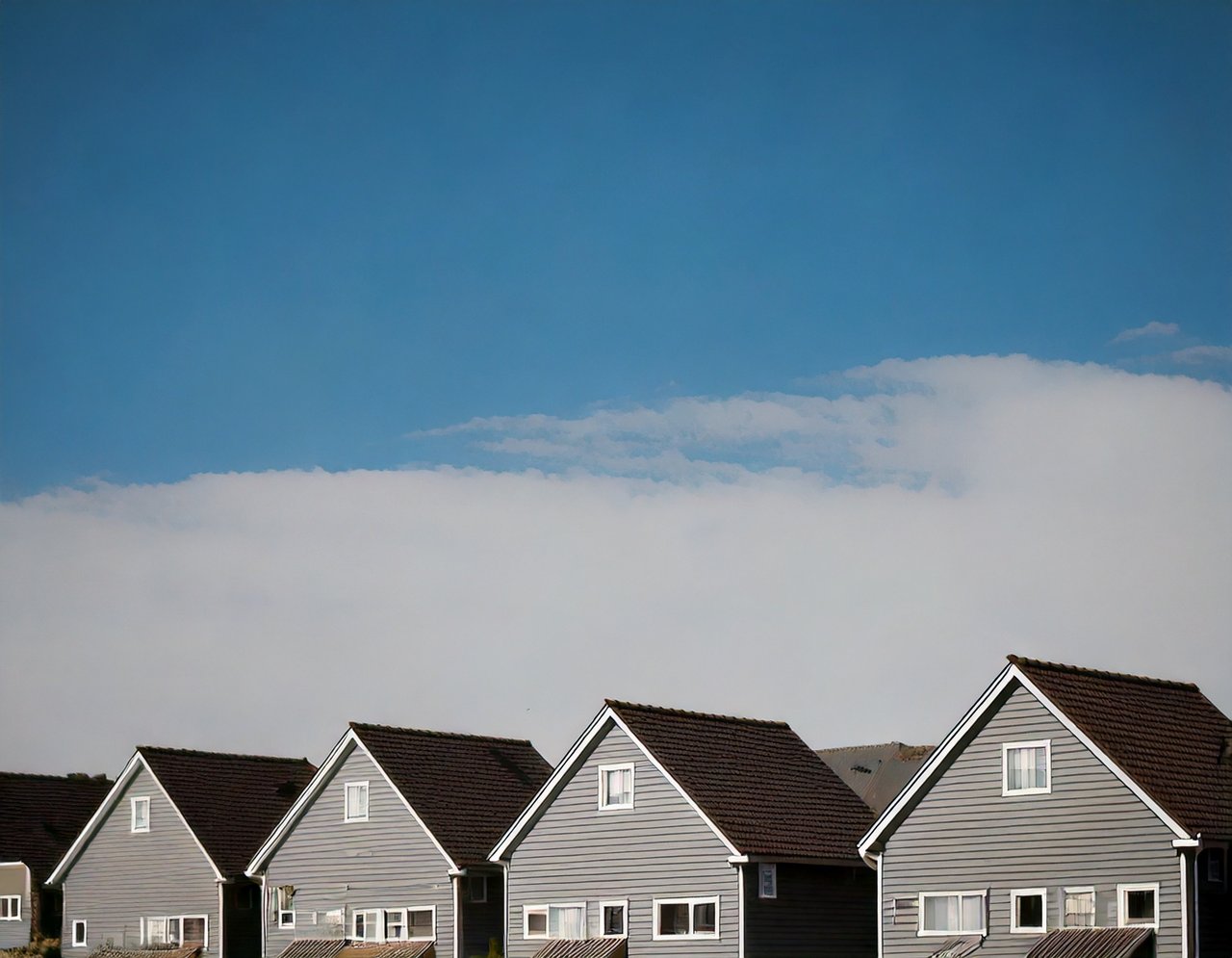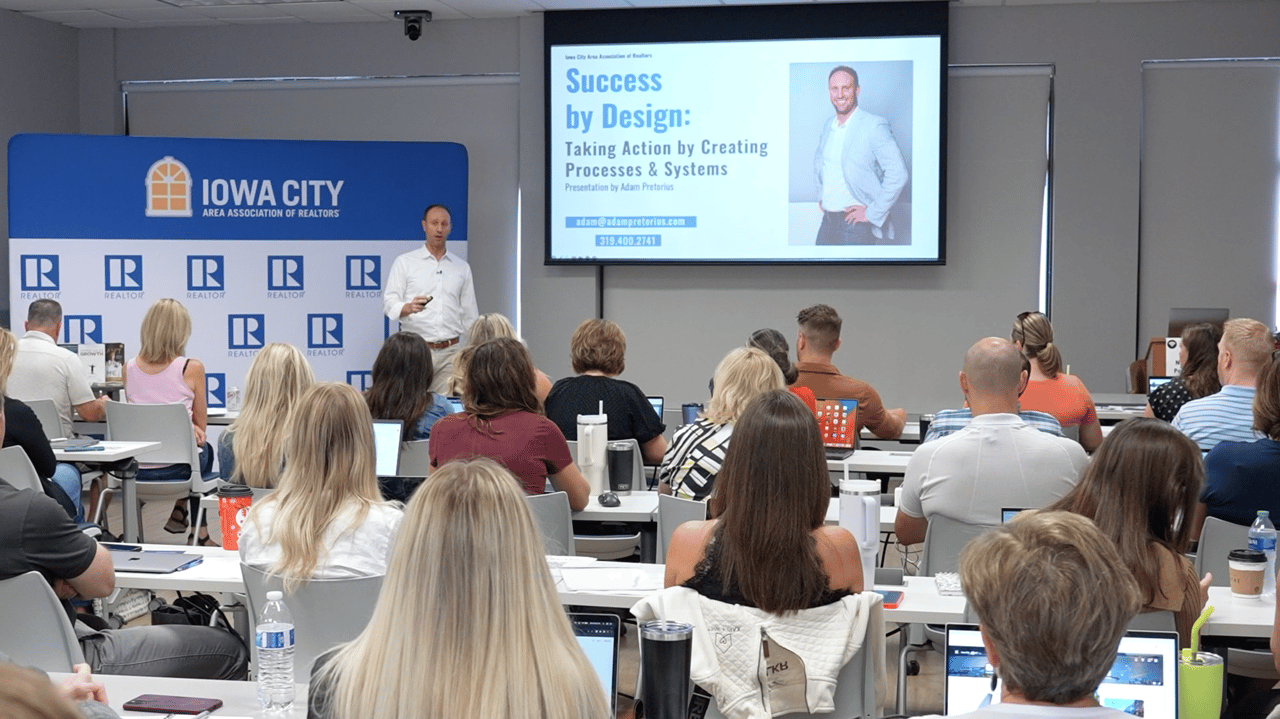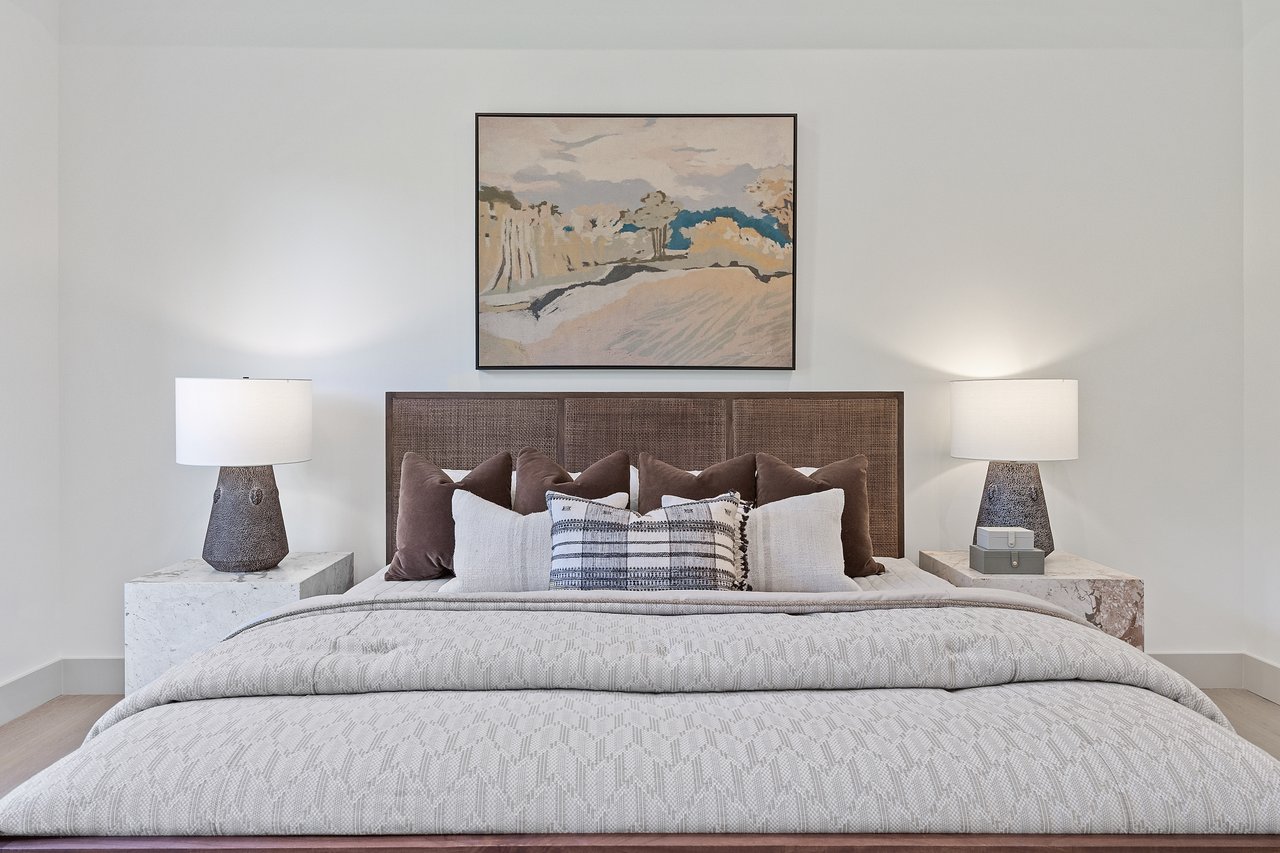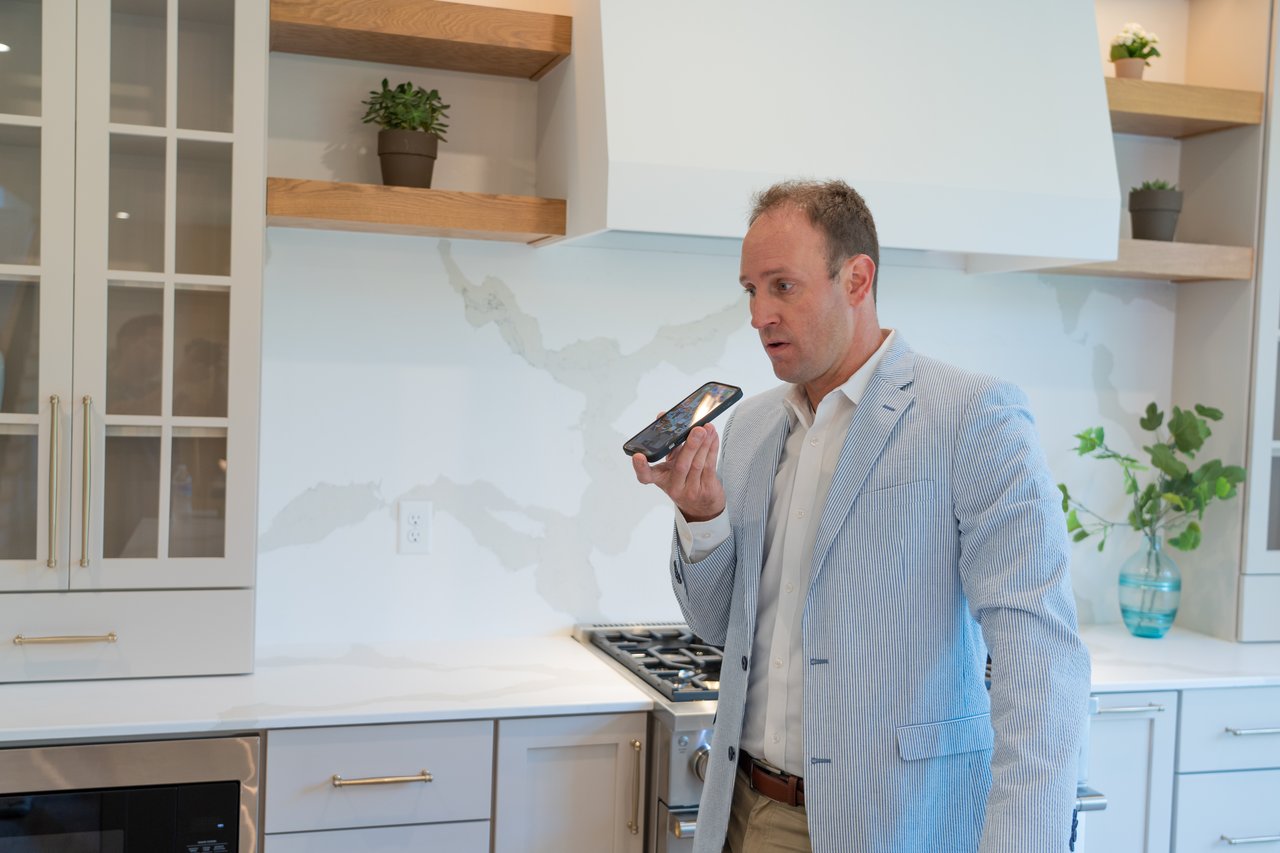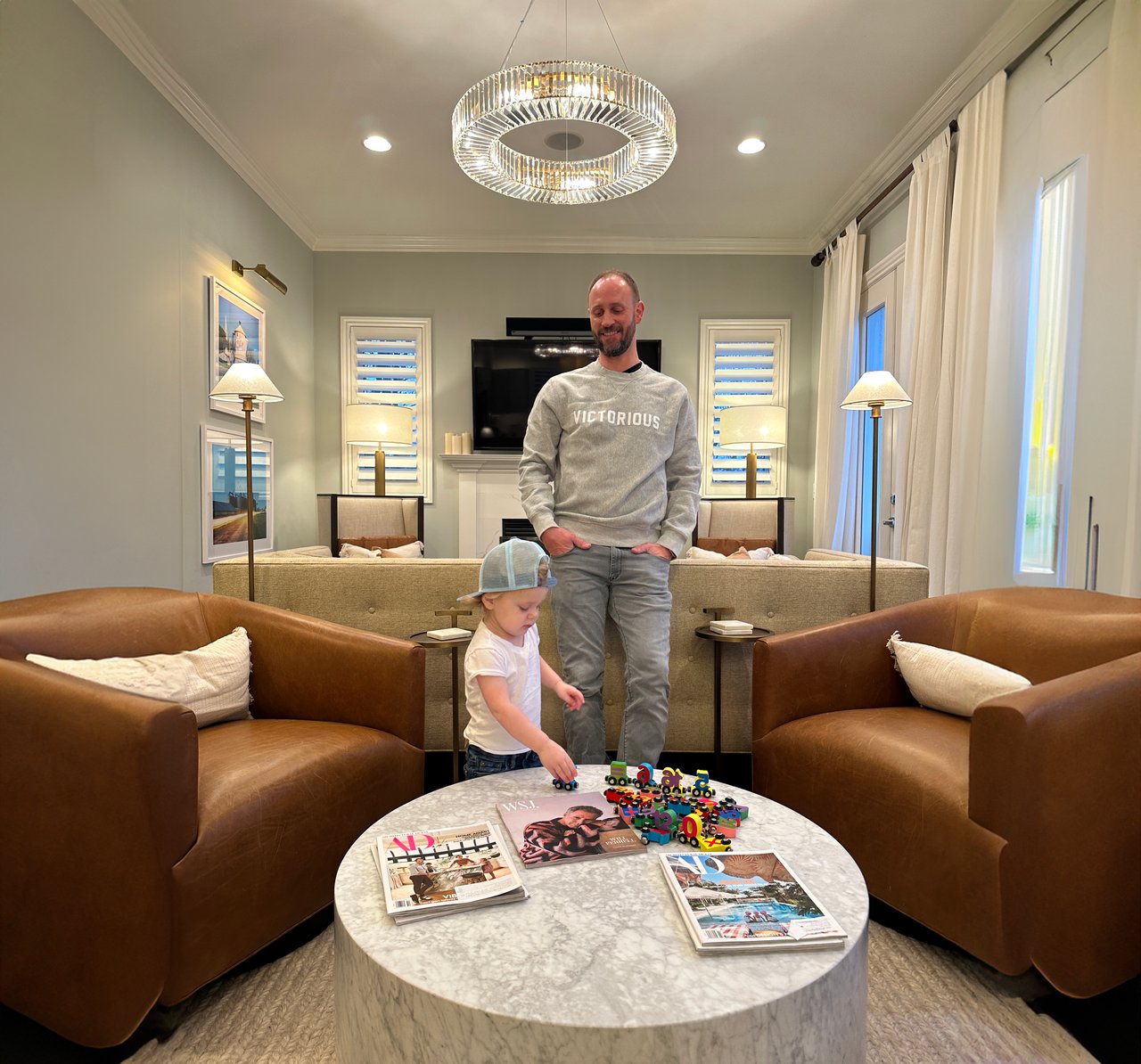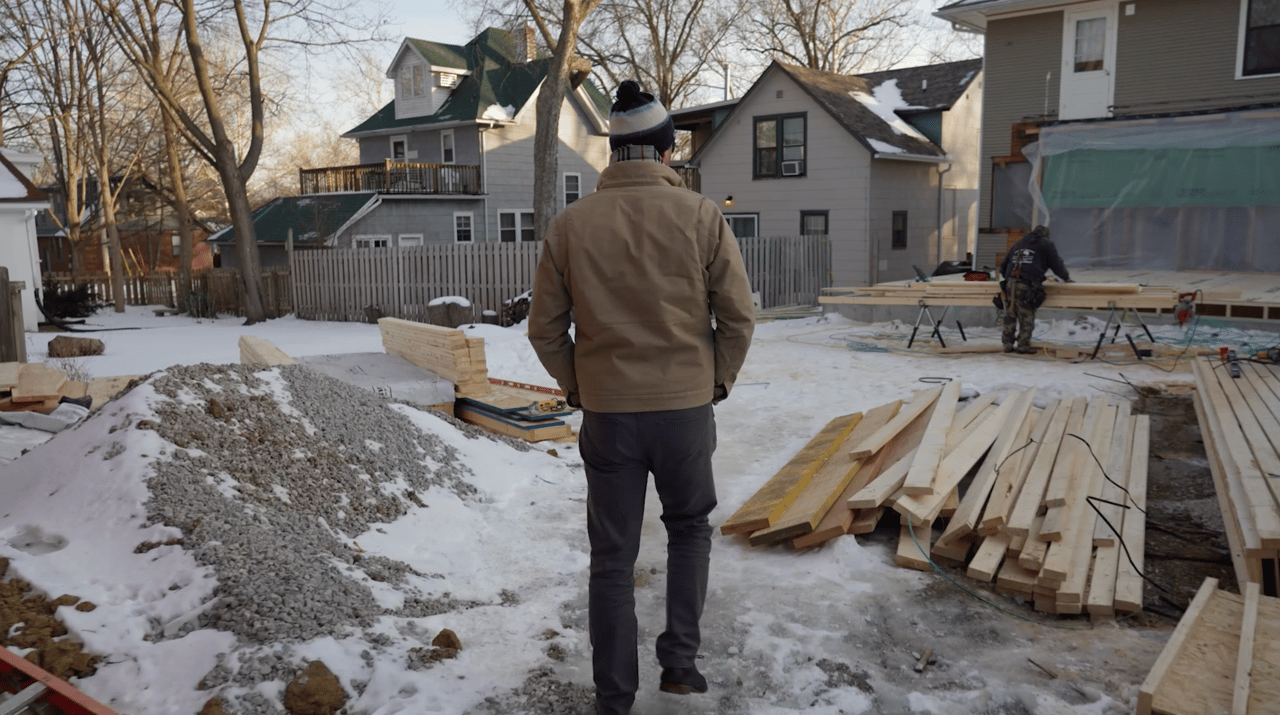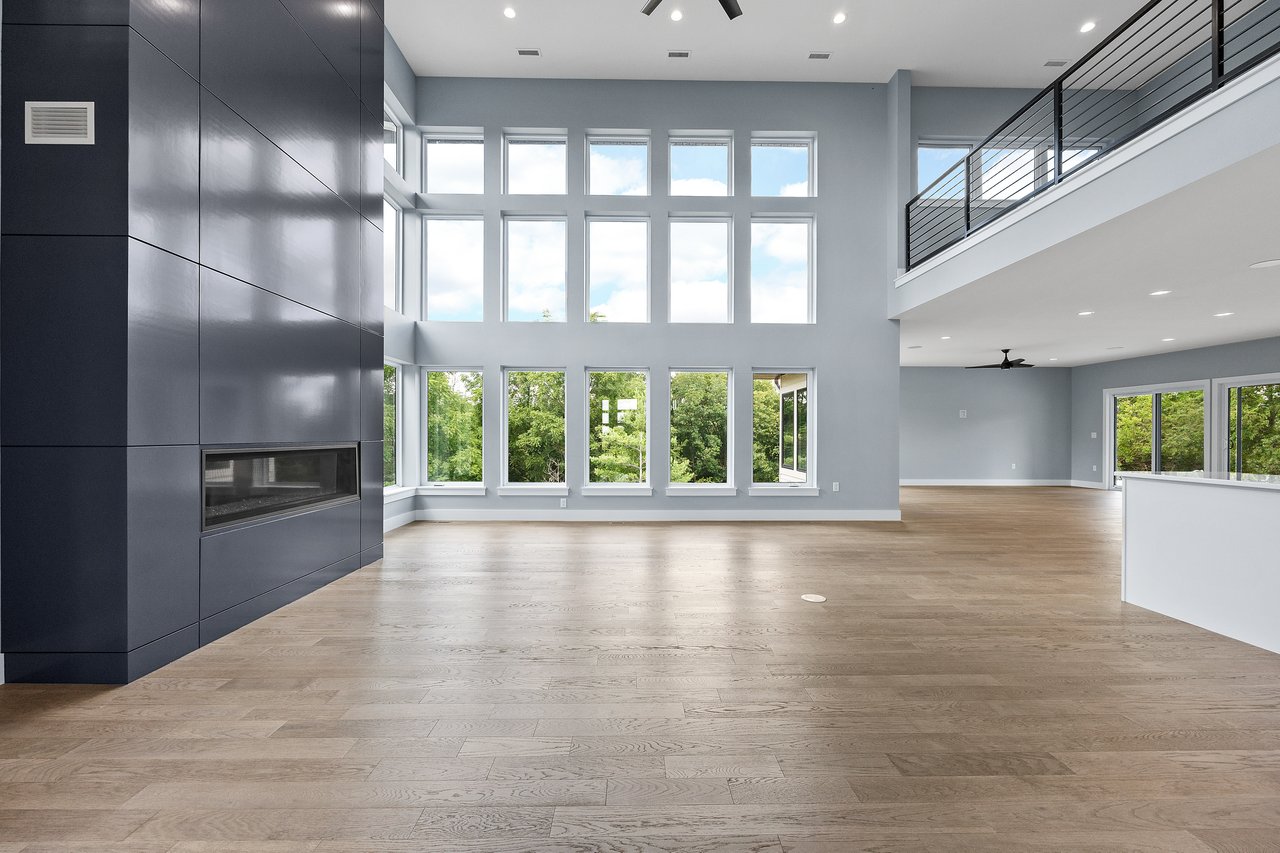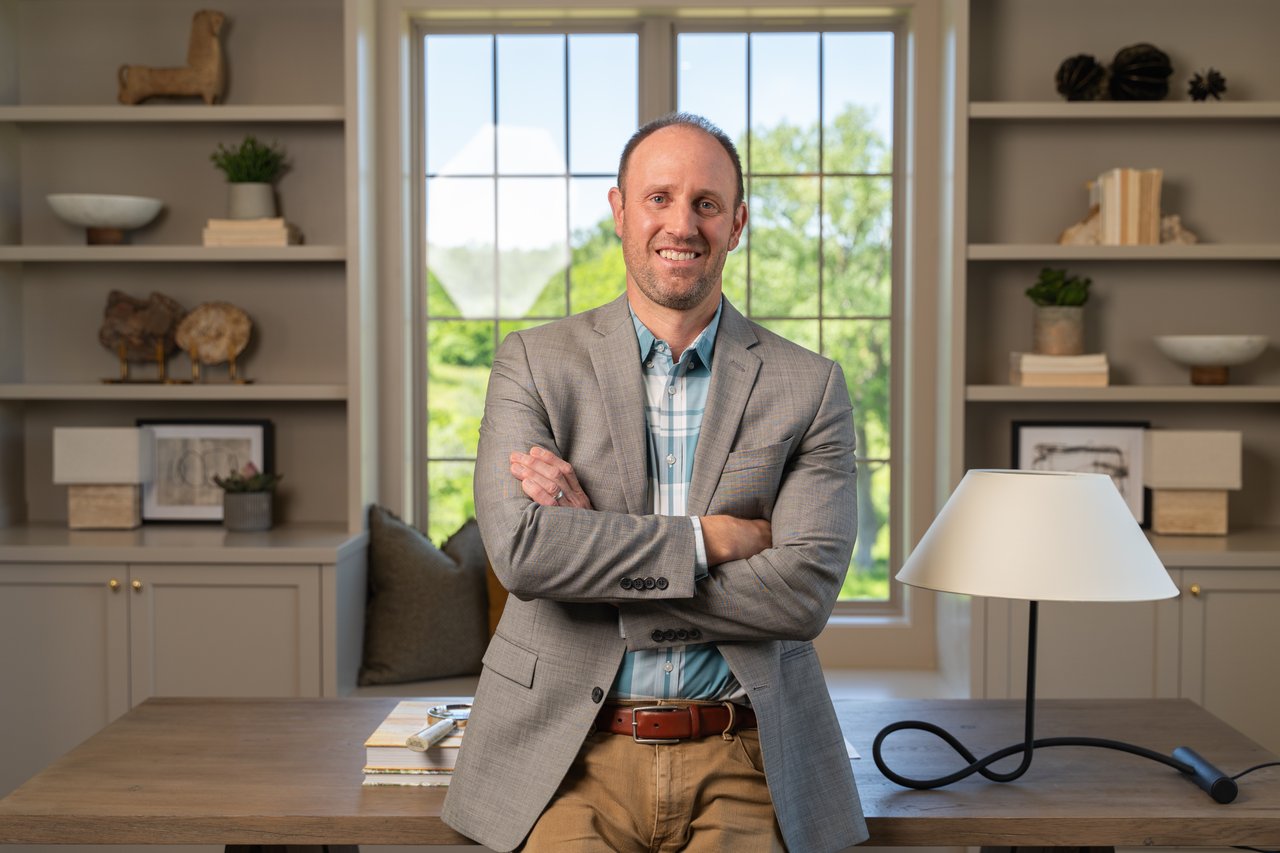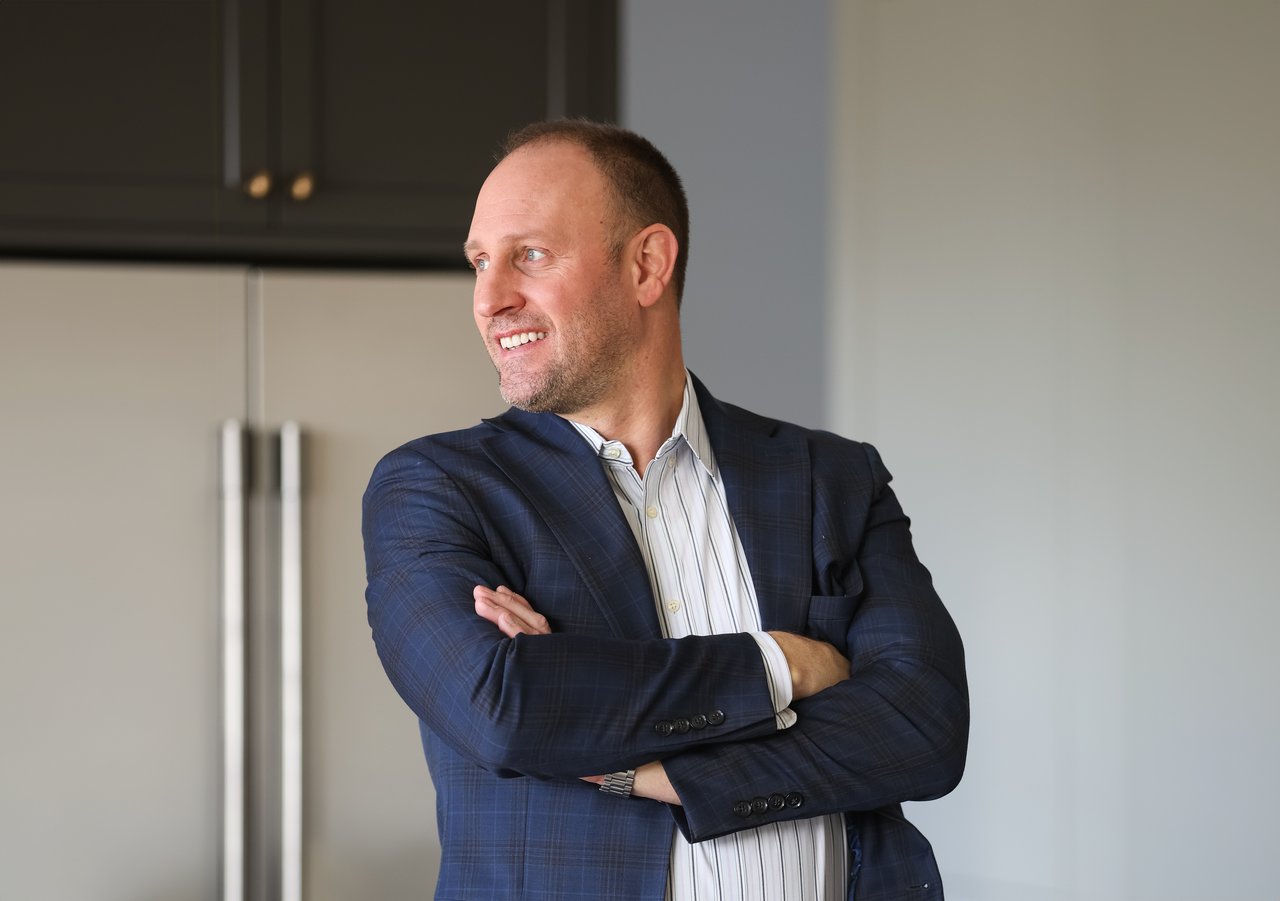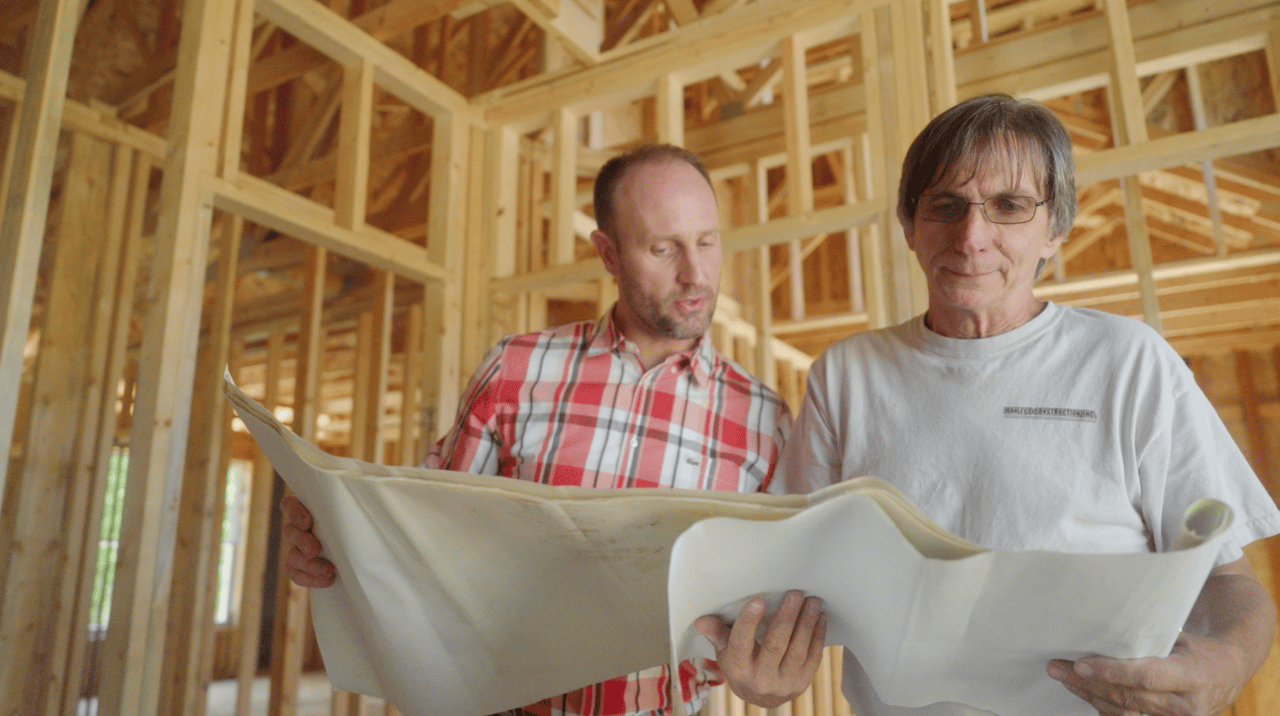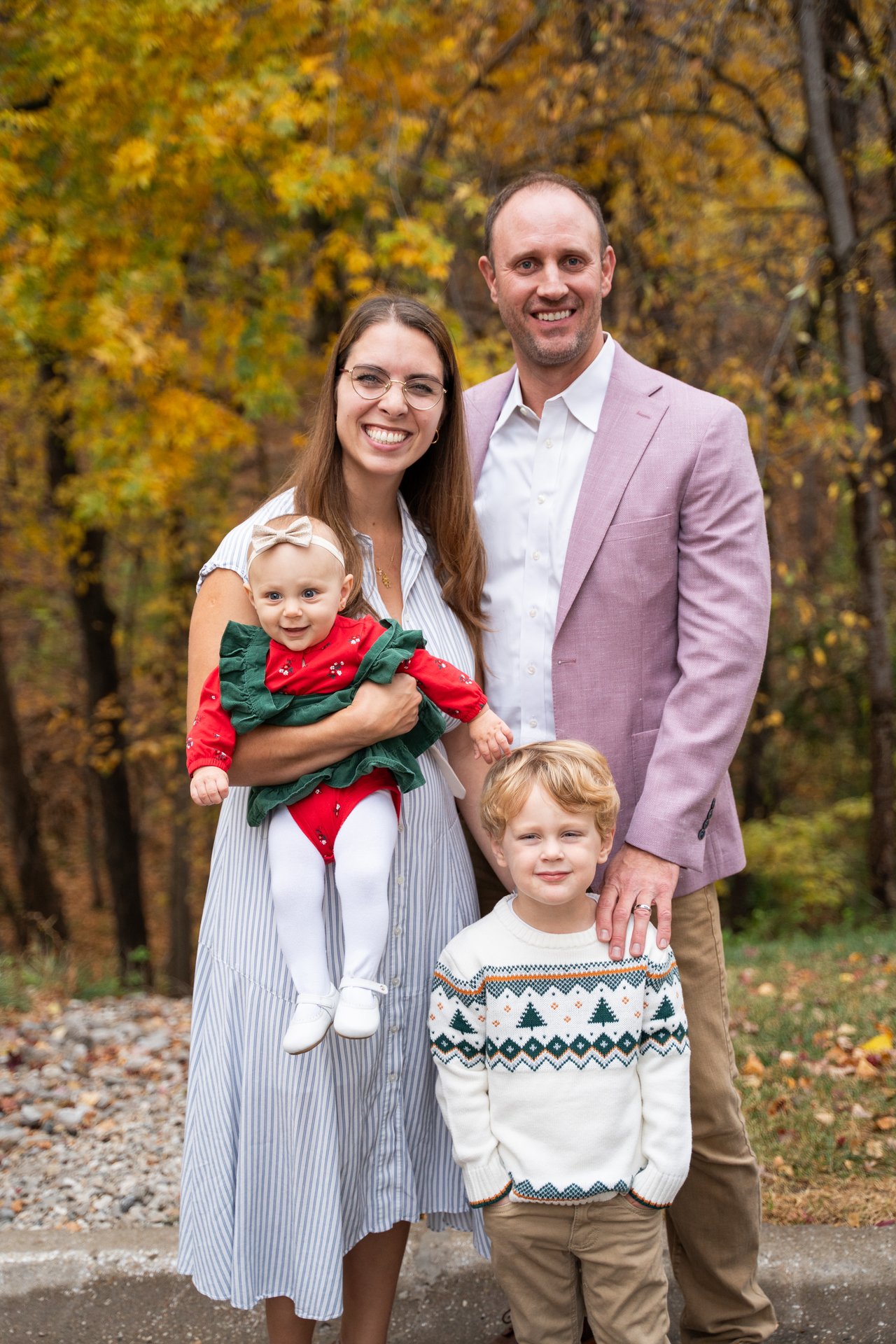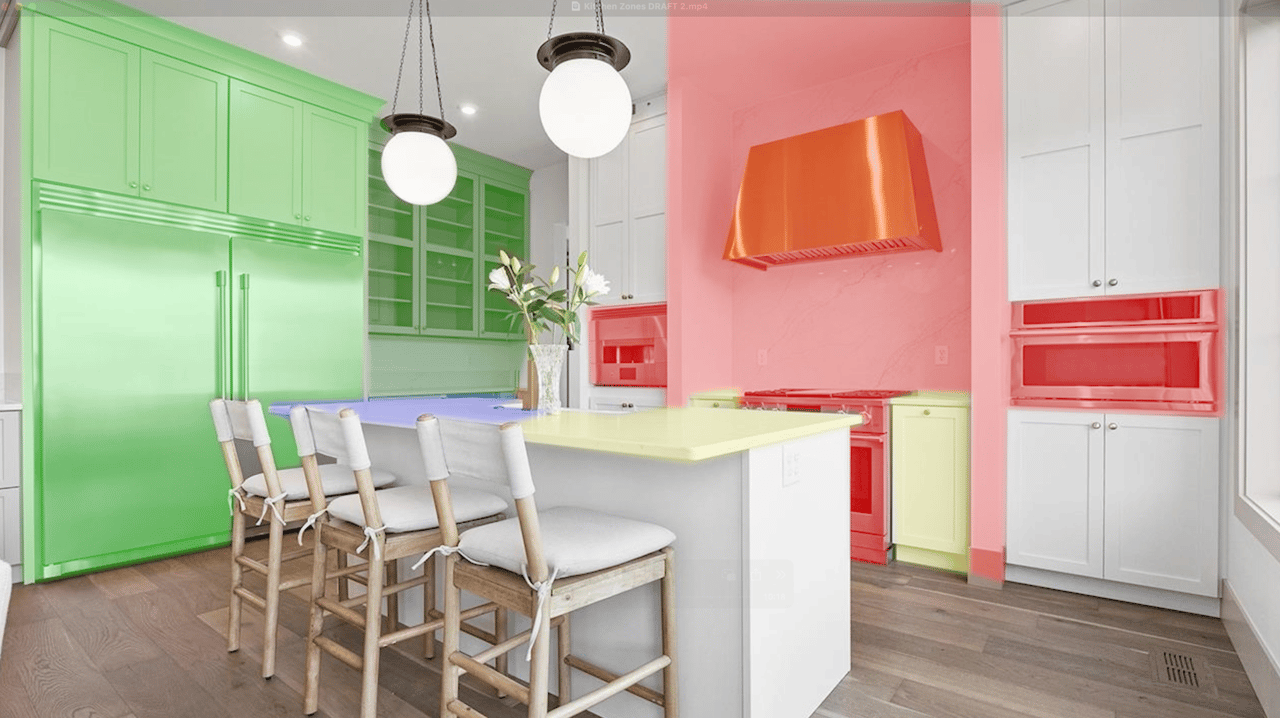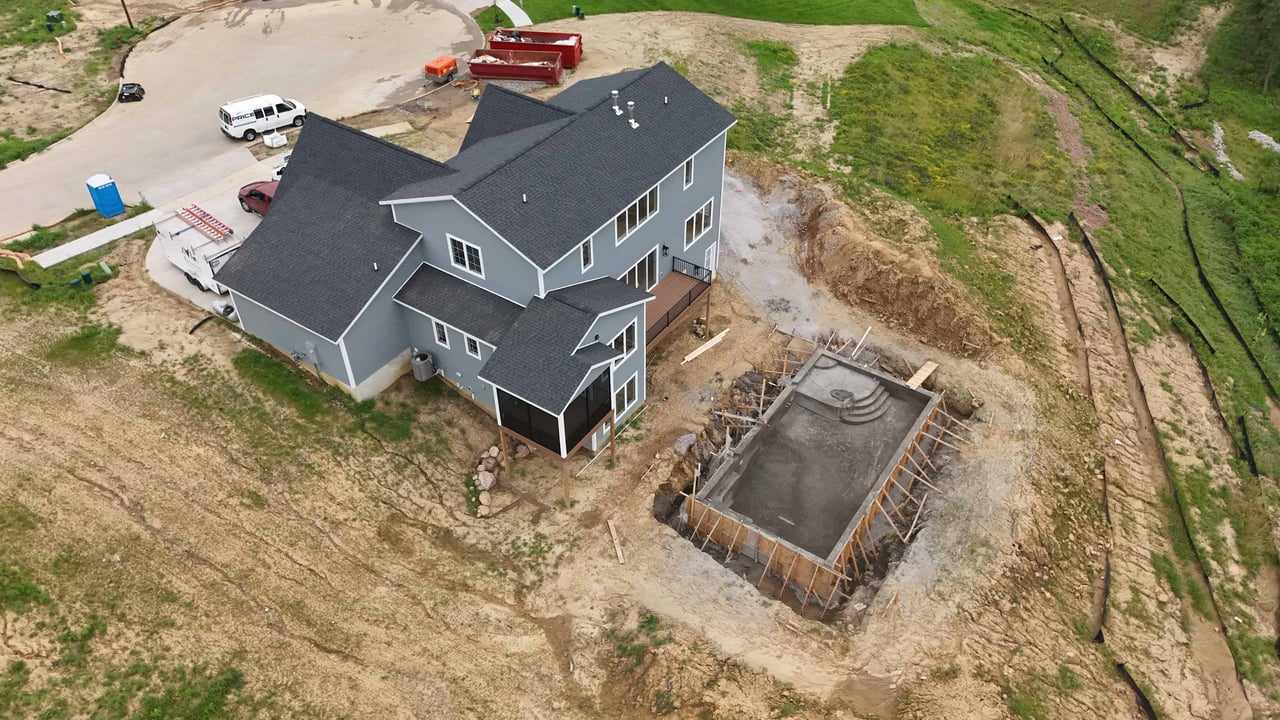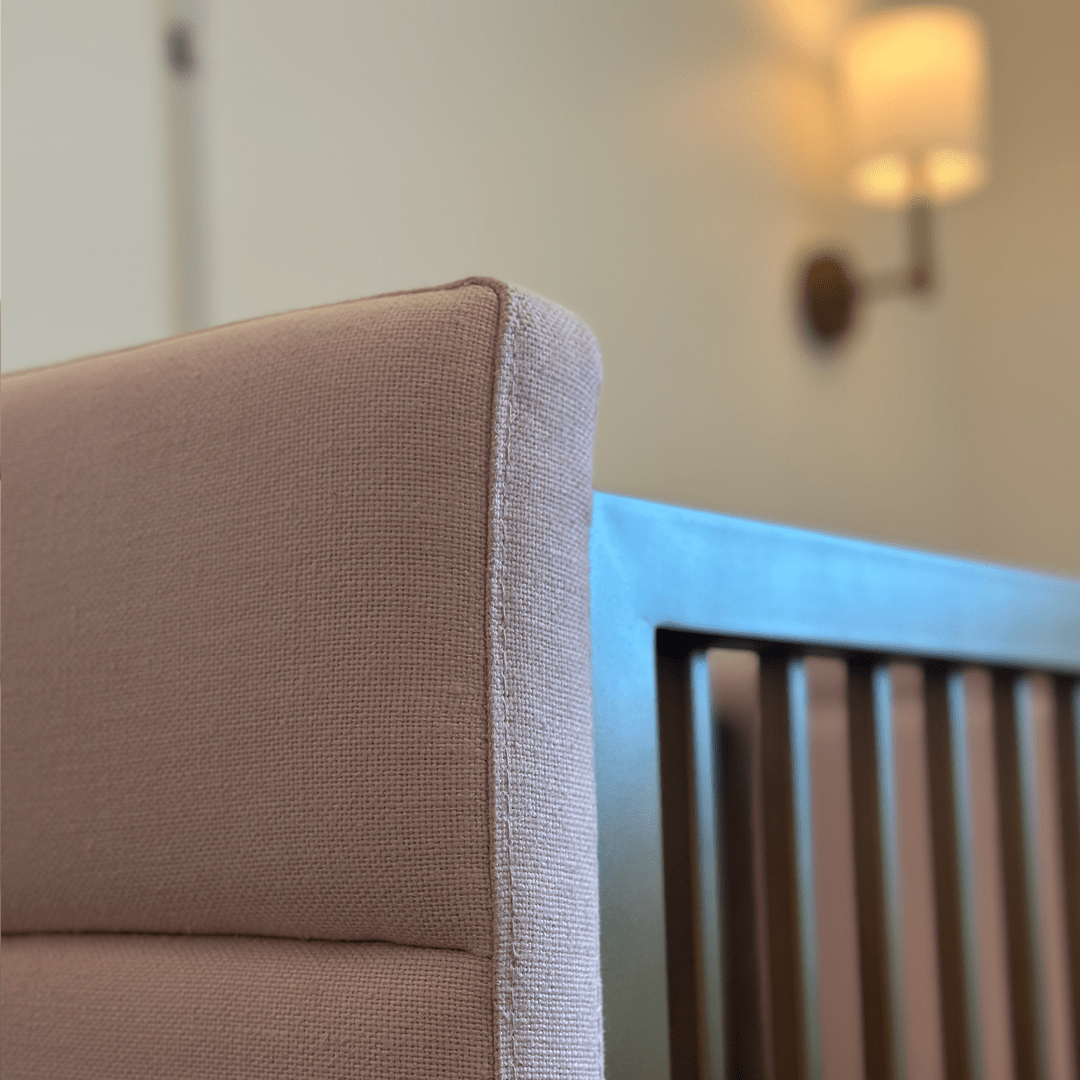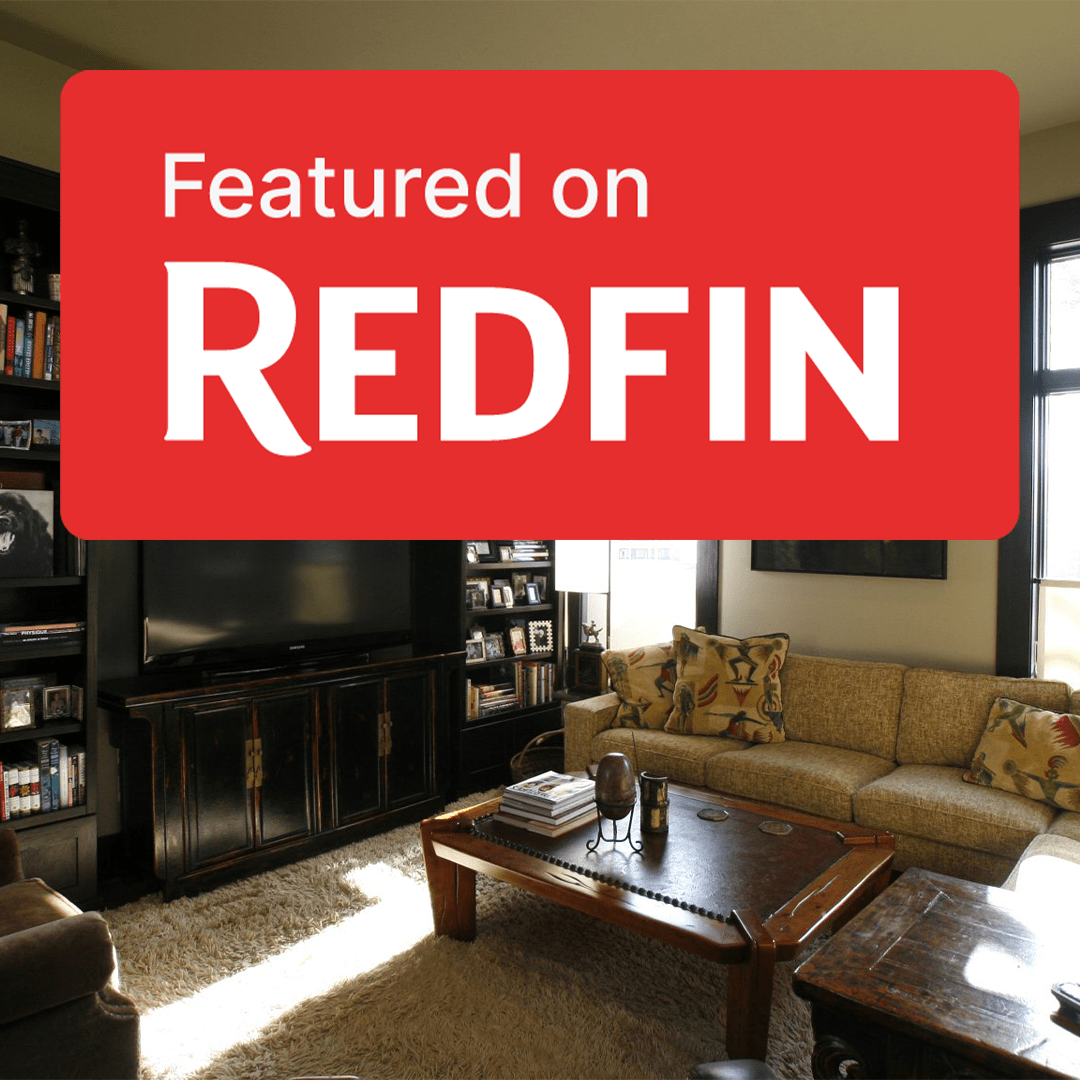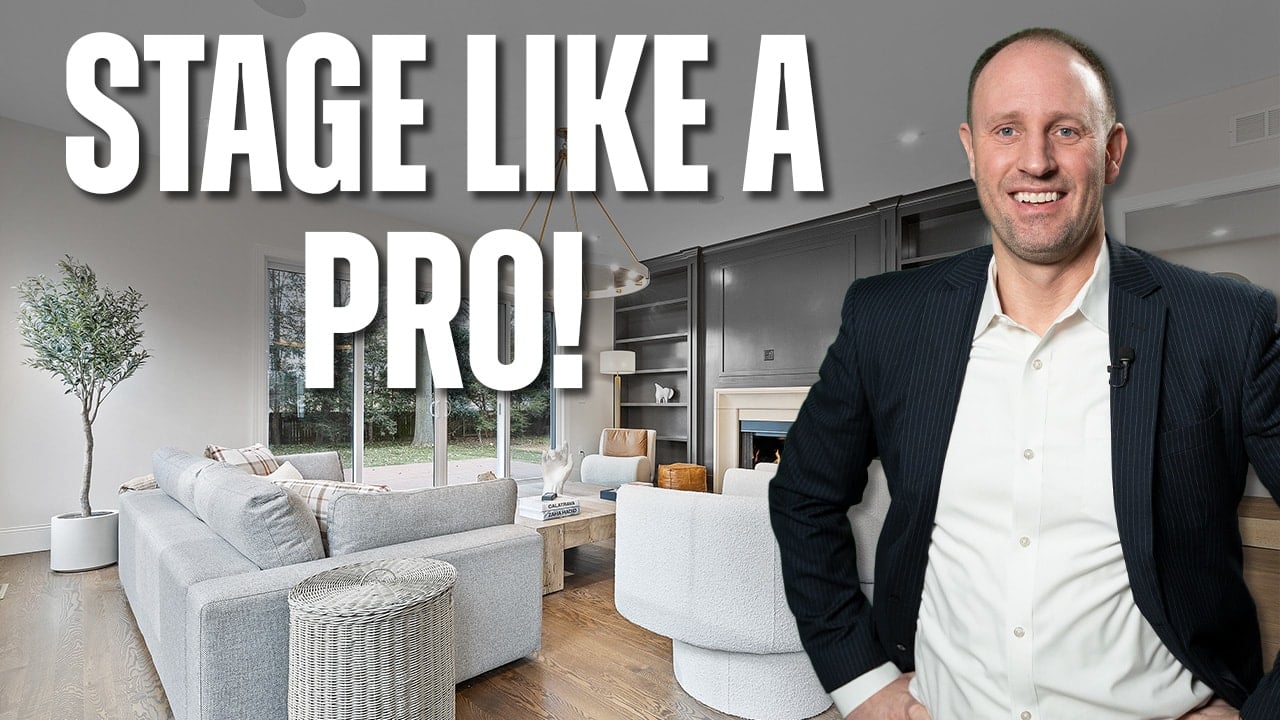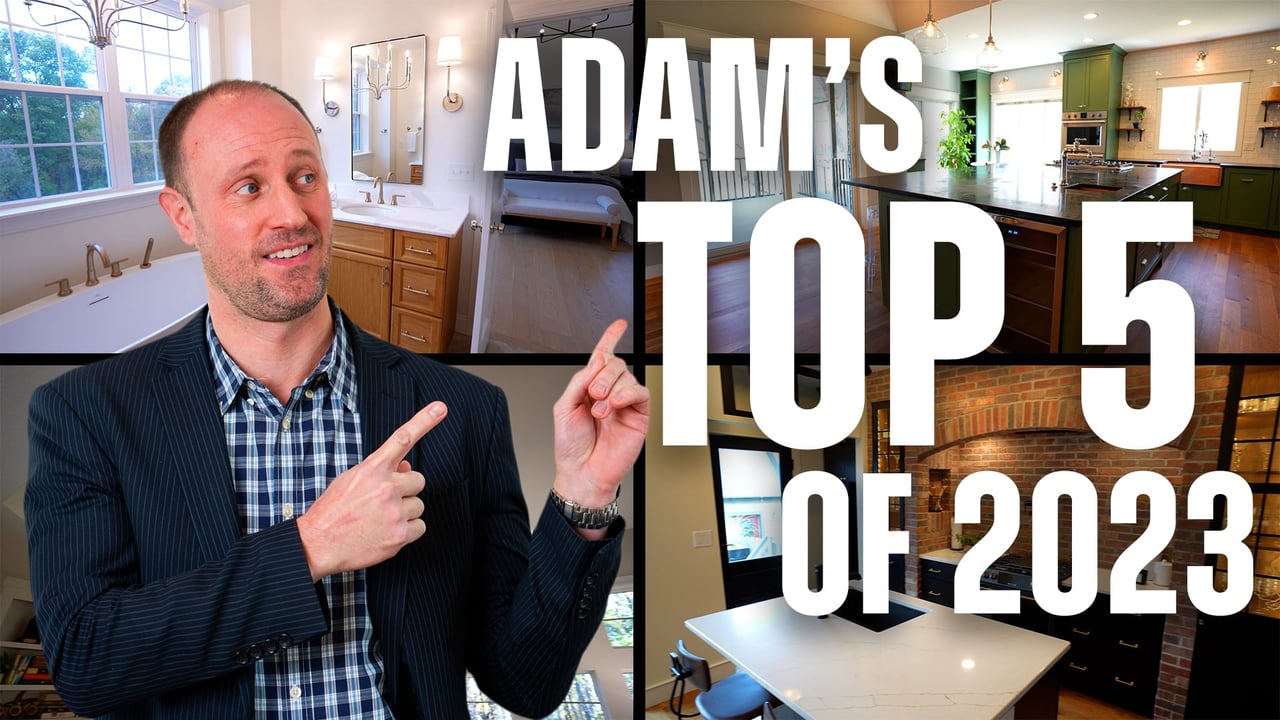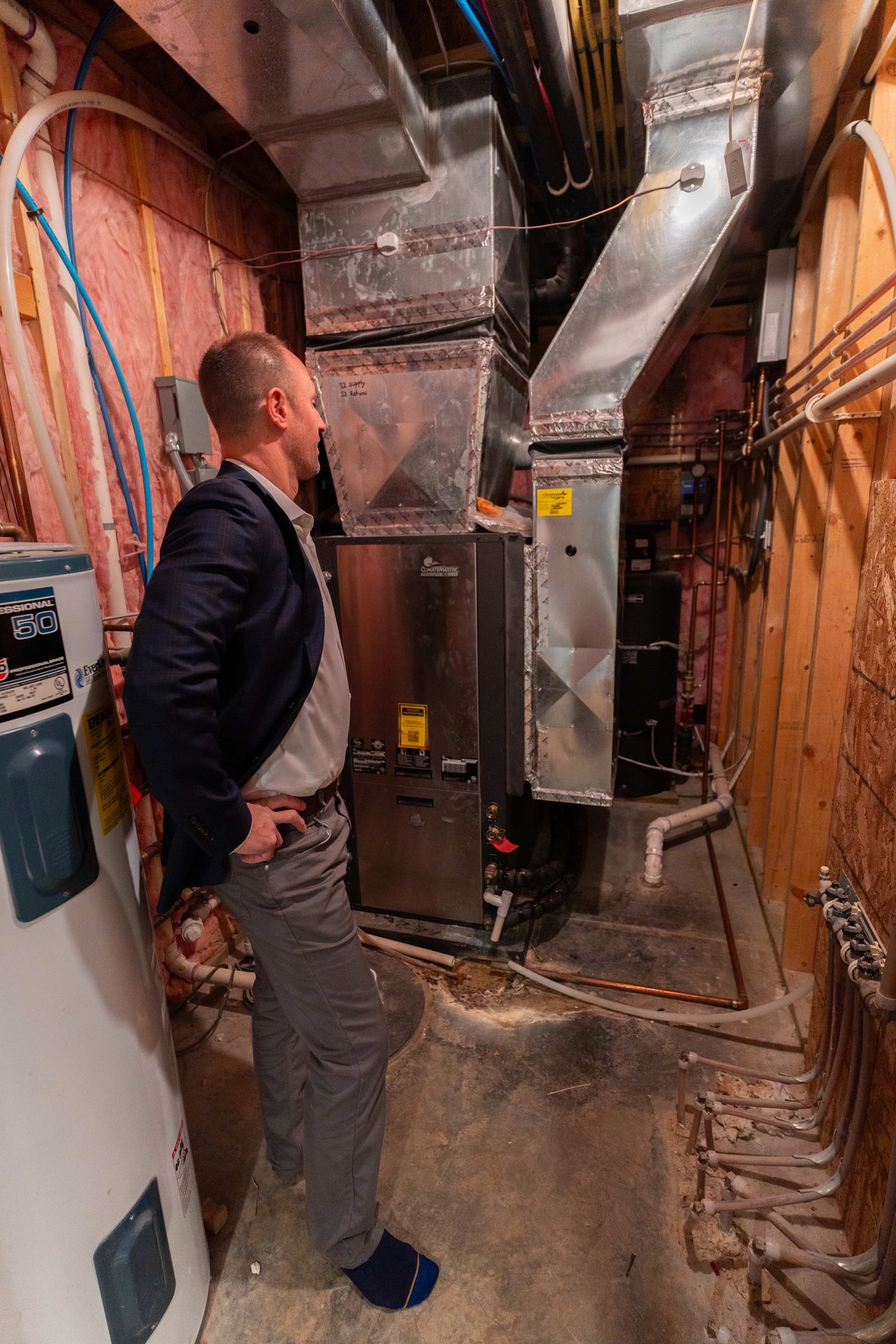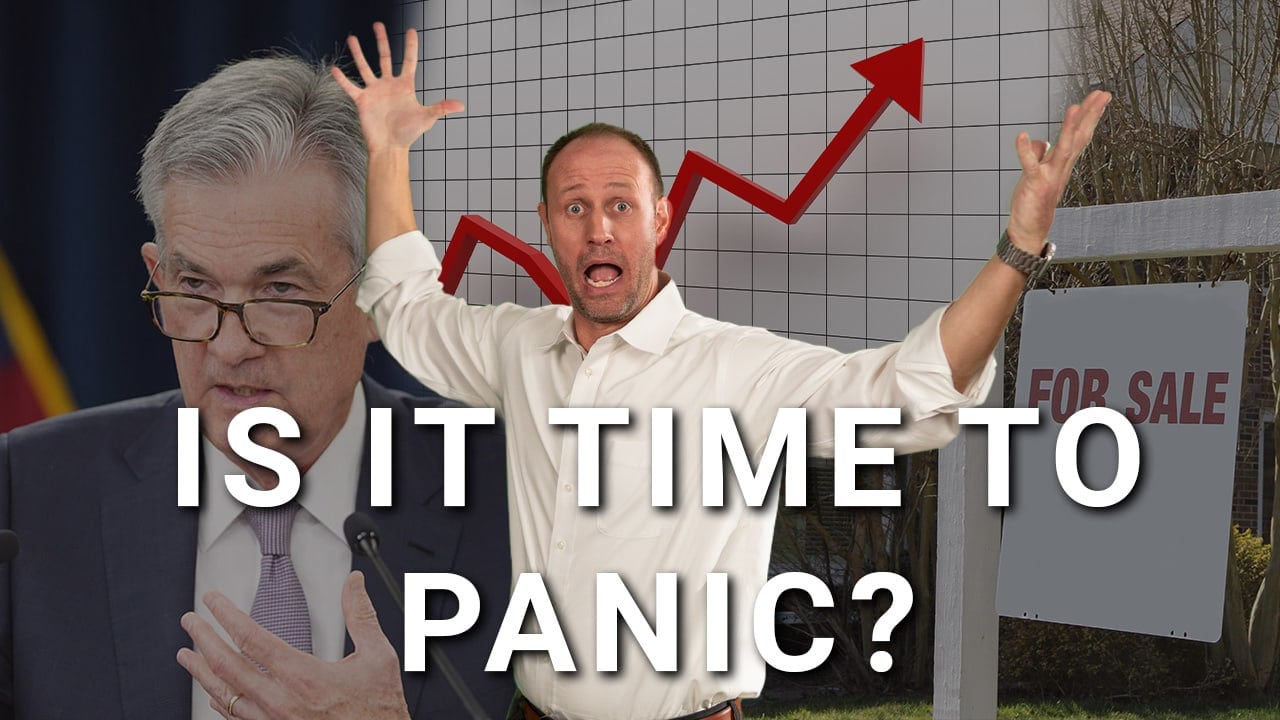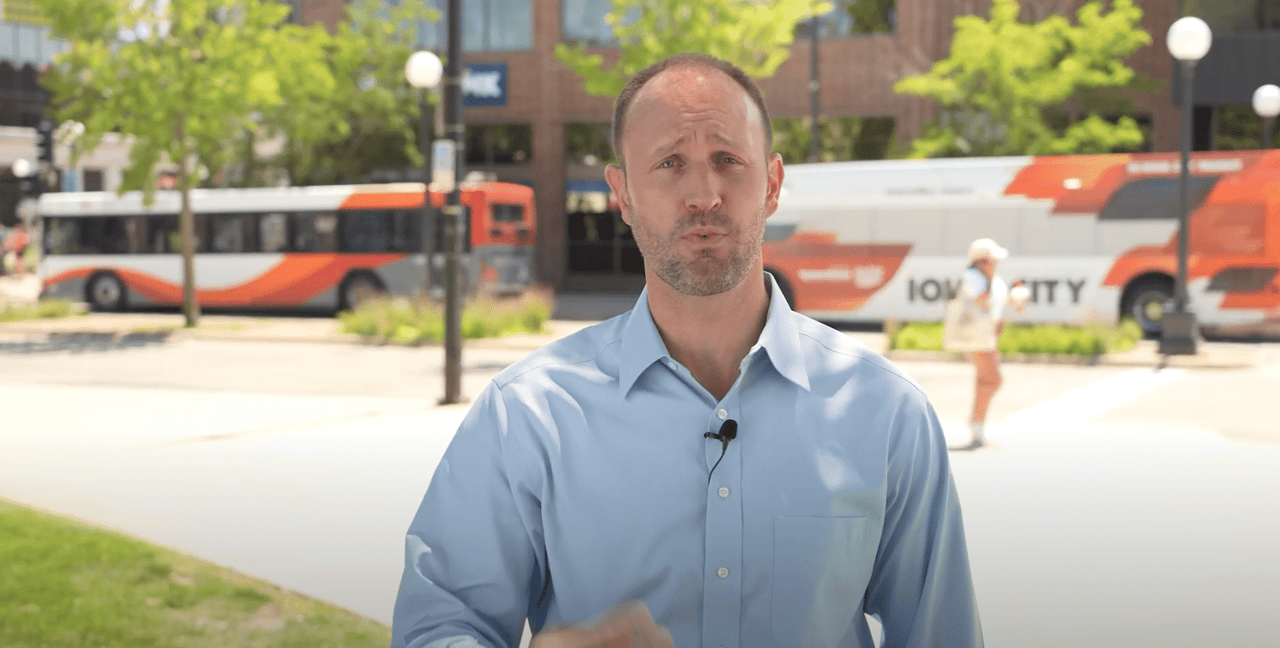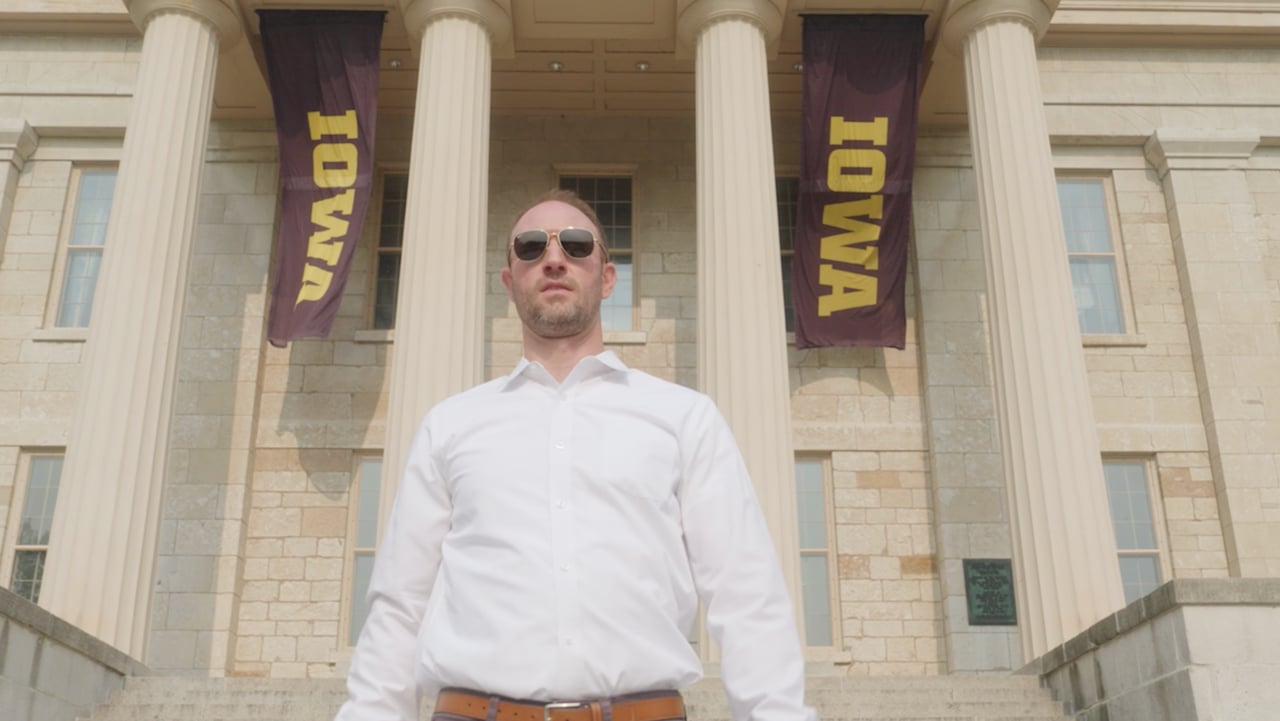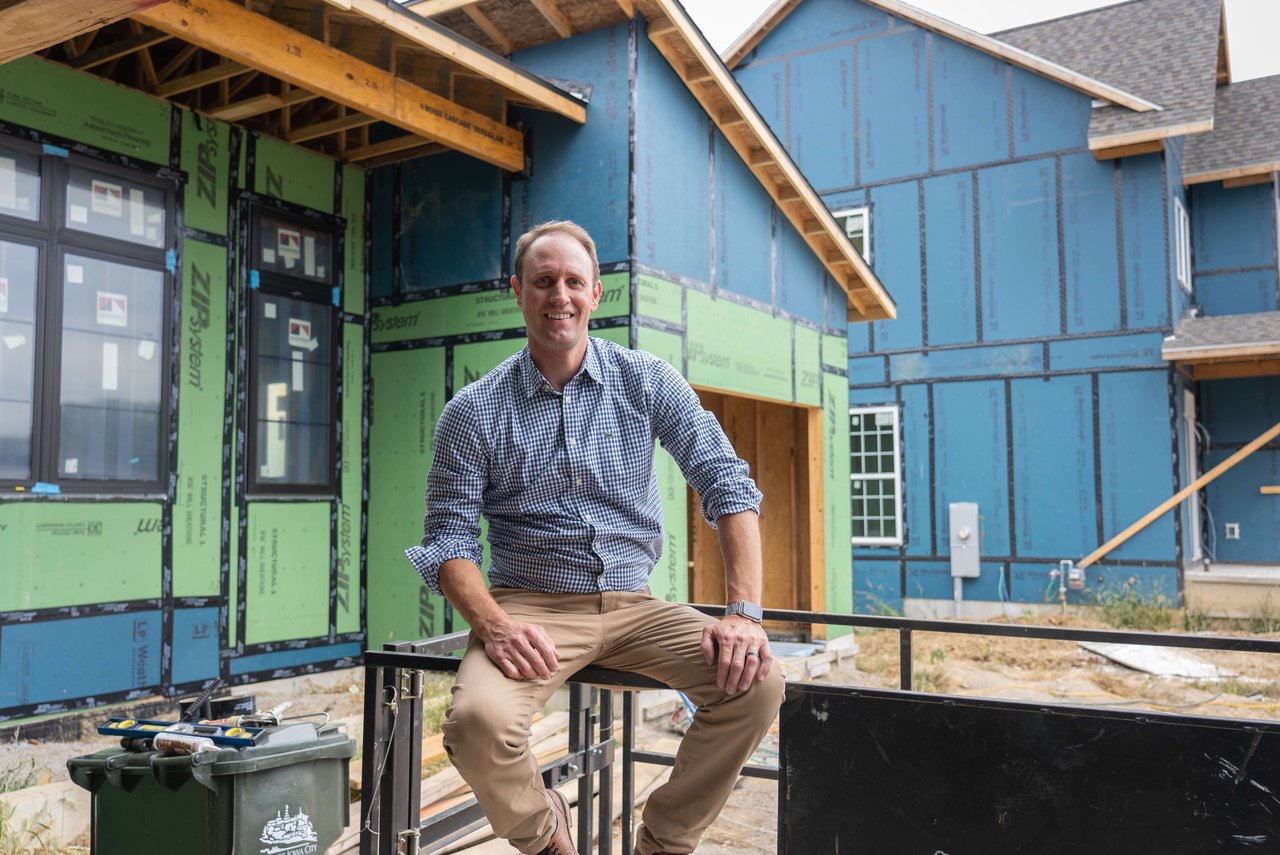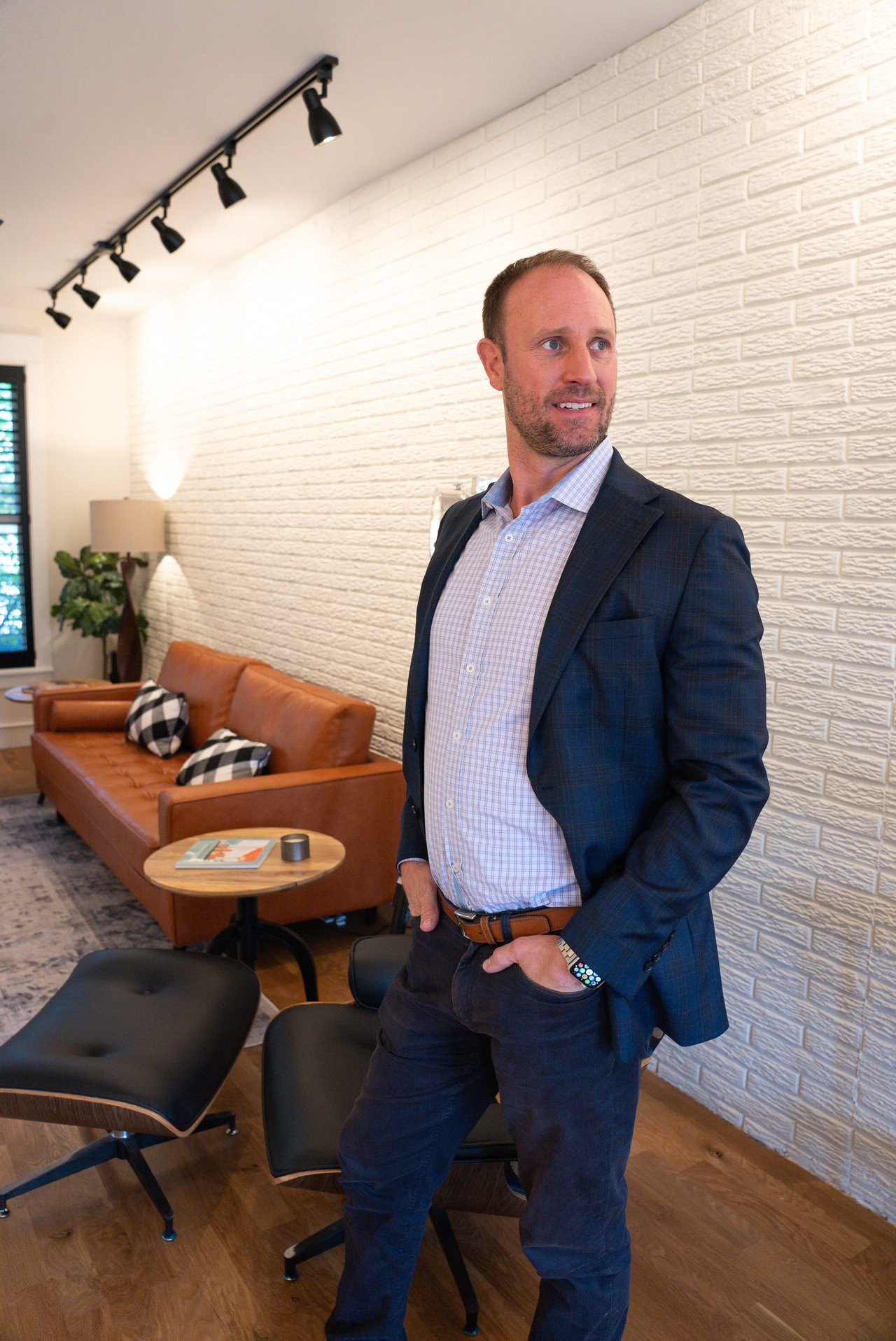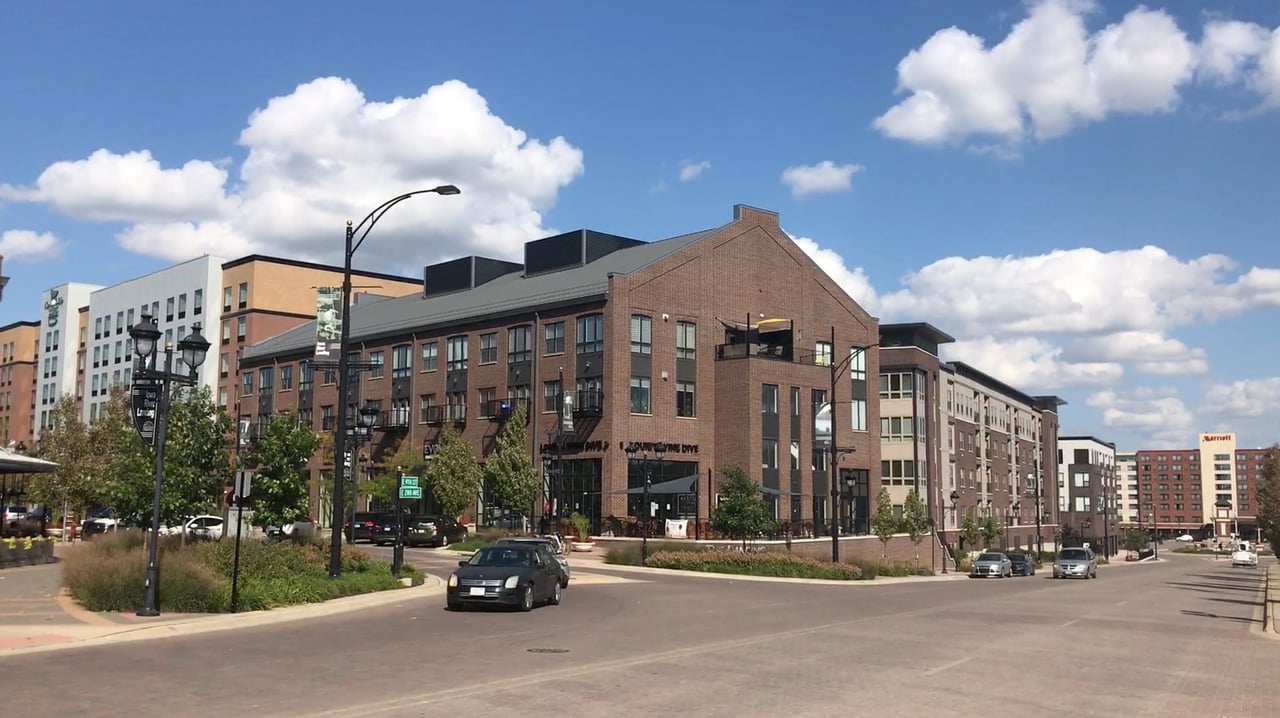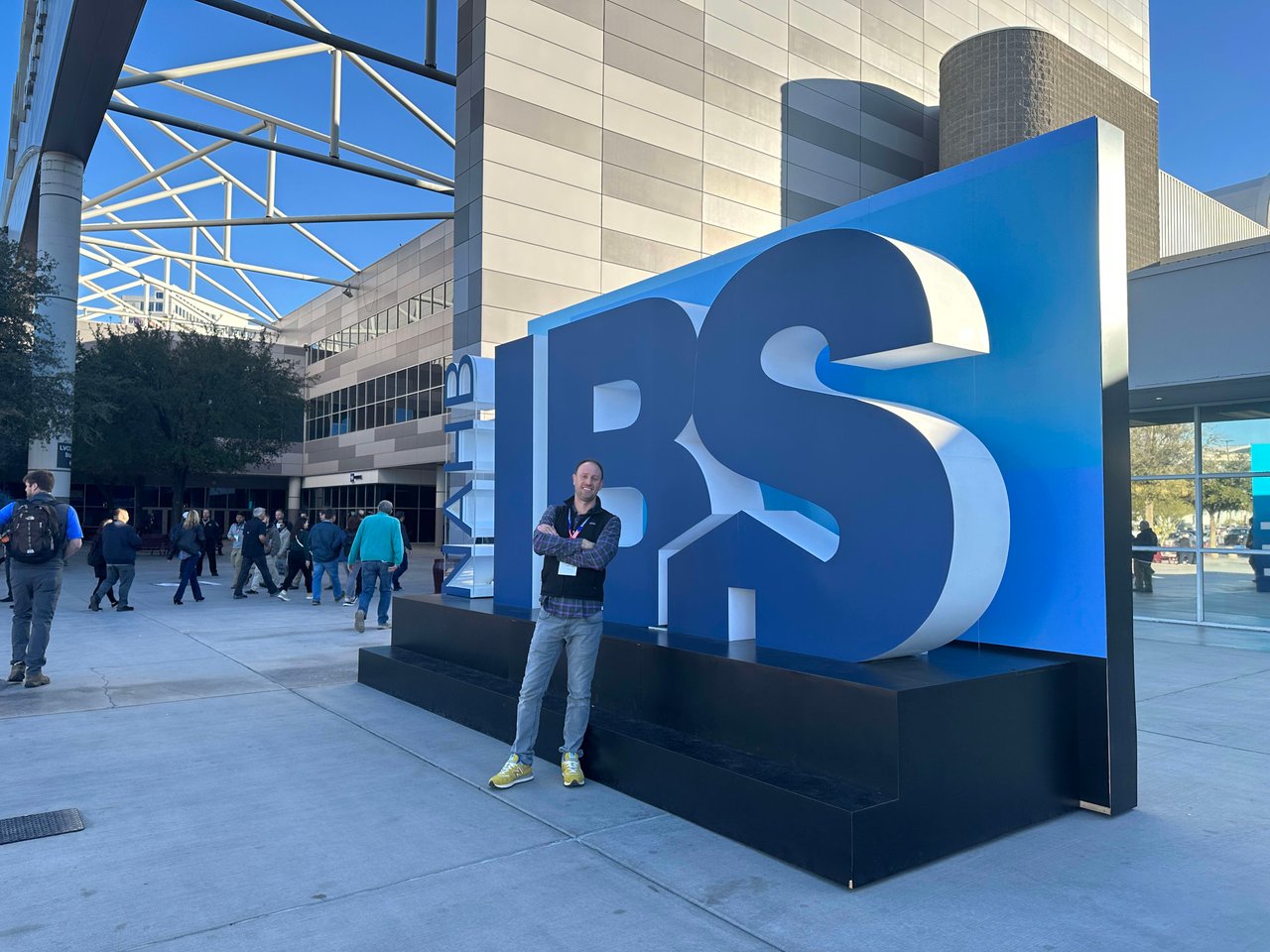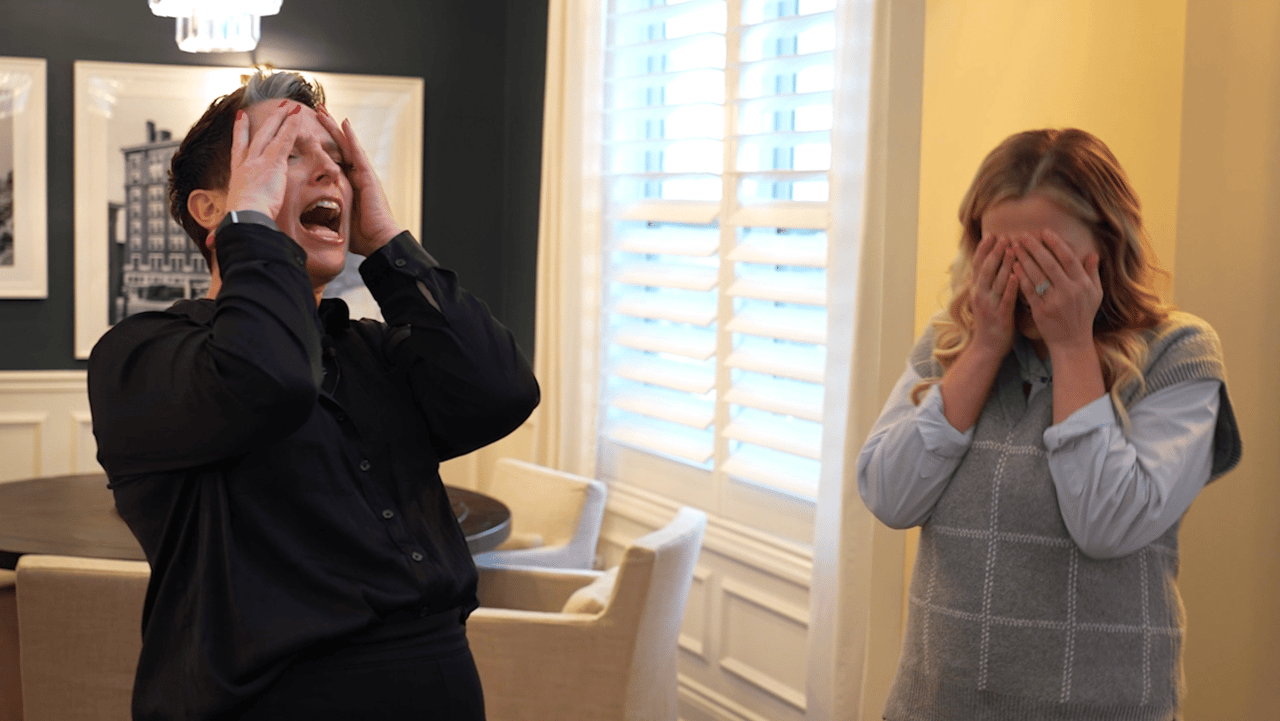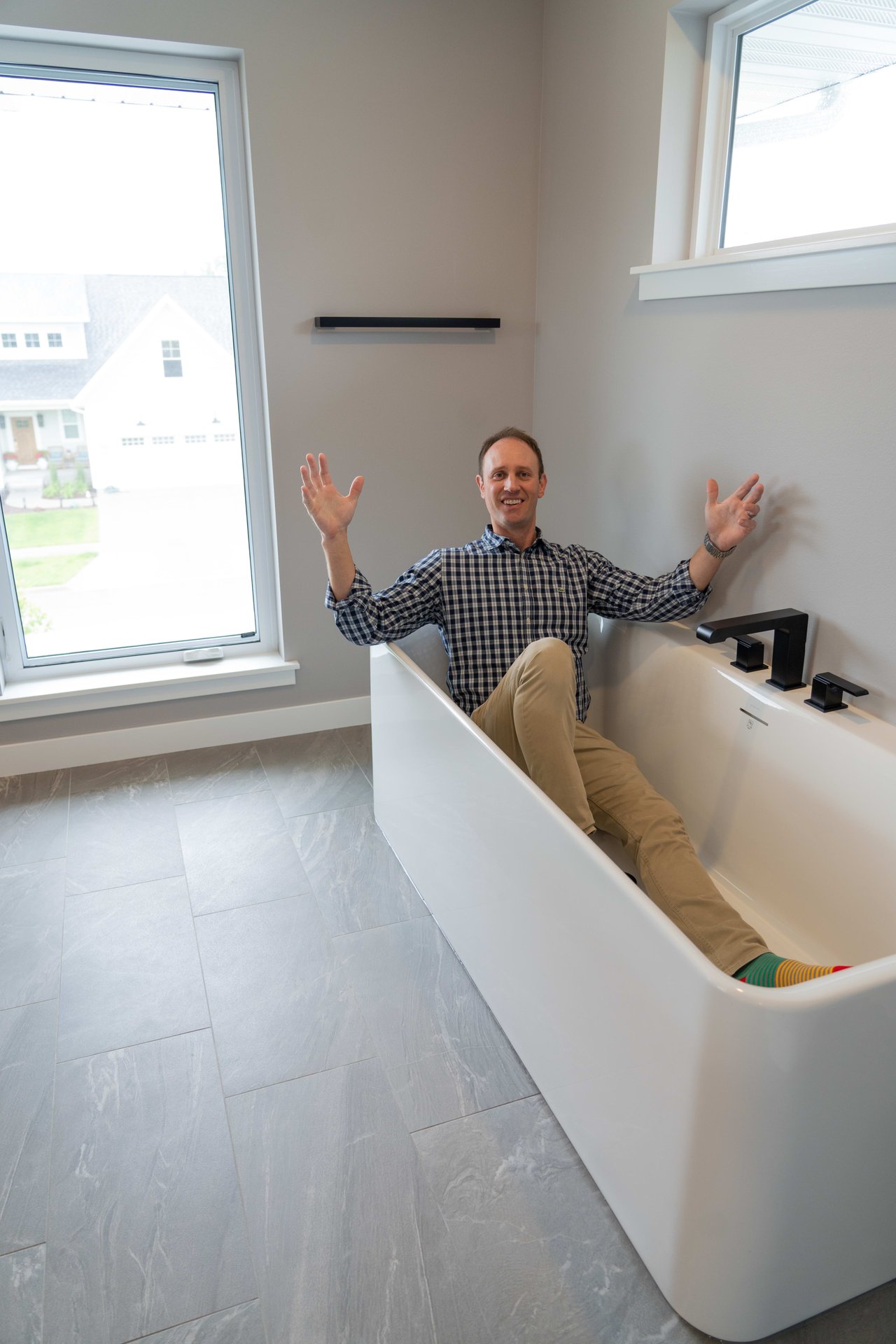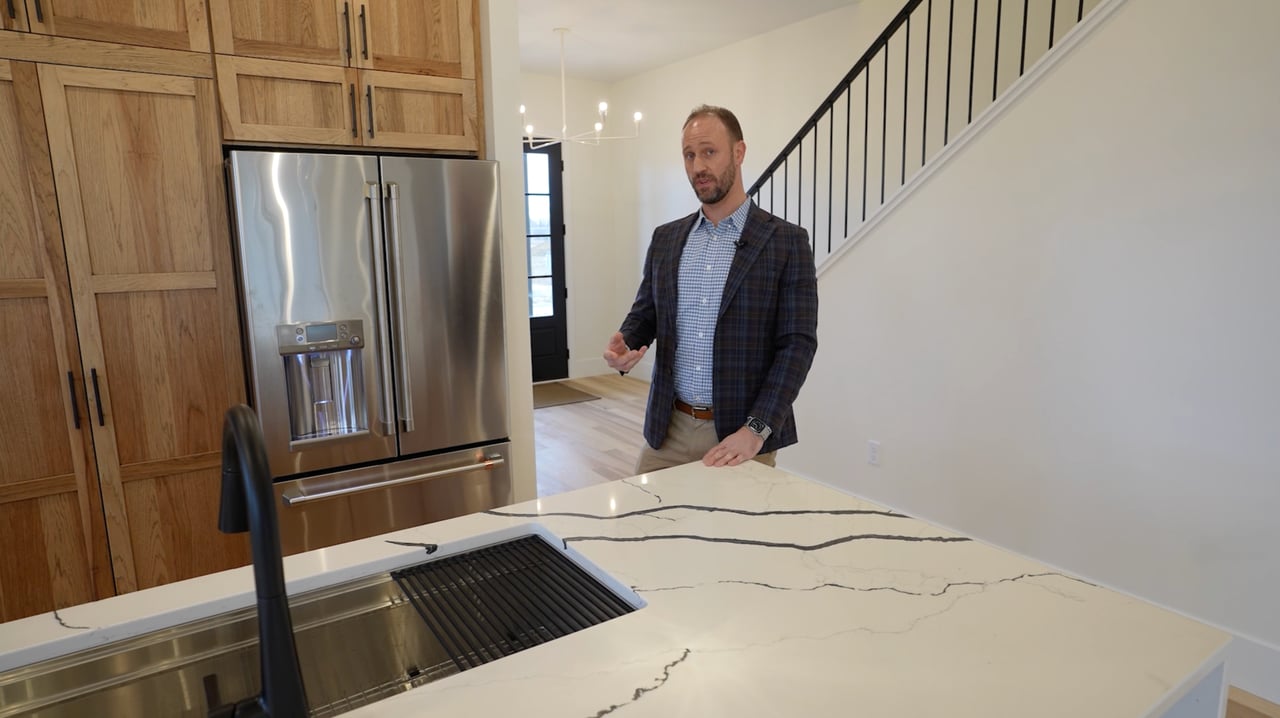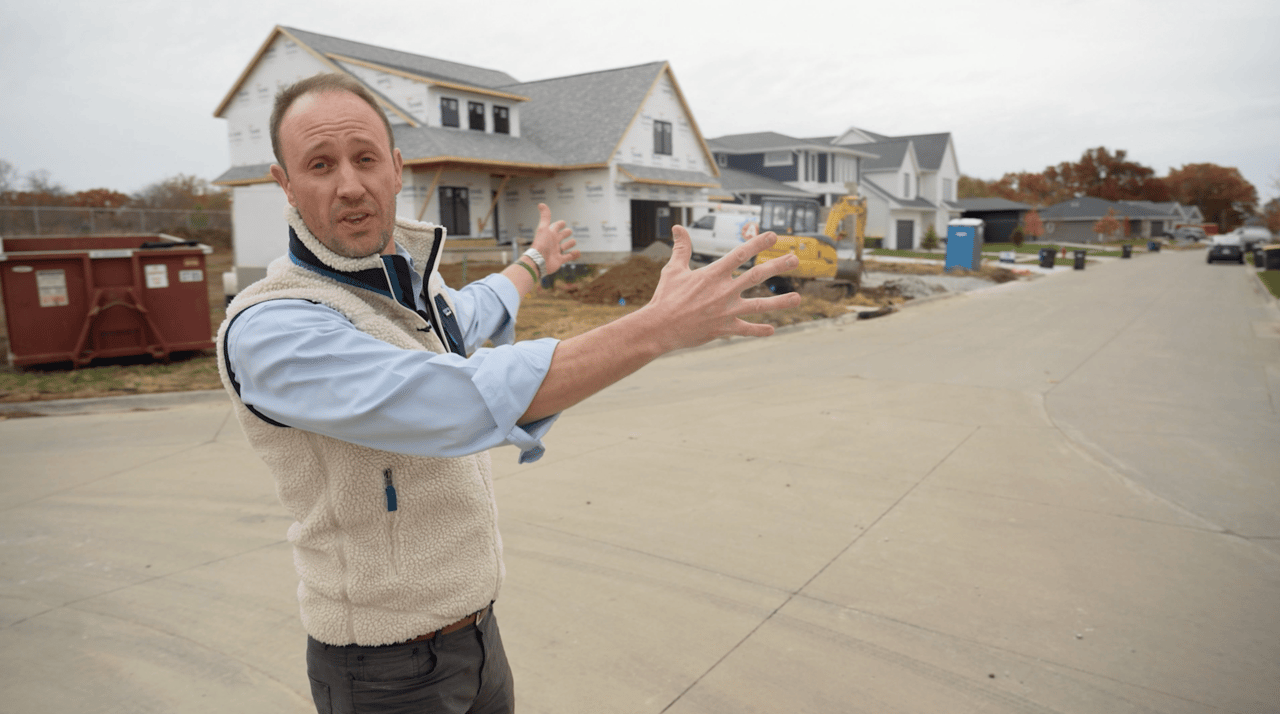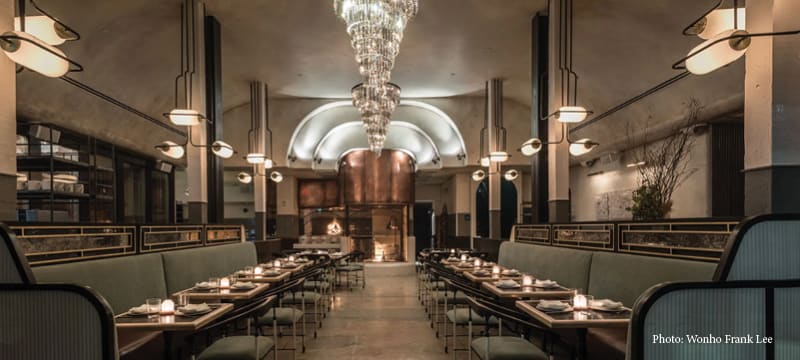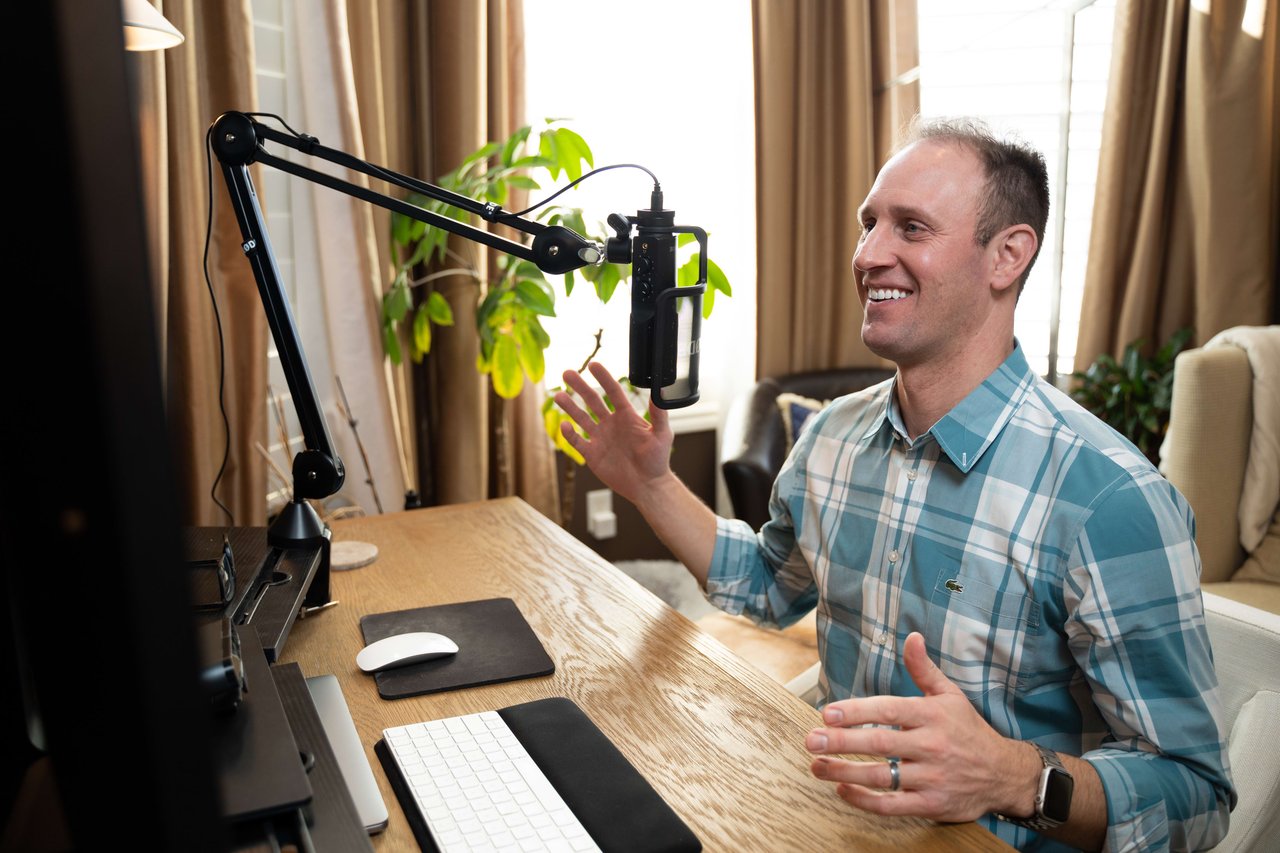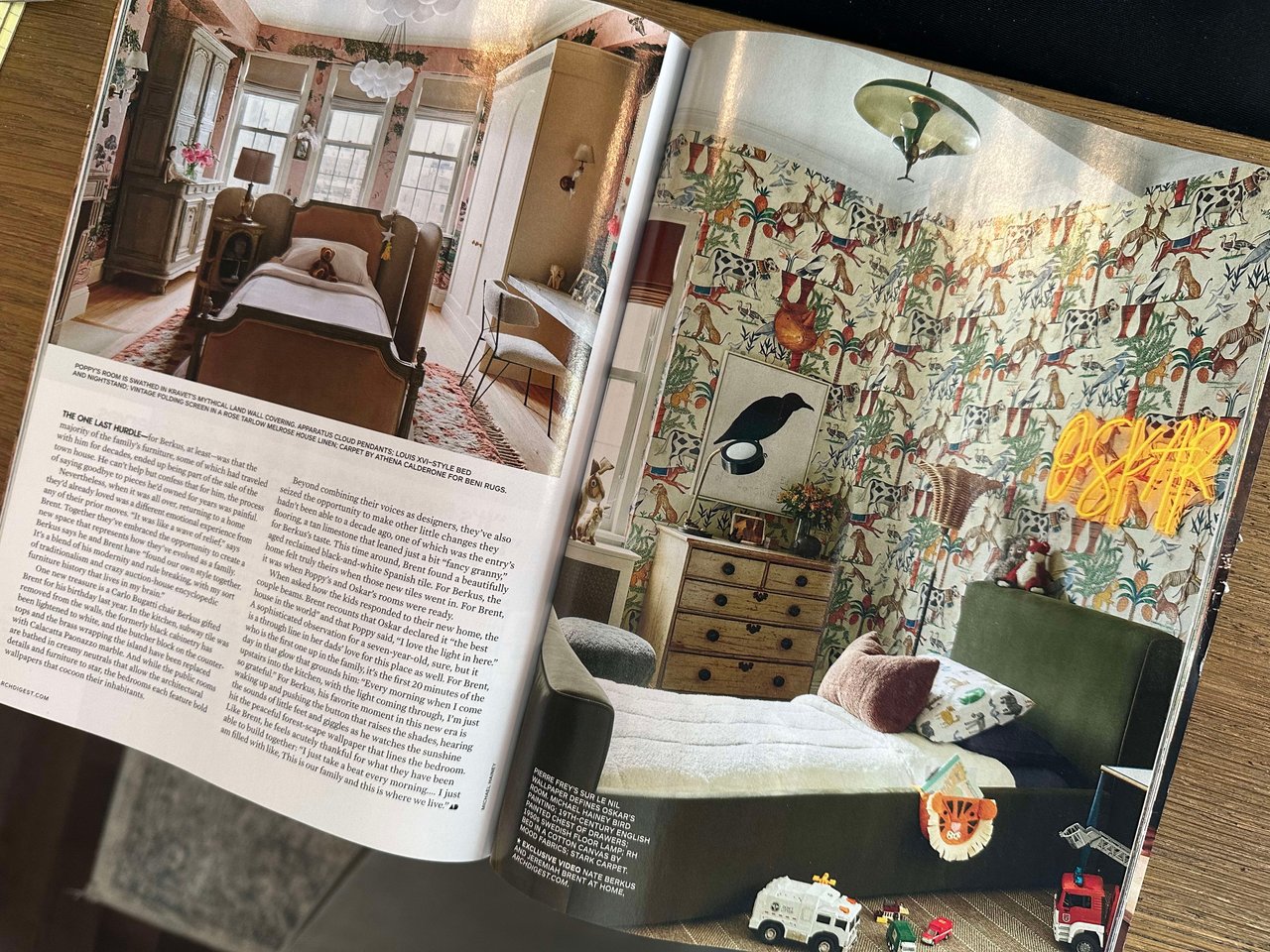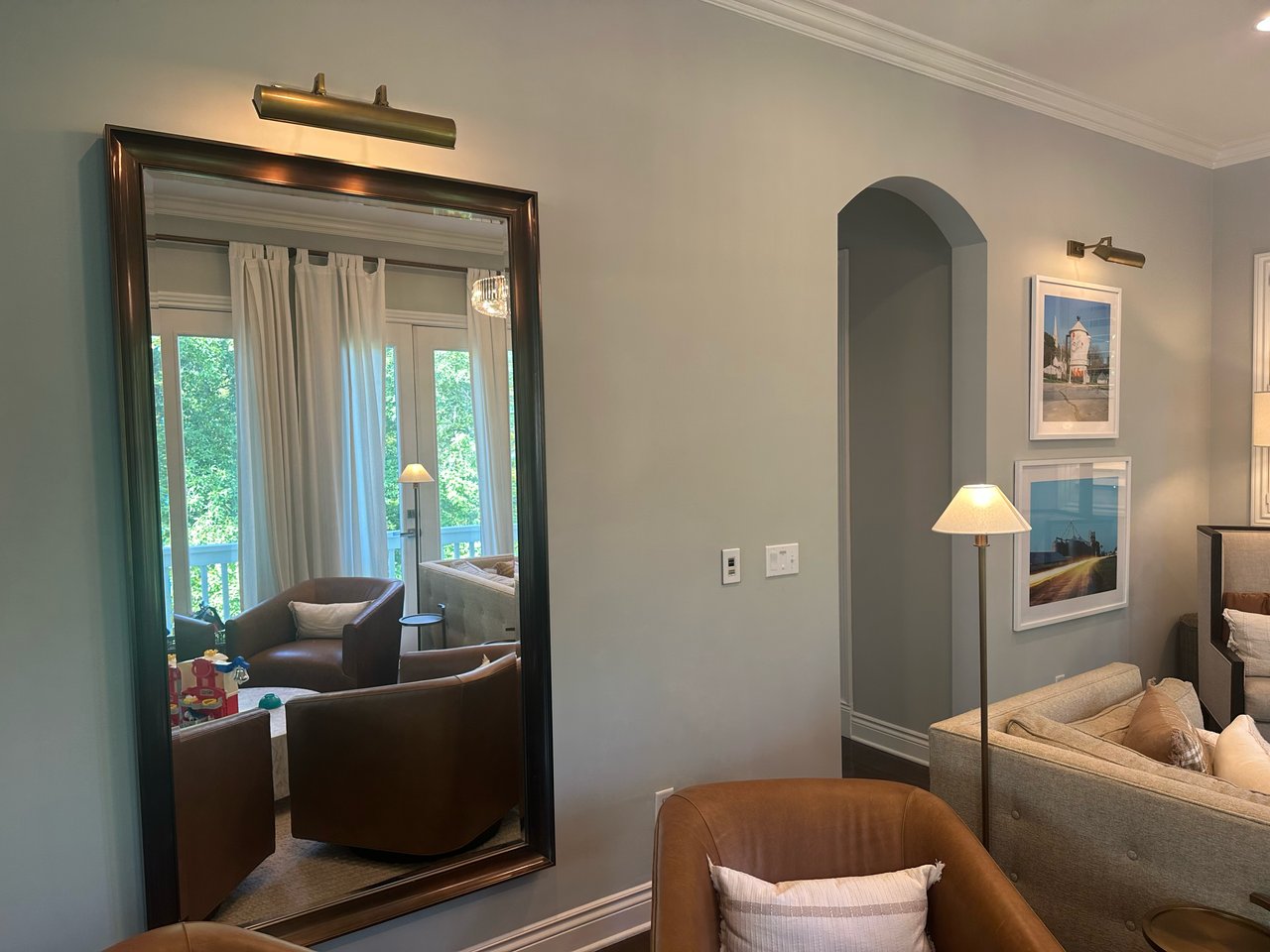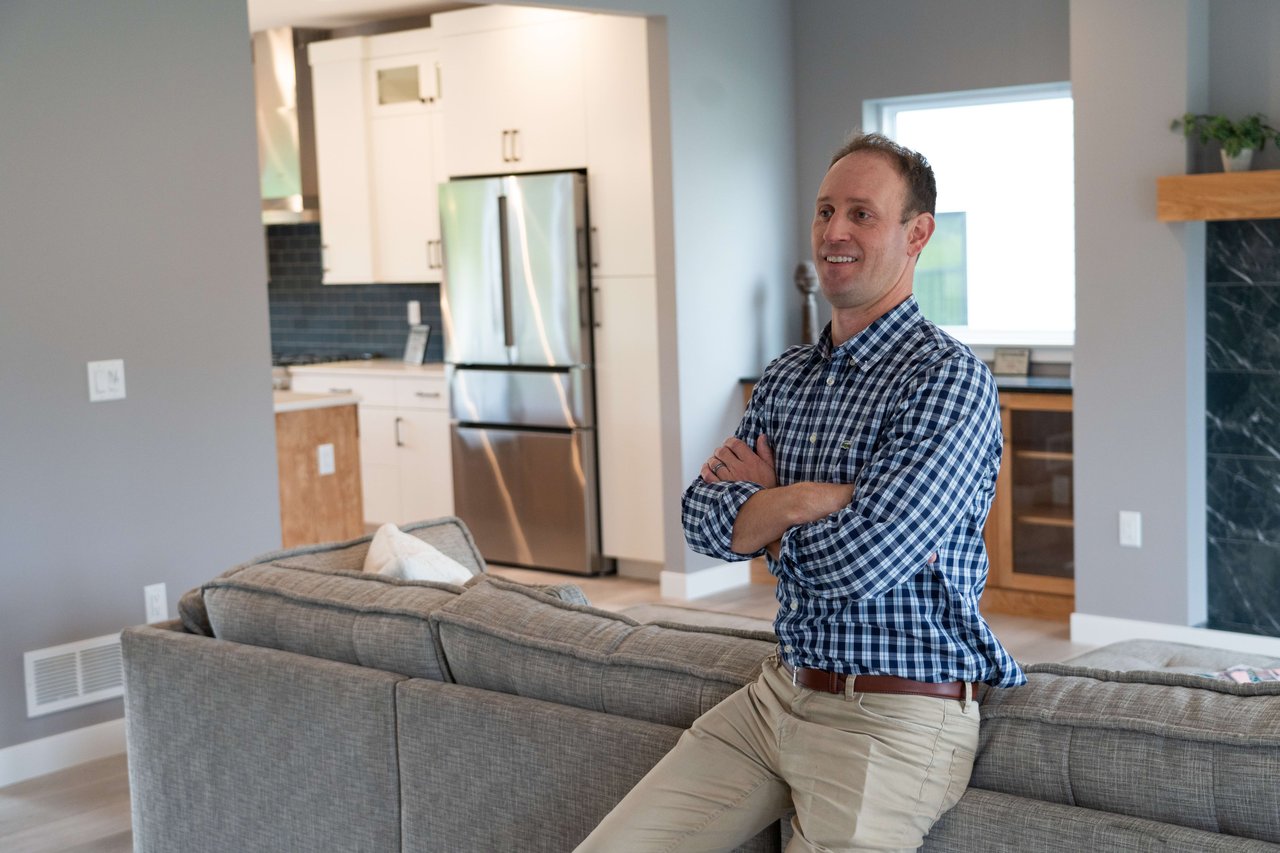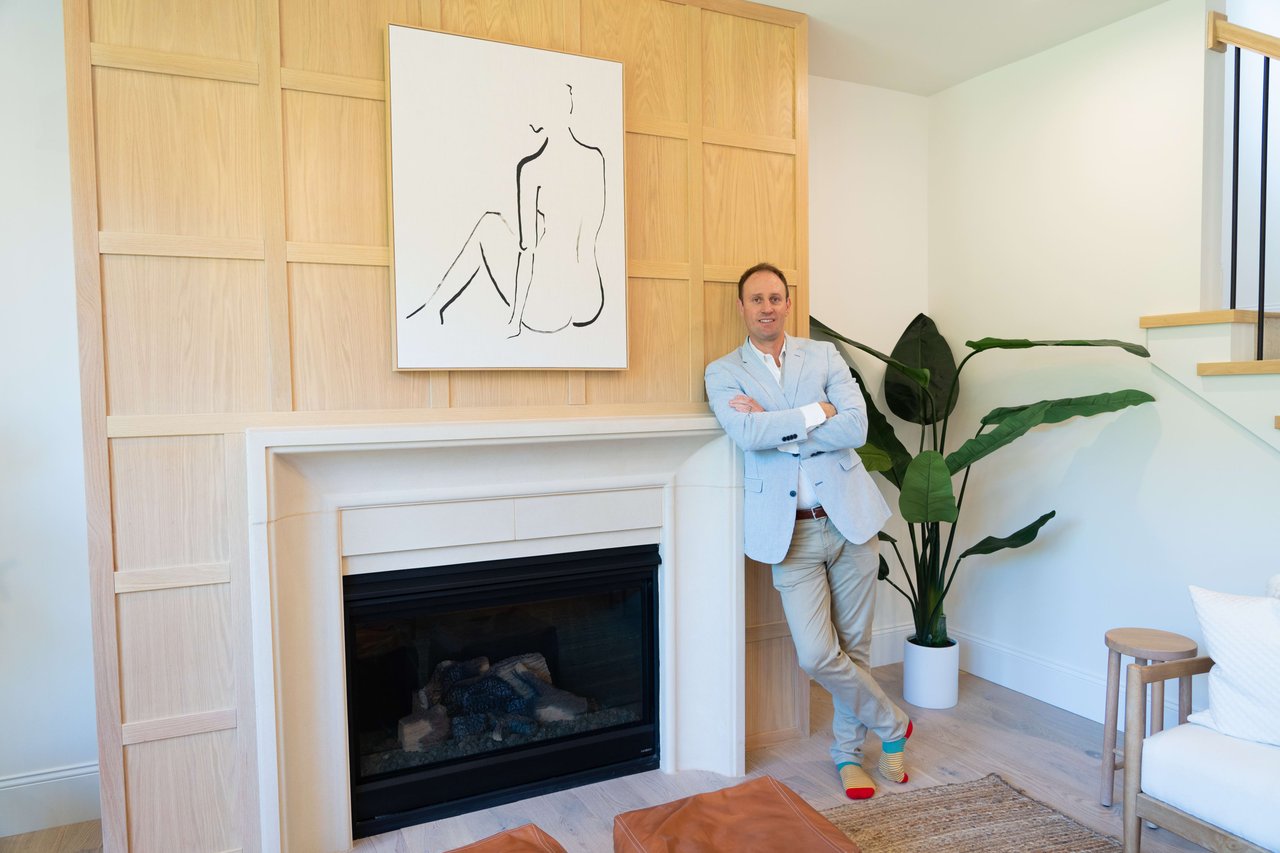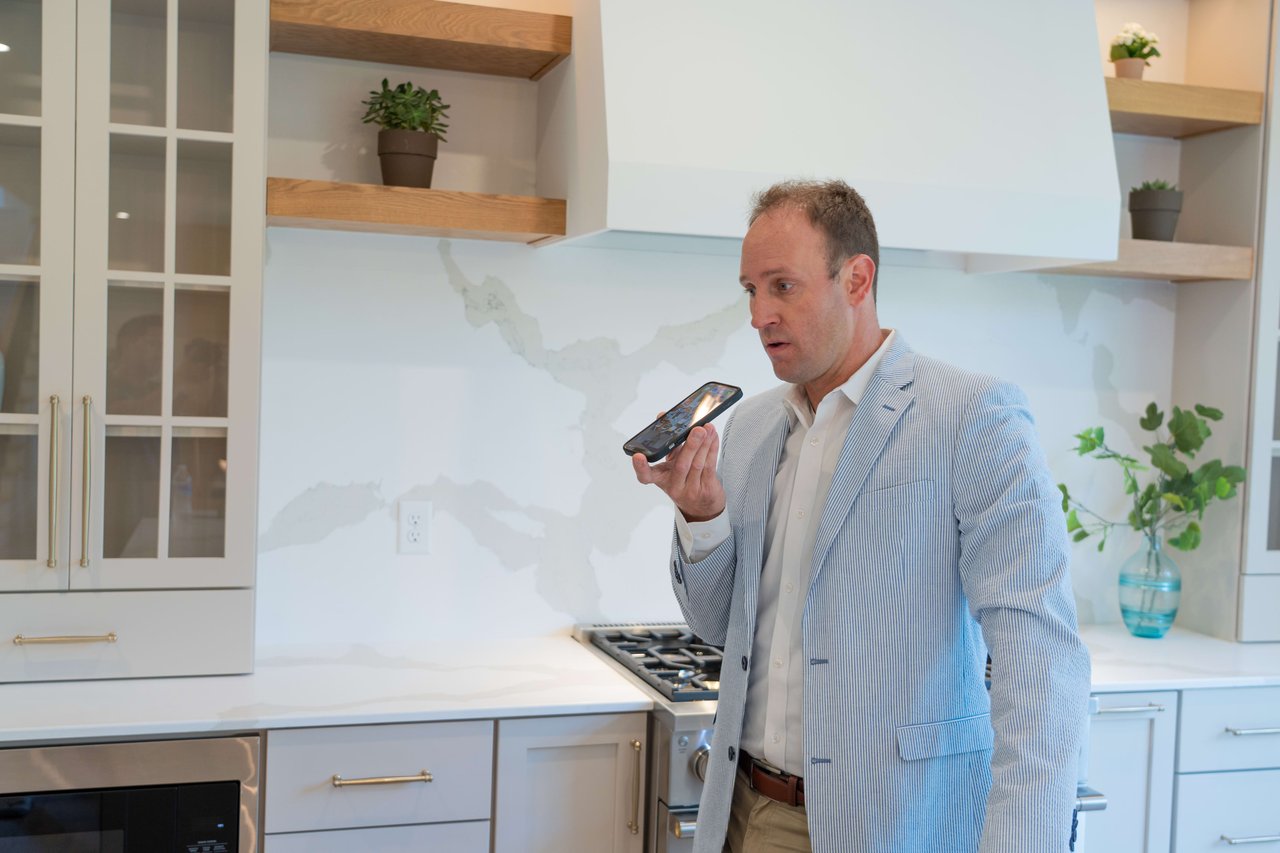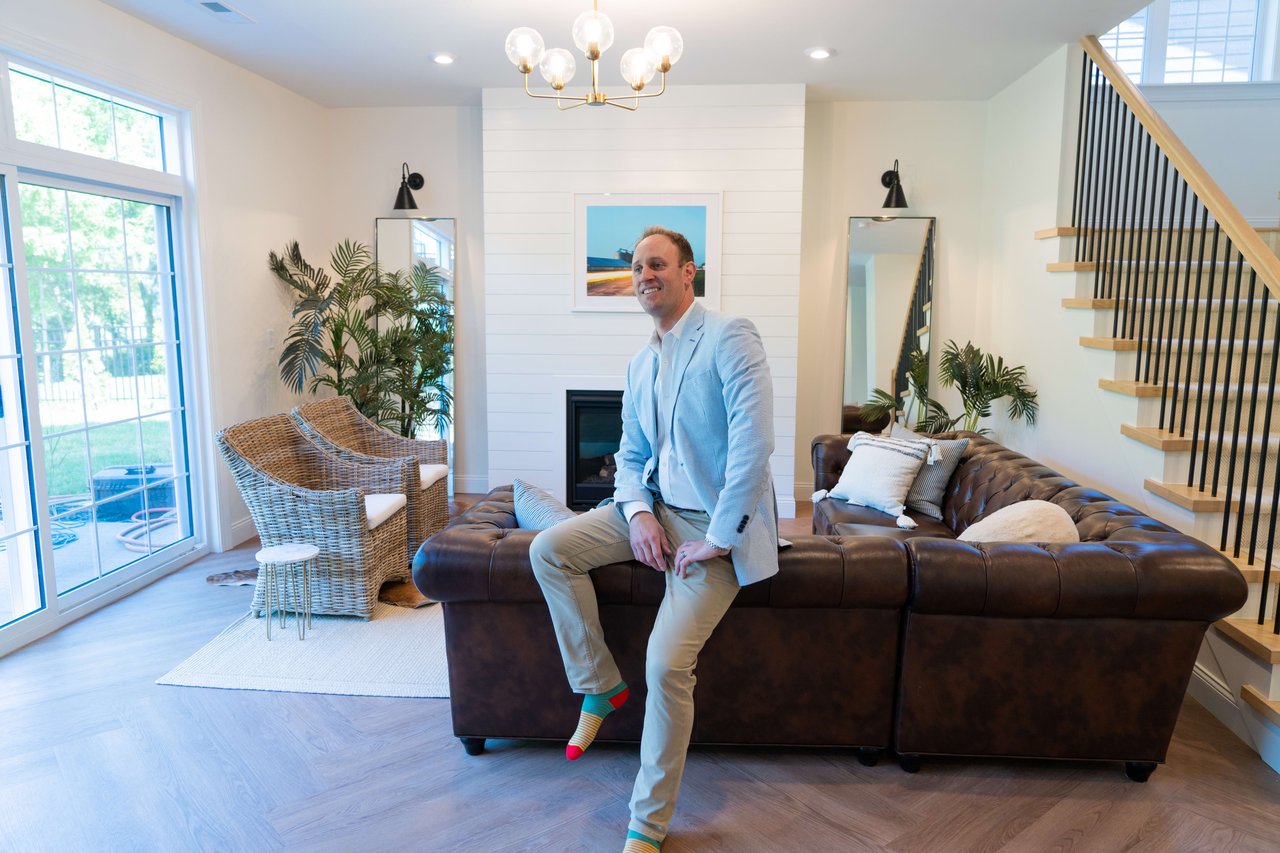Ask any loan officer and they’ll tell you it’s a hot real estate market. The number of mortgages have skyrocketed to levels so high that some banks have stopped doing refinance applications to keep up with the surge in buyer mortgage applicants. Without a doubt, it’s a Sellers’ Market and this is guided by record low interest rates, a post-pandemic trend towards suburbia, rise in new construction projects, strong growth within our area's local businesses and high demand coupled with record low housing inventory. So how did we get here and what’s ahead?
"It's a Sellers' Market and this is guided by record low interest rates, a post-pandemic trend towards suburbia, rise in new construction projects, strong growth within our area's local businesses and high demand coupled with record low housing inventory"
For a buyer in mid-March 2020, the interest rates were hovering around 3.65%. Then the global pandemic hit our nation with a devastating force catapulting interest rates in a downward trend that has continued to fall throughout the year. Today, that same buyer can afford a home priced ten percent more than they were pre-approved in mid-March. TEN PERCENT! This large buying power has attracted more buyers to the market who see new opportunities. This surge in interest caused the market to stay busy past the typical spring market continuing throughout the summer, a typical slow purchasing period for home buyers. And it hasn’t stopped, the pandemic has continued longer than originally hoped with lockdowns and working from home retuning buyers housing needs and wants.
"Today, that same buyer can afford a house priced ten percent more than they were pre-approved in mid-March"


The pandemic has changed buyers trends with a boom in suburbia growth and an exit from city centers as isolation has increased the need for more room. The exodus is amplified as city amenities such as restaurants, gyms and social/leisure businesses remain in limited capacity or are closed due to the pandemic. New buyer trends include functional home offices, home gyms, outdoor living spaces, and interior design trends towards cozy, simple and clean interiors such as open floor plans, lighter wall colors, no clutter, houseplants, and indoor-outdoor connections. Suburban homes were already at a shortage as new construction—which has been increasing nationwide with the new construction industry continuing to have strong job growth—struggles to keep up with demand in areas from Tiffin to North Liberty to the east side of Iowa City are expanding their city boundaries.
Land has been at a shortage in Johnson County for the past few years with the price for a residential lot doubling in just under four years. Finding a lot to build on is very challenging and helped fuel new cities to grow such as Tiffin and the edges of North Liberty. On the east side of Iowa City, growth had remained stagnant for the past few decades but is now seeing a resurgence as the popularity of suburbia rises and city centers decline. This growth has occurred during a turbulent time for the new construction segment when prices have been increasing due to increased labor costs, the trade-war and now a pandemic. Since the price of a resale home is based on the price to build new, home prices are rising across the area complicating the housing inventory levels for certain price ranges. The driving factor around growth in new construction is the local population growth.
The pandemic has changed buyers trends with a boom in suburbia growth and an exit from city centers

Our metro area is about 130,000 people from Iowa City to Coralville to North Liberty to Tiffin—a growing metropolitan area whose city’s borders are becoming more blurred. The forecast is there will be more than 230,000 people by 2030. That’s a 75% increase in the population in just ten years and that growth is increasing the need for housing. Fueling the growth is the local University of Iowa and the opportunities it brings to the area. This includes the University of Iowa Hospitals and Clinics which has been expanding their hospitals and outpatient clinics. Another big attraction to the area is the renovation project at the I-80 and I-380 interchange which in the near future will accommodate for an interchange between north, south, east, and west at speeds of 55-mph helping fuel logistical growth. Companies like Amazon have already invested in a warehouse and expect more logistic companies to utilize similar logistic potential.
"That's a 75% increase in the population in just ten years"
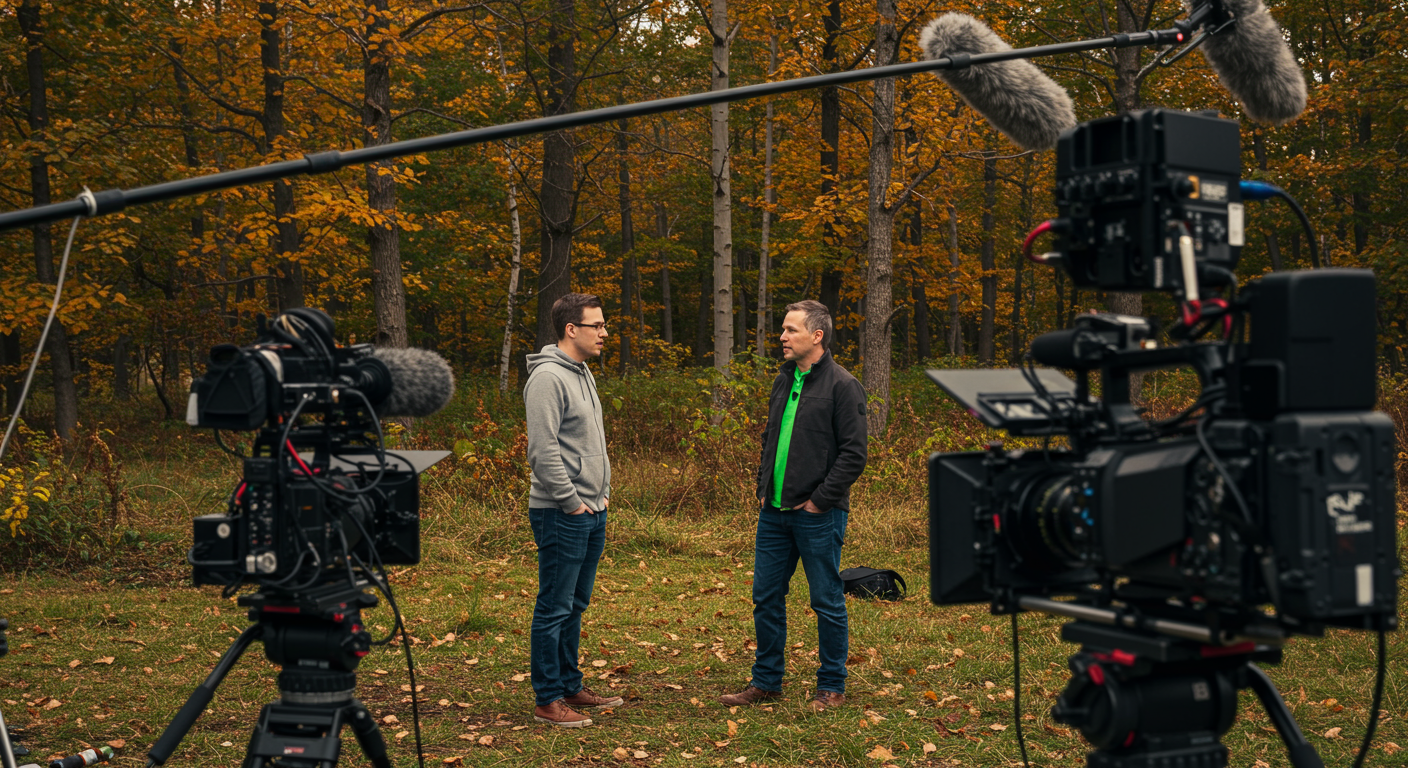
Premier builder, Gary Frakes of Gary Frakes Construction, talks about the new spec houses he’s building after building his first spec house since 2006 with the increasing demand for new construction having previously only focused on pre-solds for the past 14 years
This growth all comes coupled with a national trend of record low inventory—supply—and high demand for housing. Housing inventory—that is, the number of homes for sale on the open market—was already at a low point but the pandemic pushed inventory levels even lower with some homeowners reluctant to move during a pandemic. The supply and demand economics became further strained when both supply and demand levels moved in opposite direction from another. This caused prices to further increase. With low interest rates, sales have continued despite the opposing supply and demand economics.
"Price rarely go back down"
A lot politically has changed in the recent month with the expectation of a new national president and potentially different leadership in this country going into 2021. But don’t expect big changes. The Fed has forecasted its rates will remain near zero through 2023 and potentially through 2025, according to the November 10, 2020 WSJ, as it continues to monitor inflation rates. And with the rise of construction demand, don’t expect the prices to come down anytime soon—if at all. Even if the trade-war gets a better resolution and becomes more stabilized, prices rarely go back down. The increasing business development and population growth will continue to drive housing demand and there are some exciting new developments occurring in the Iowa City area. It is an exciting time to live in the Iowa City area and it will be exciting to see how these real estate investments shape the local metropolitan beginning with the area’s first professional sports team, a hockey team at the new XTream Arena in Coralville, starting their season in the fall of 2021.
